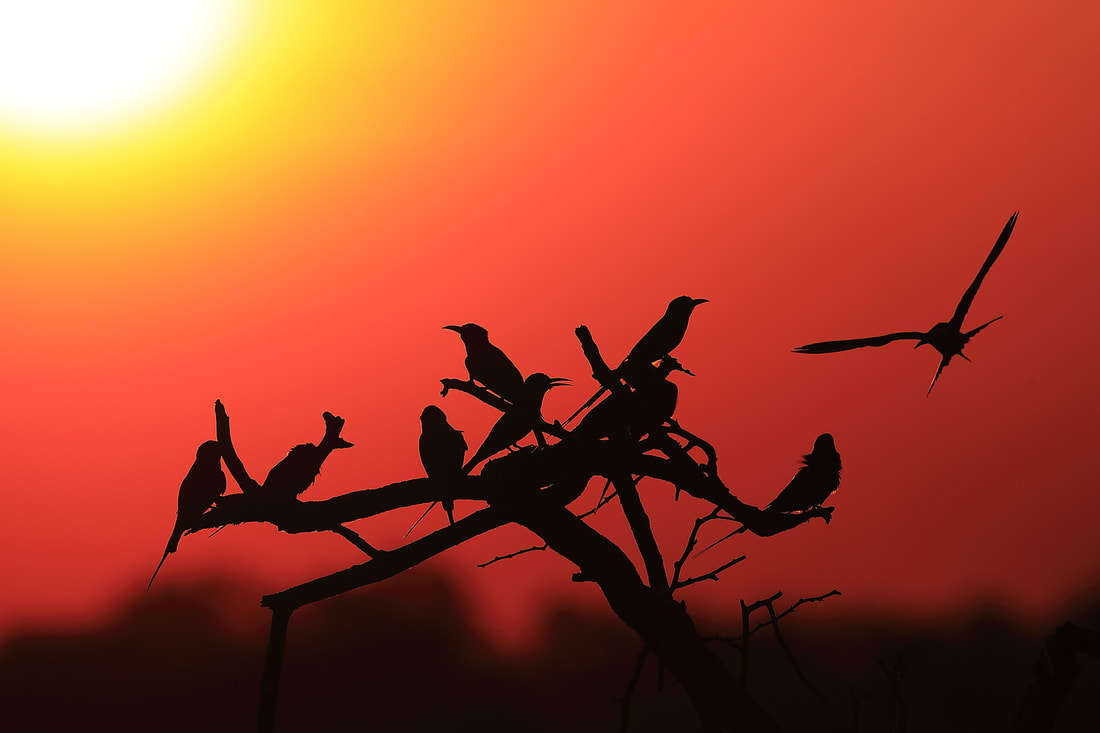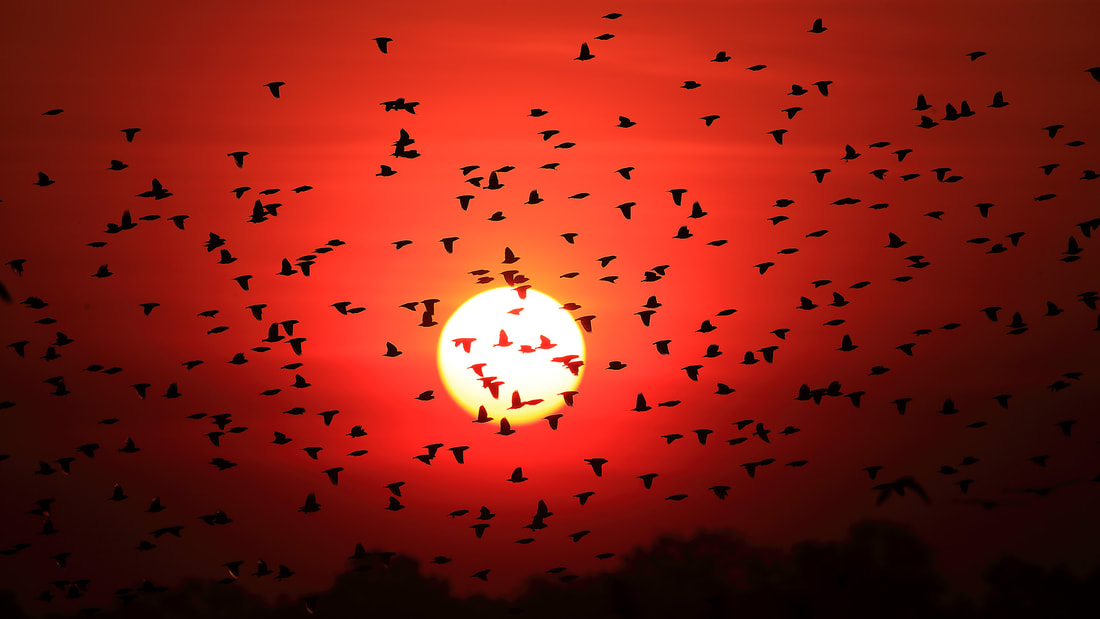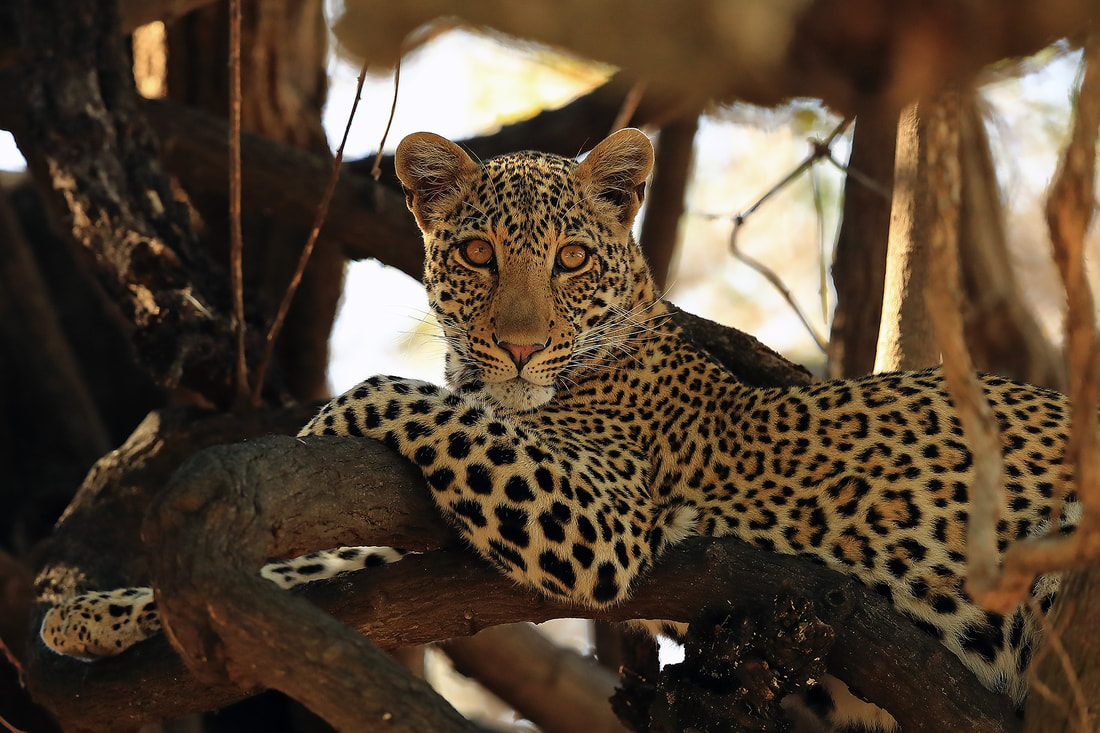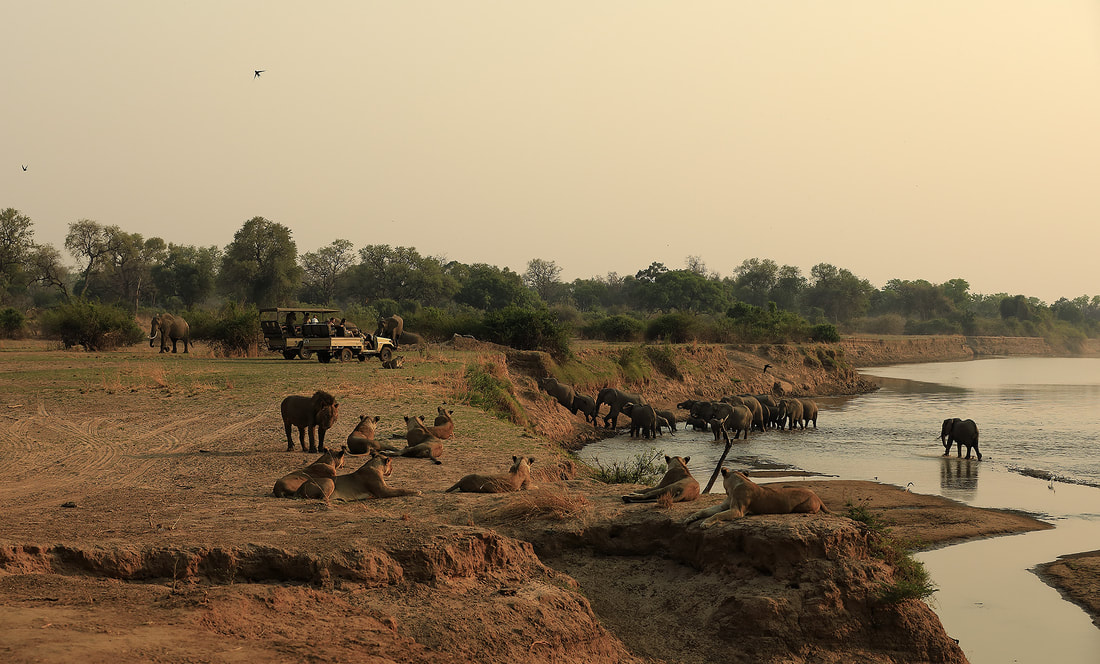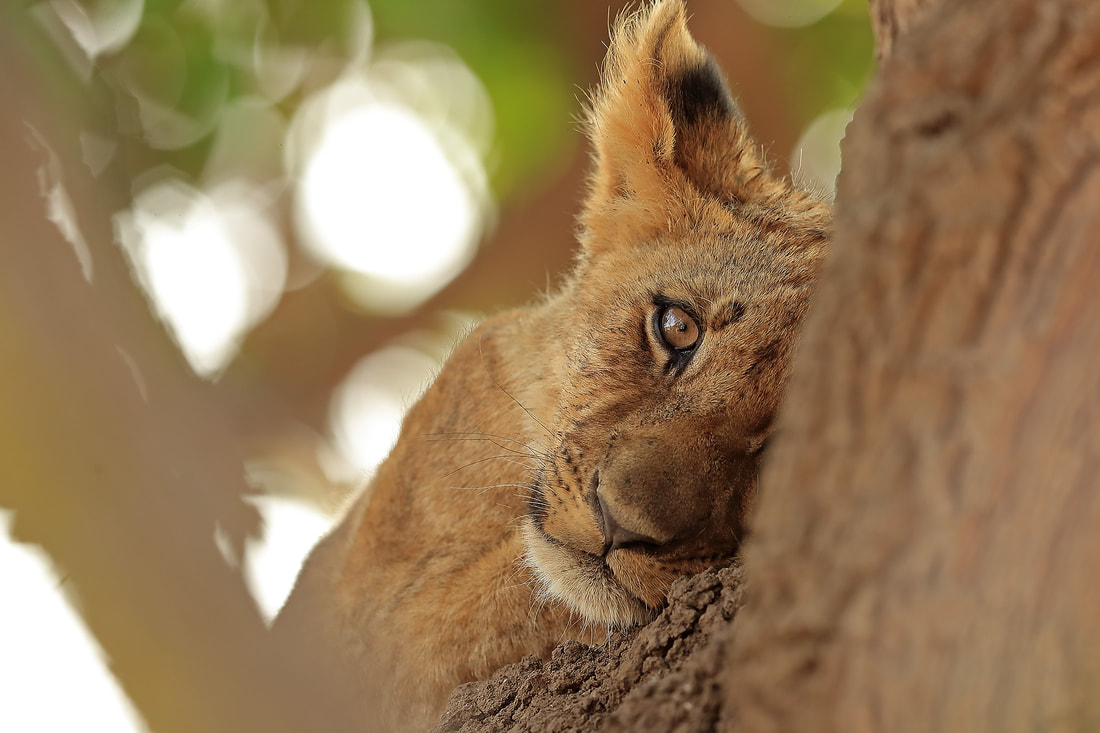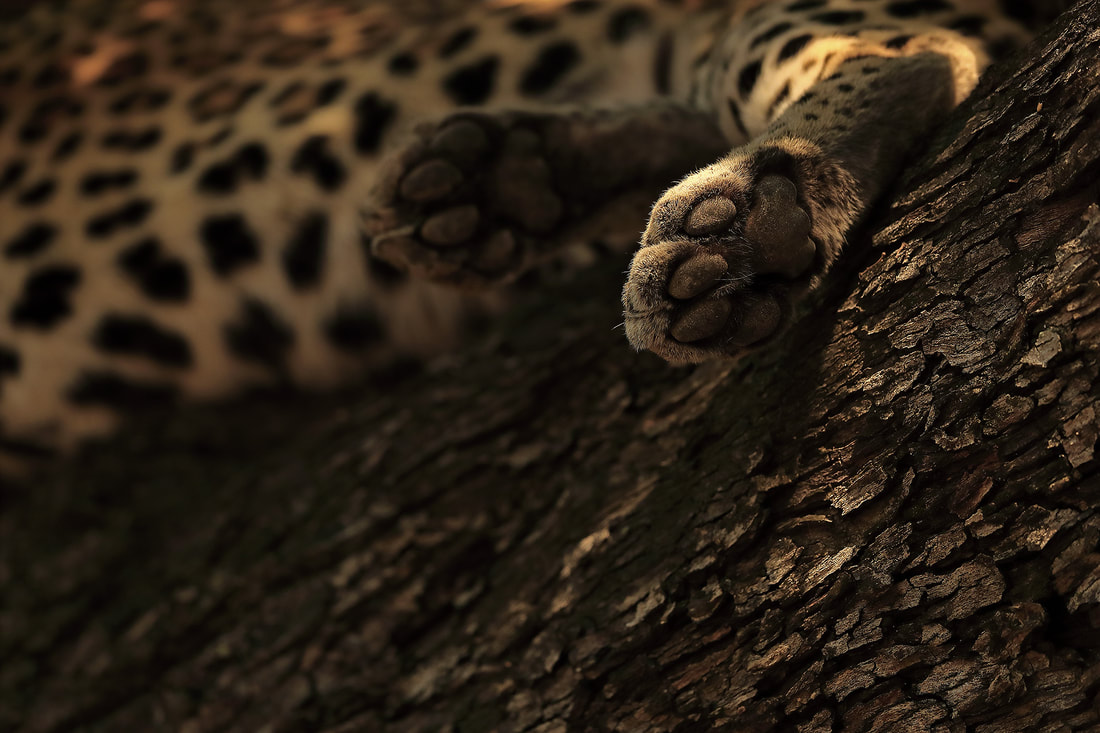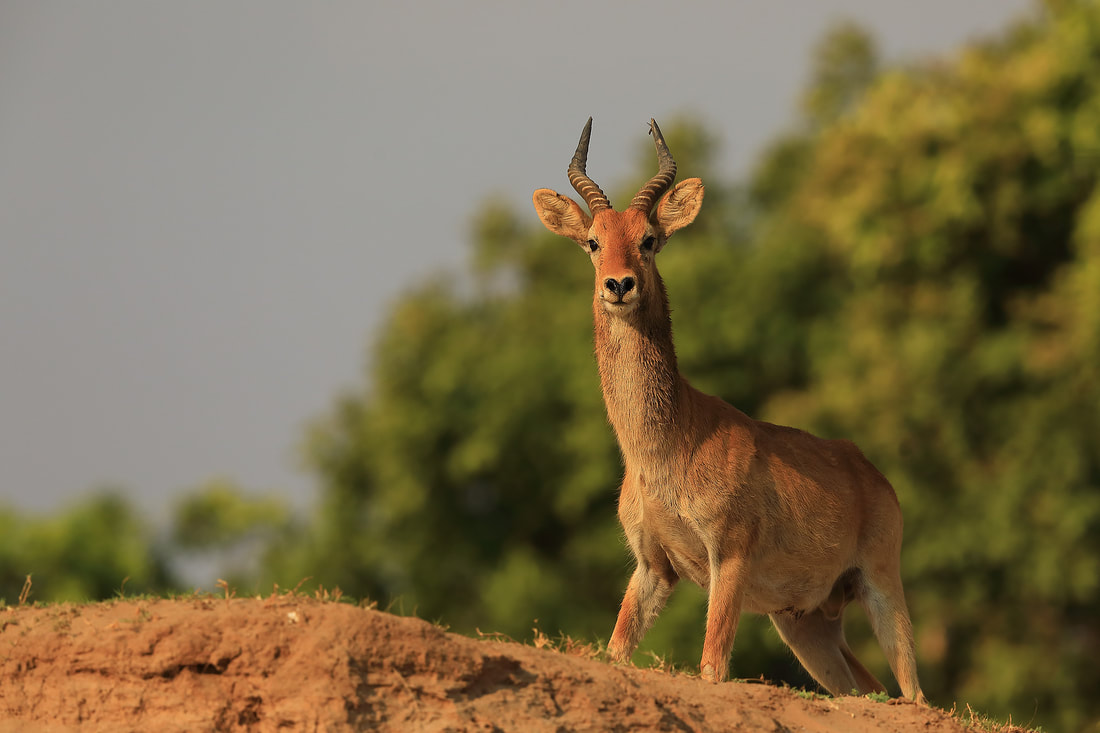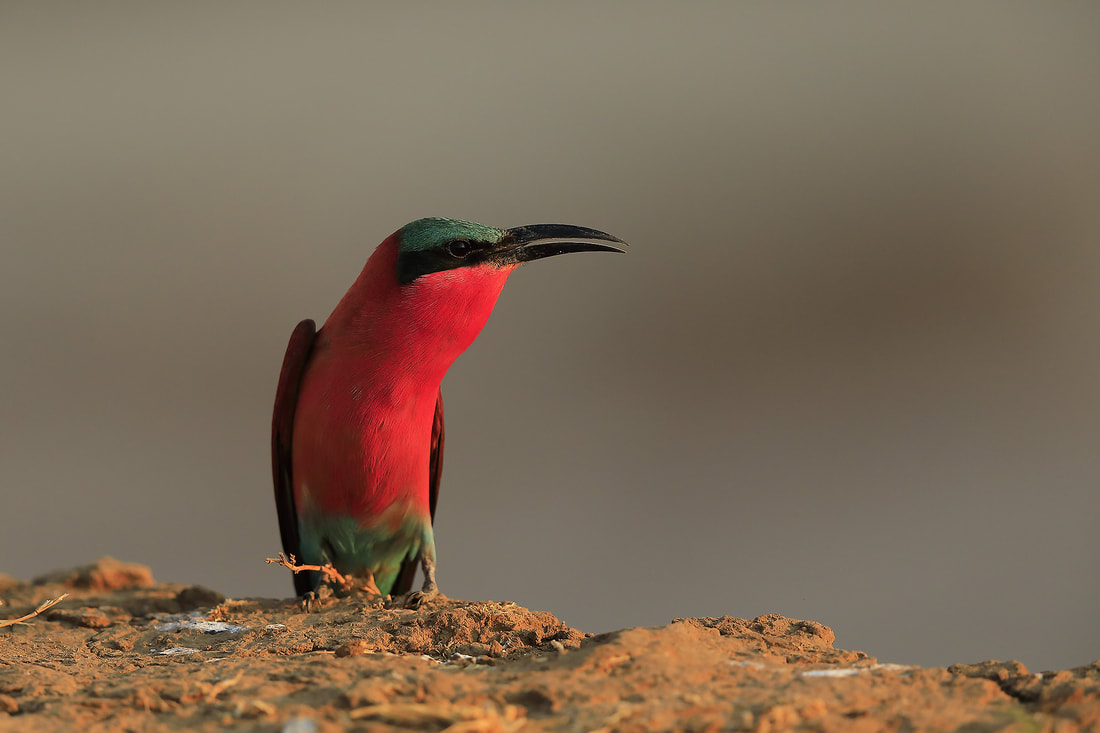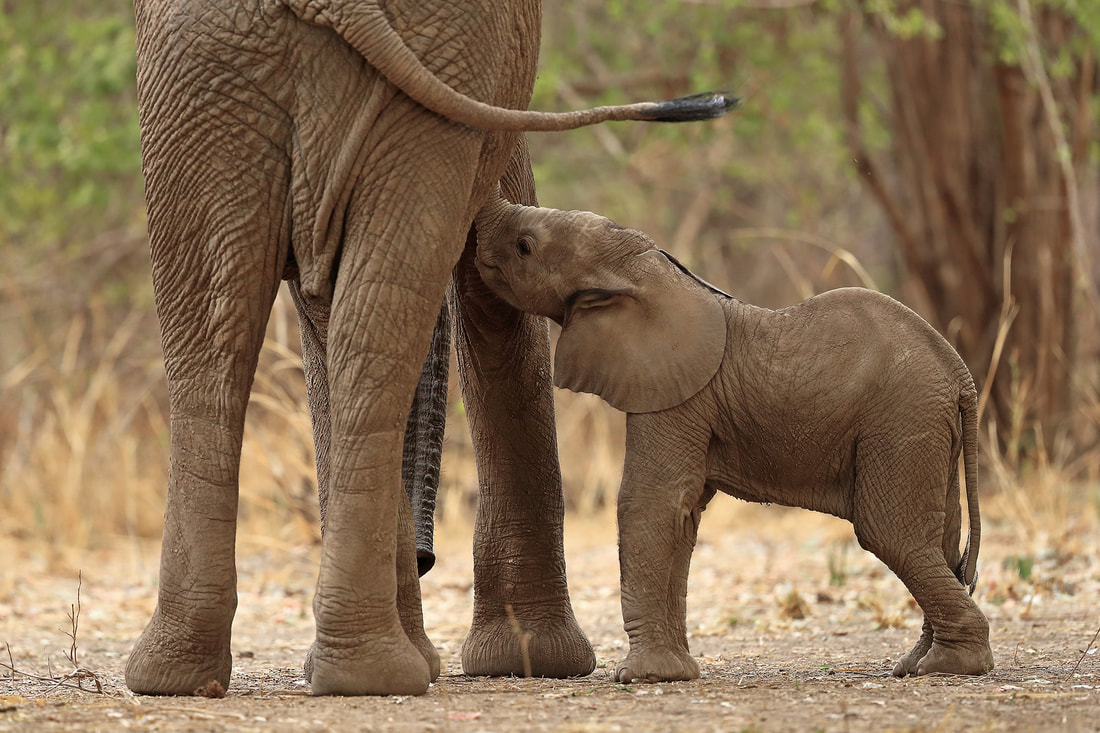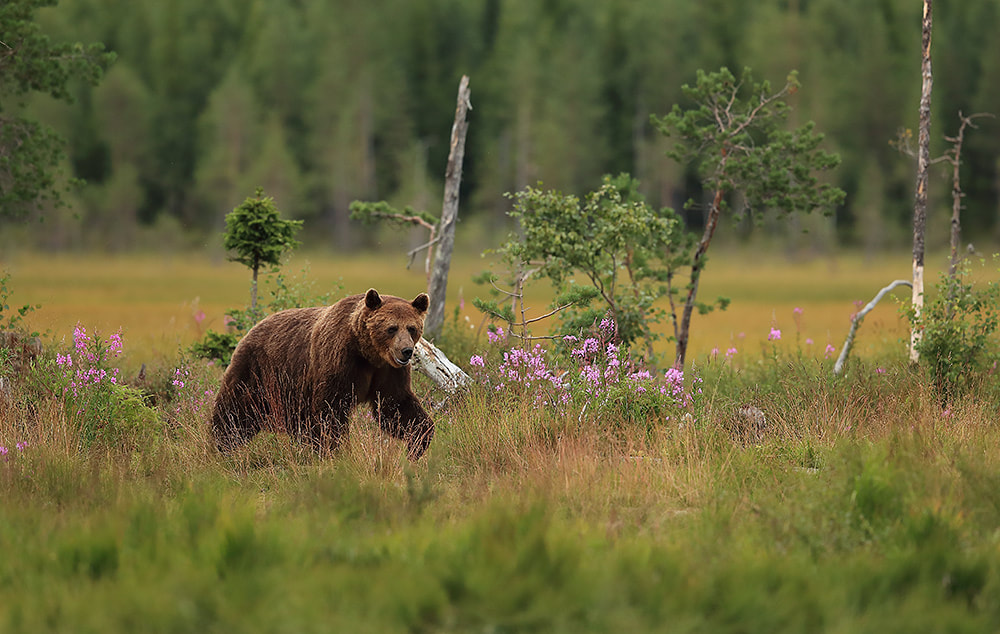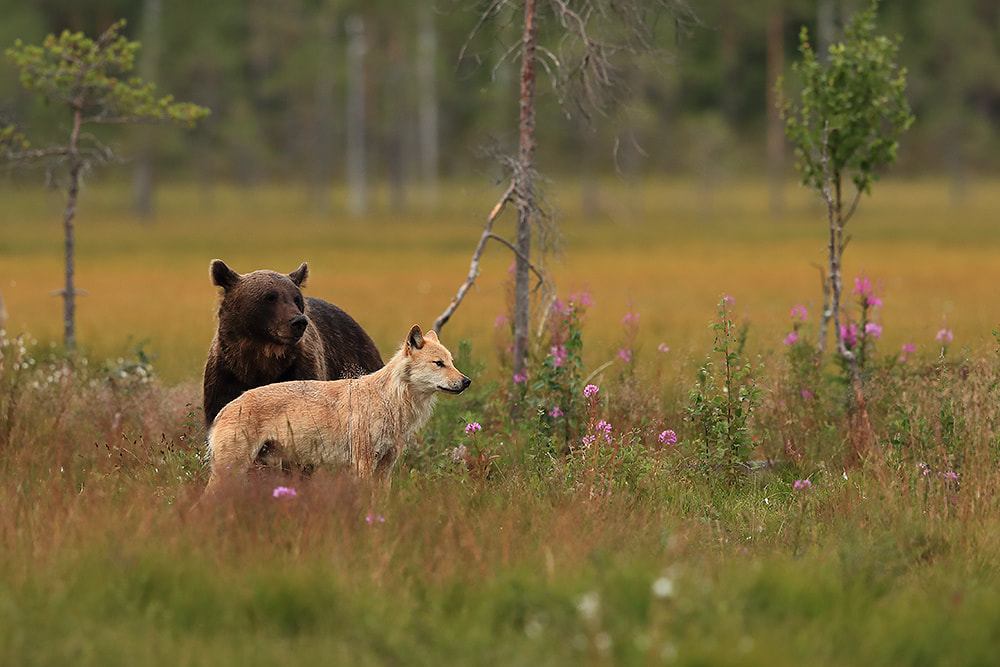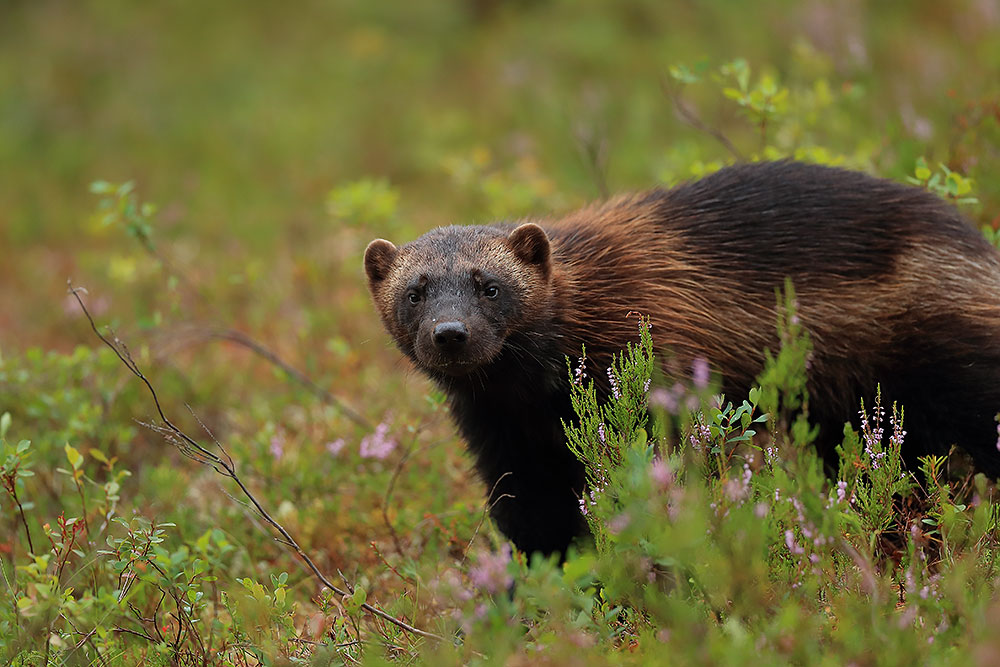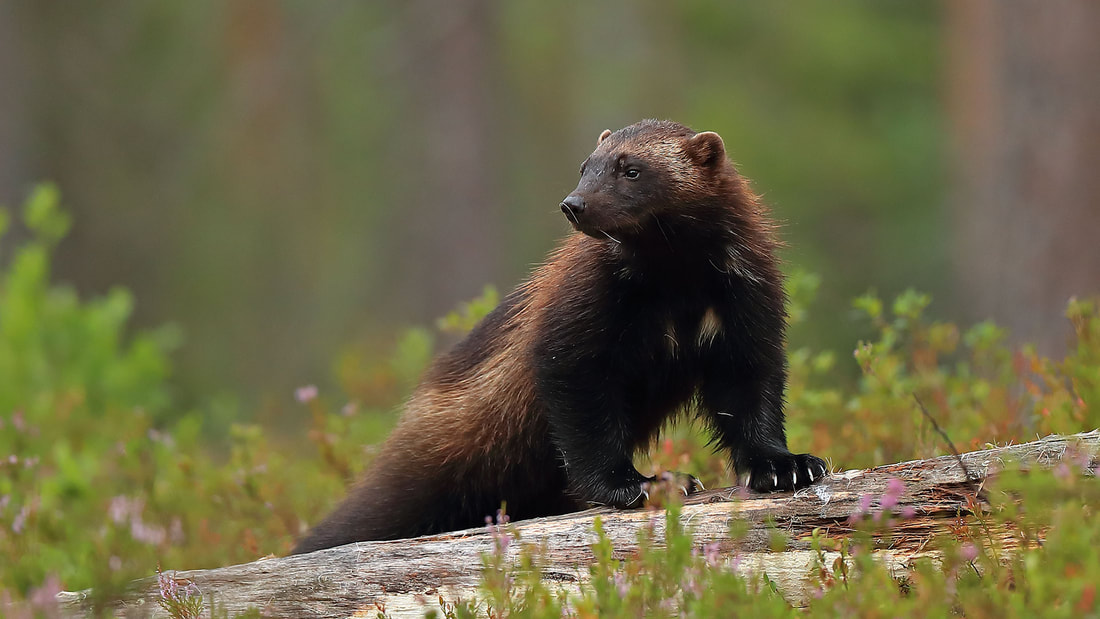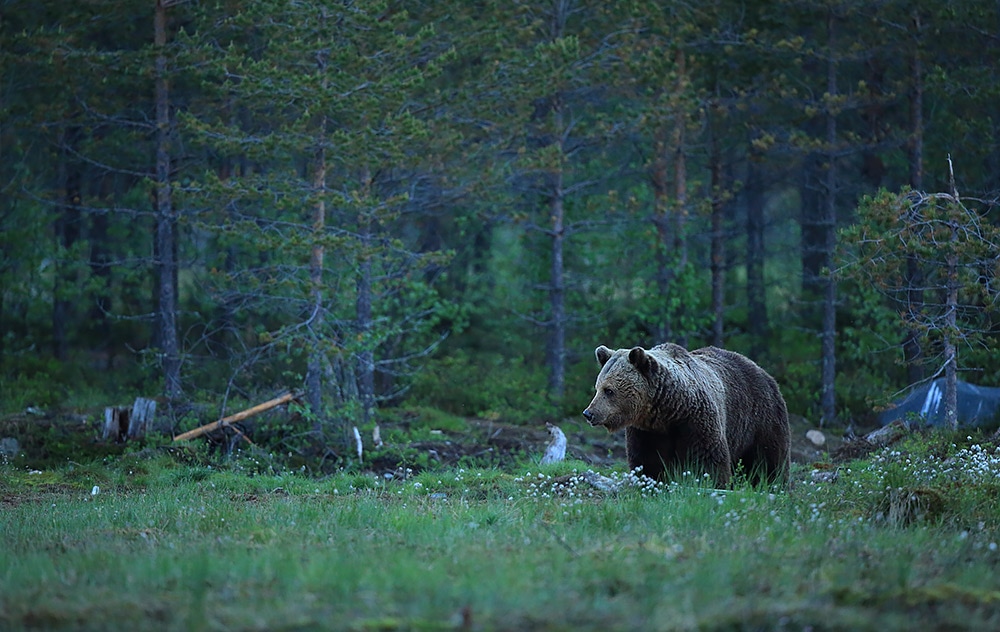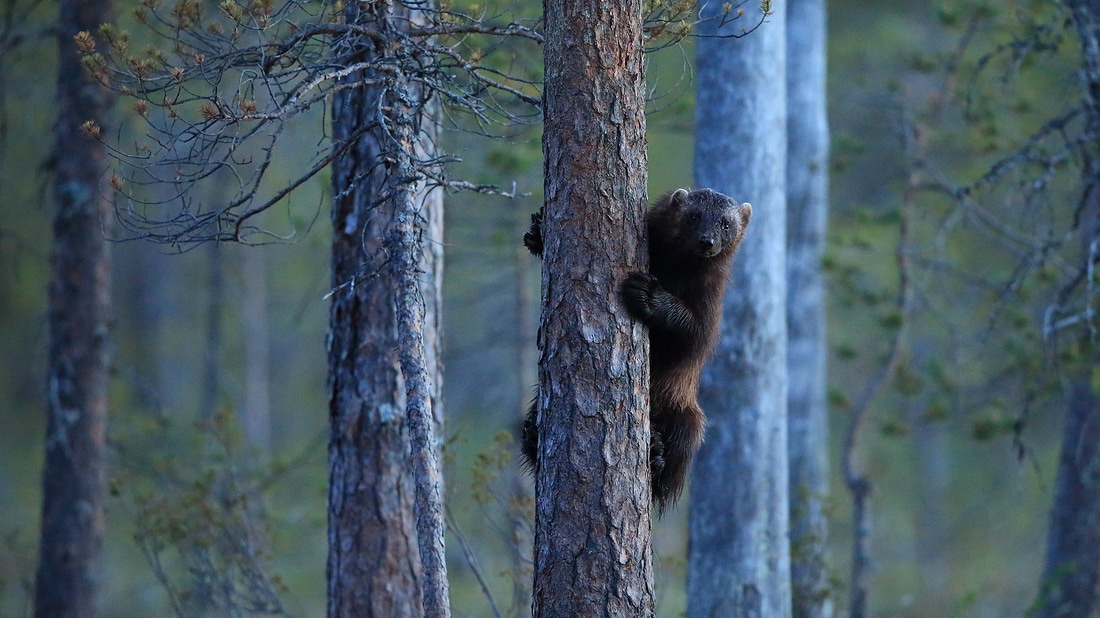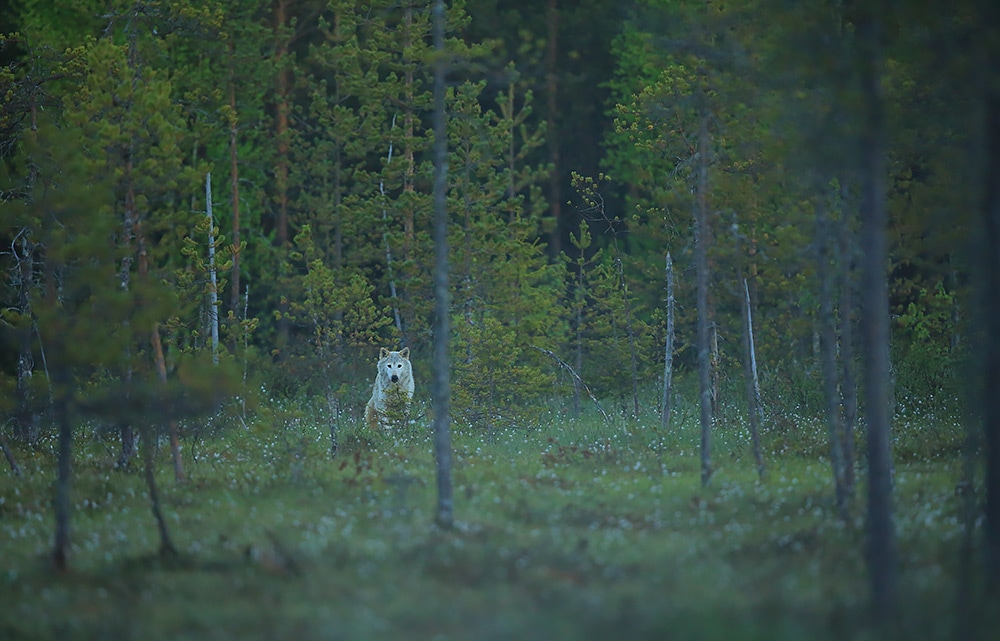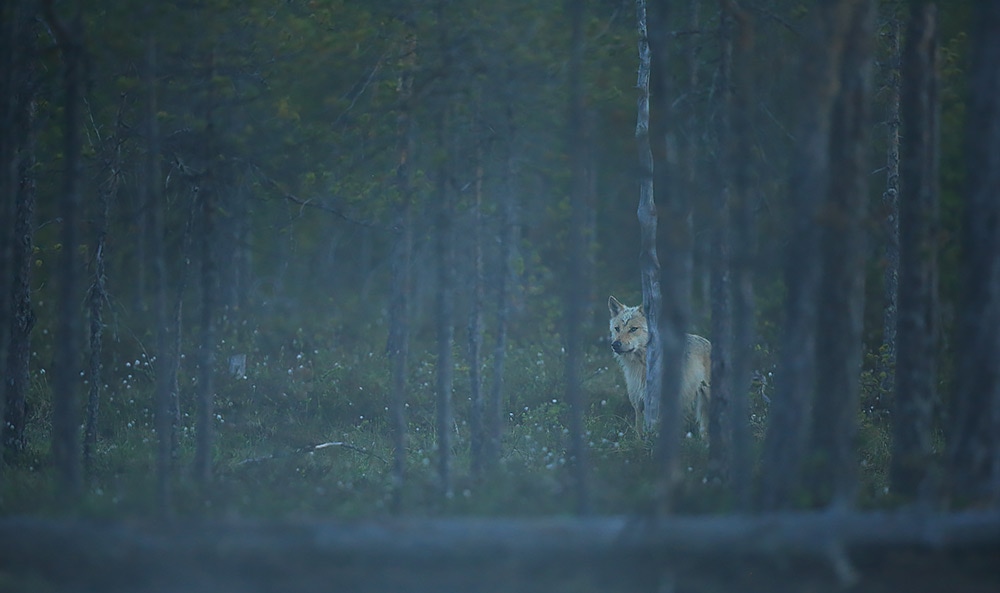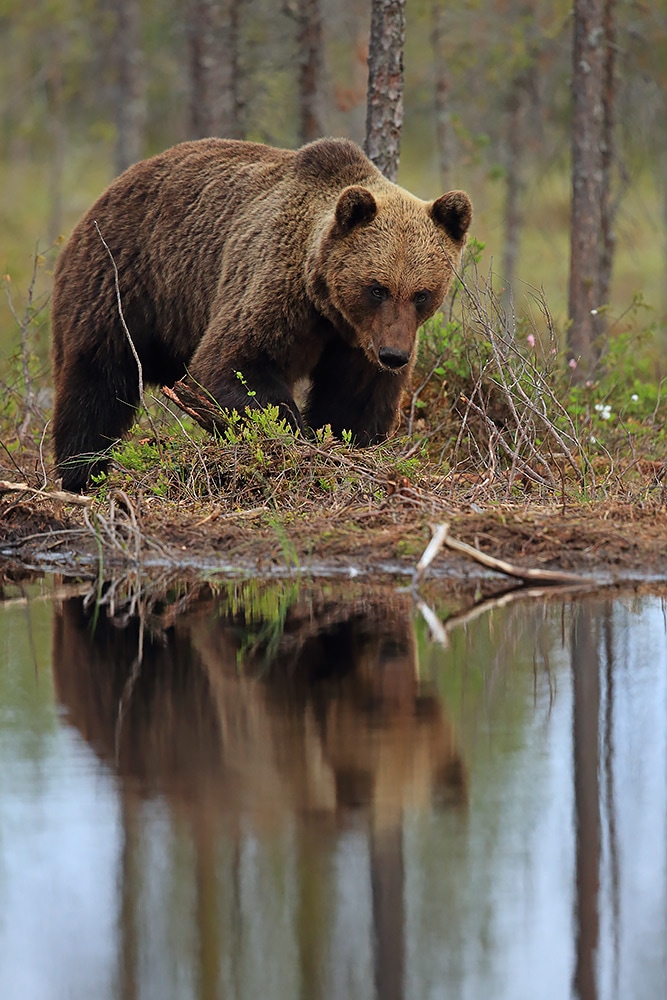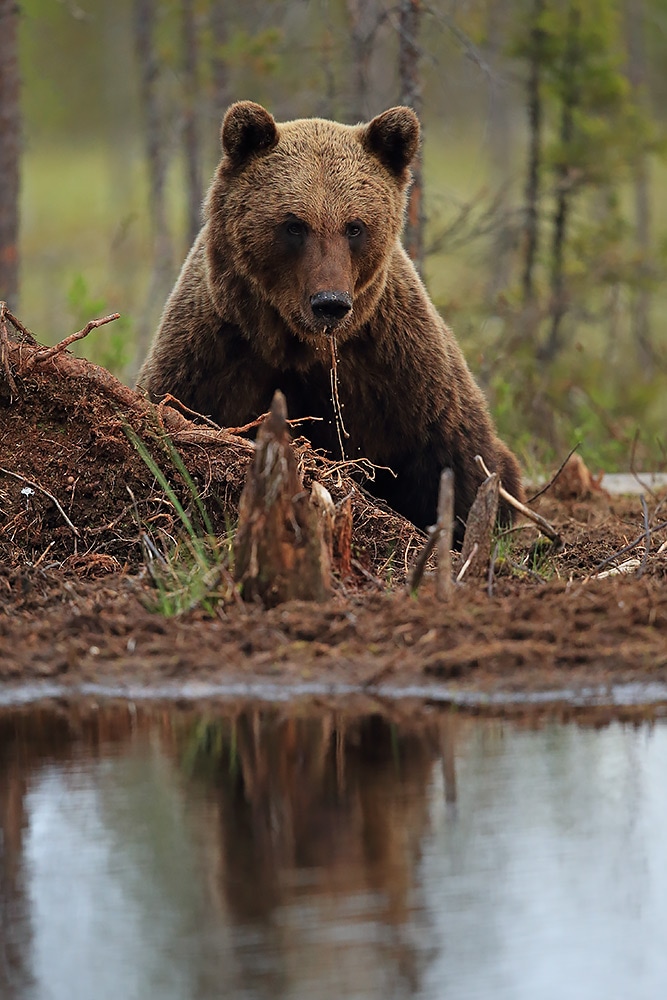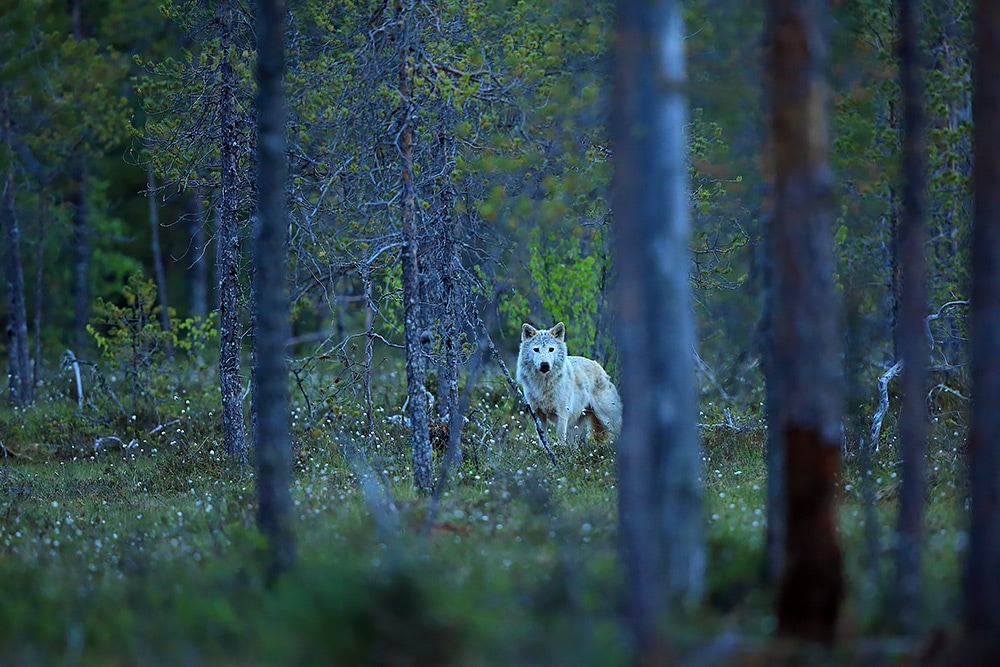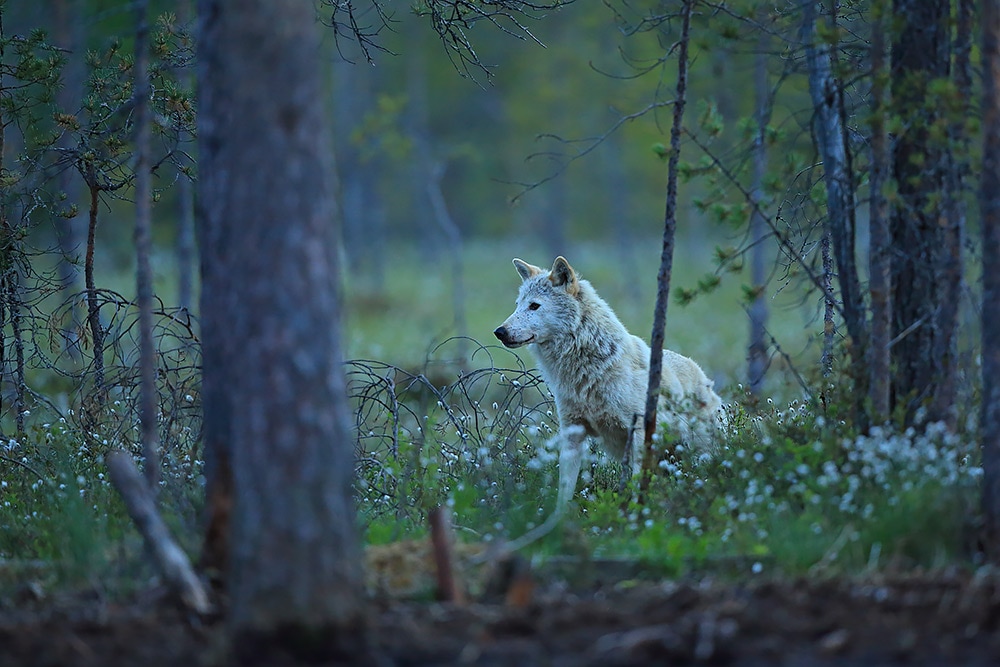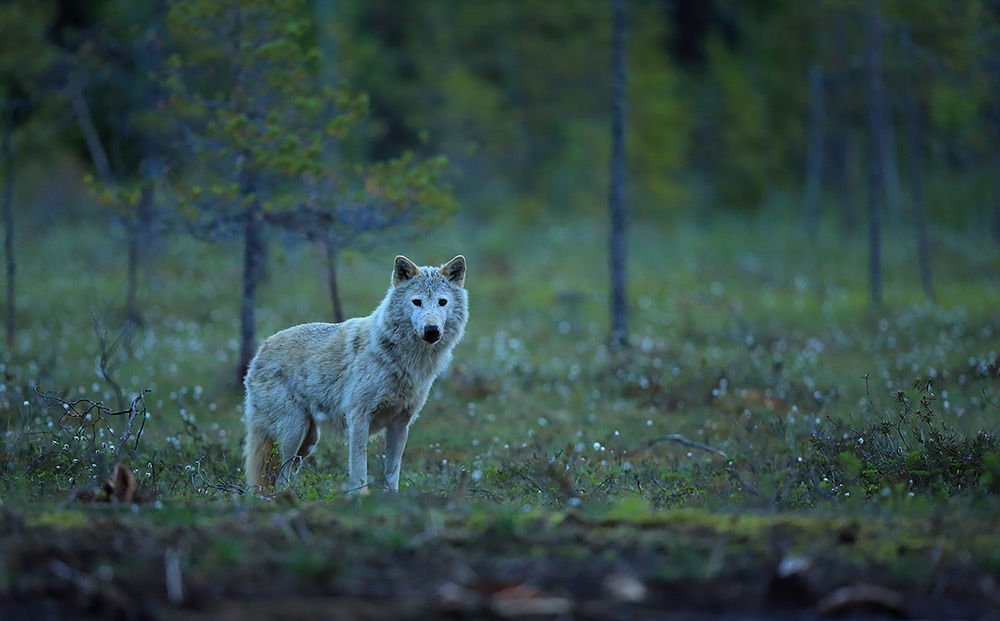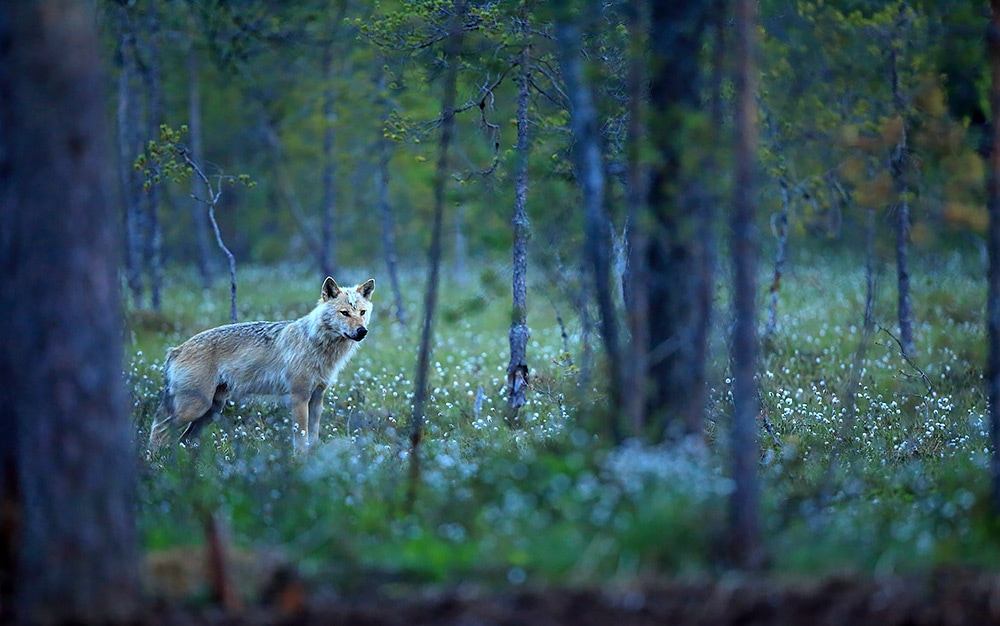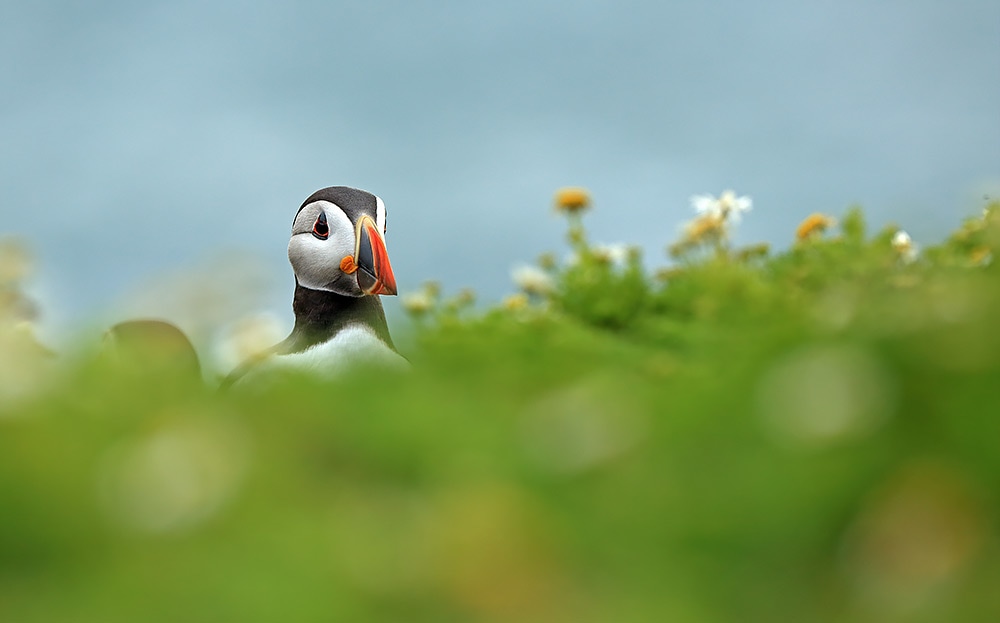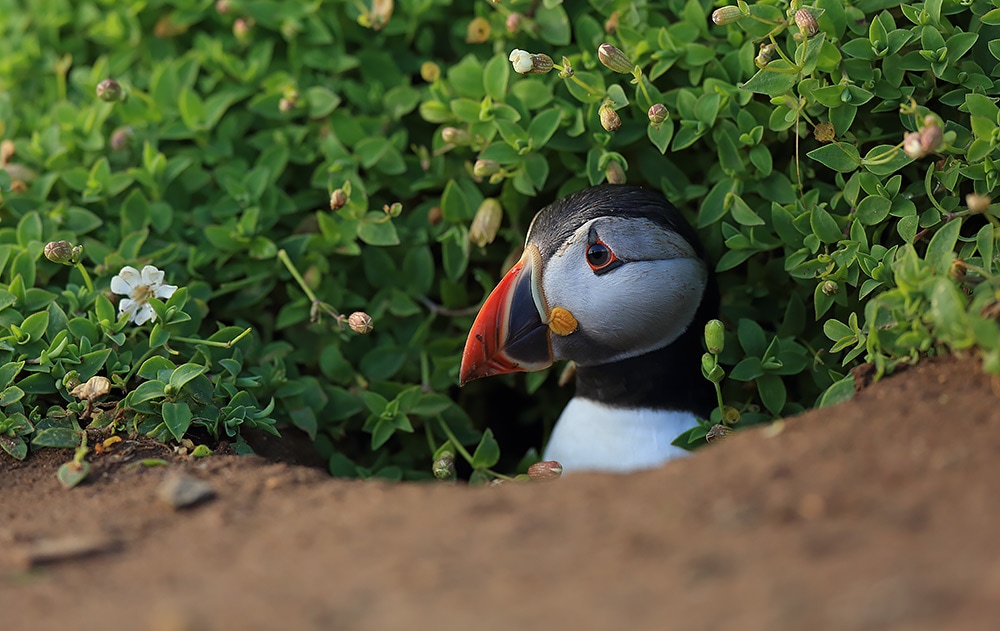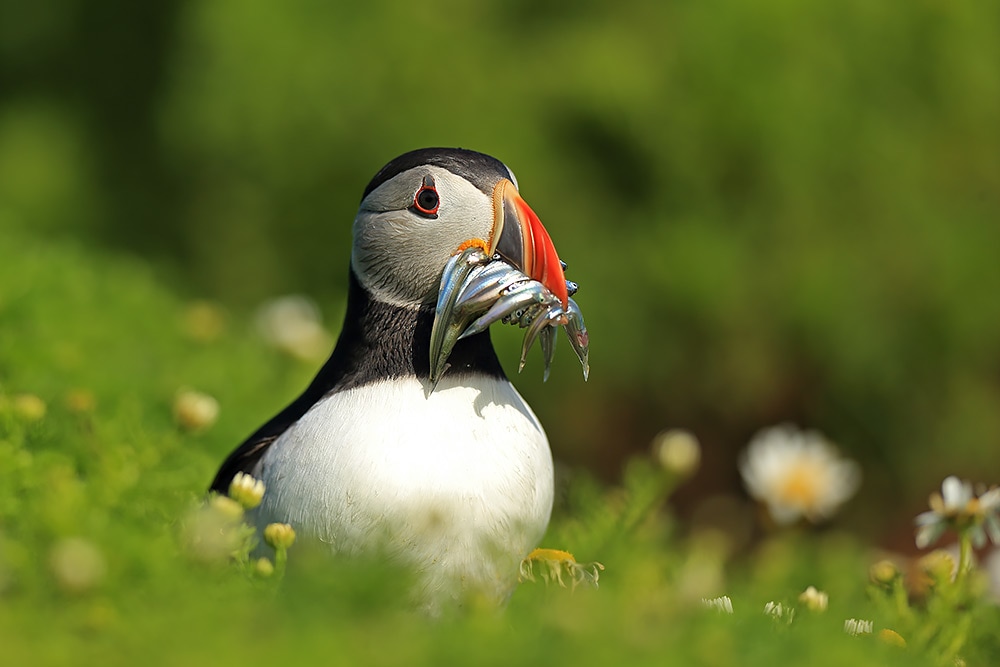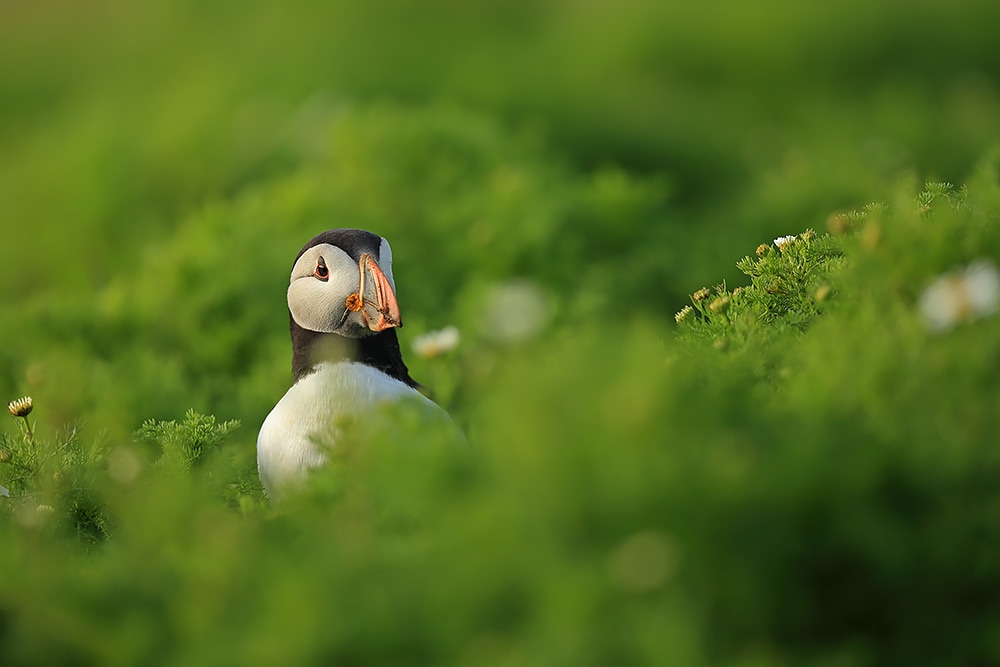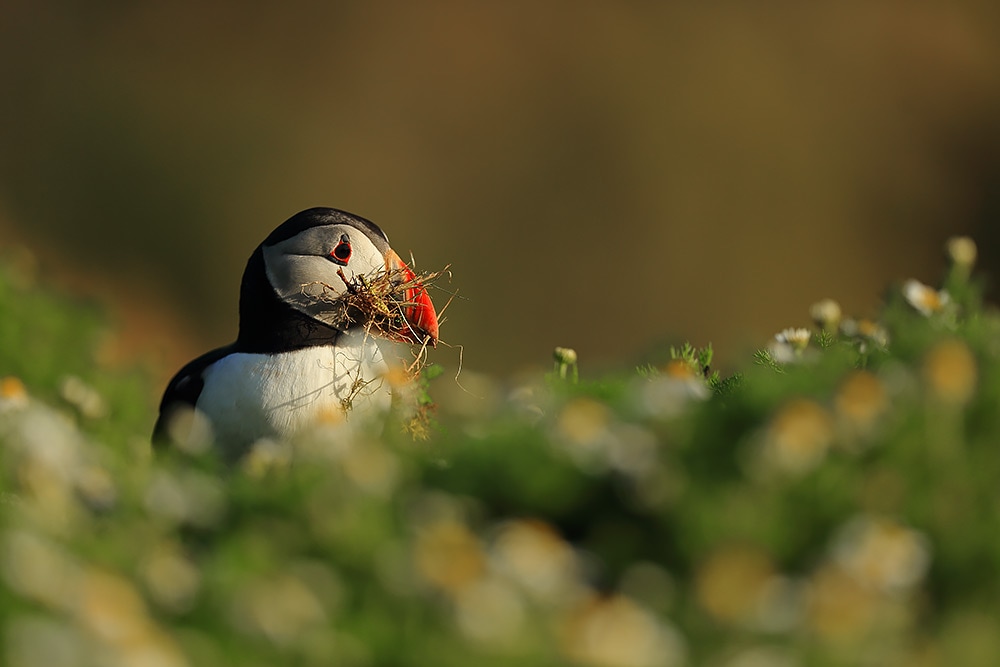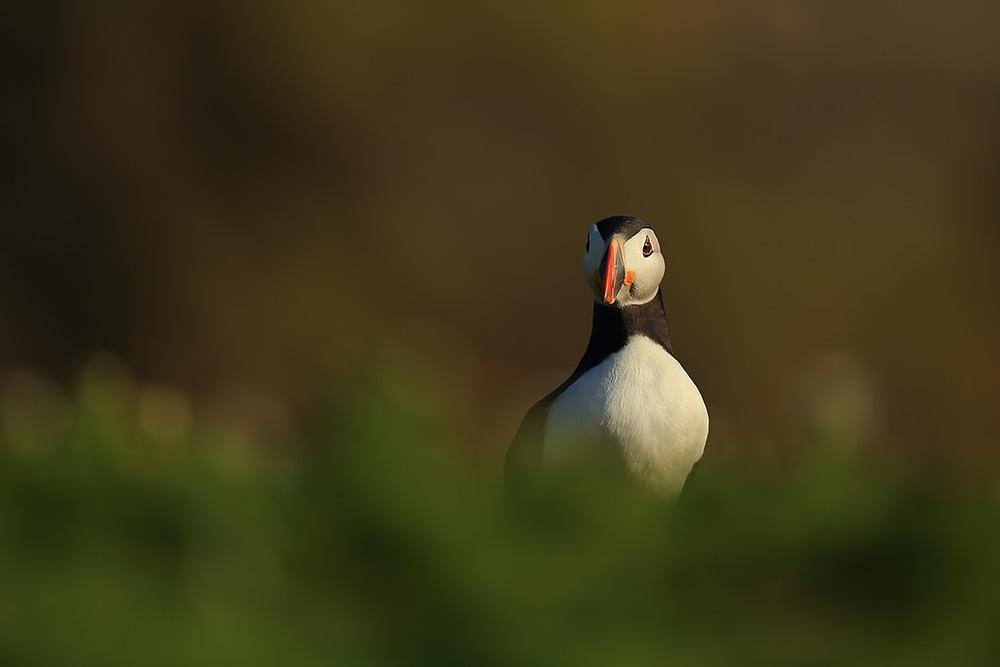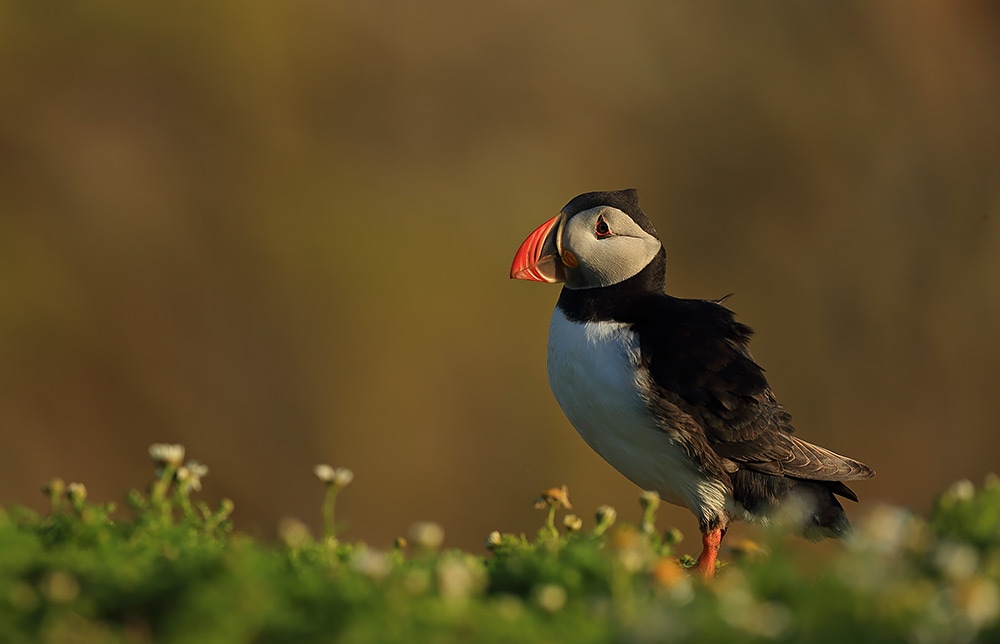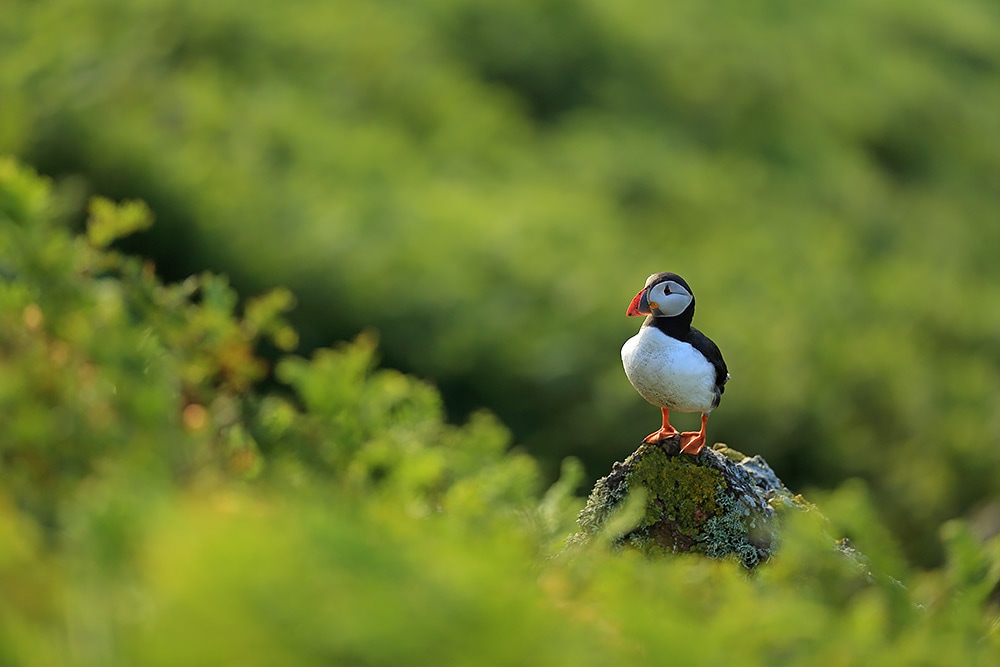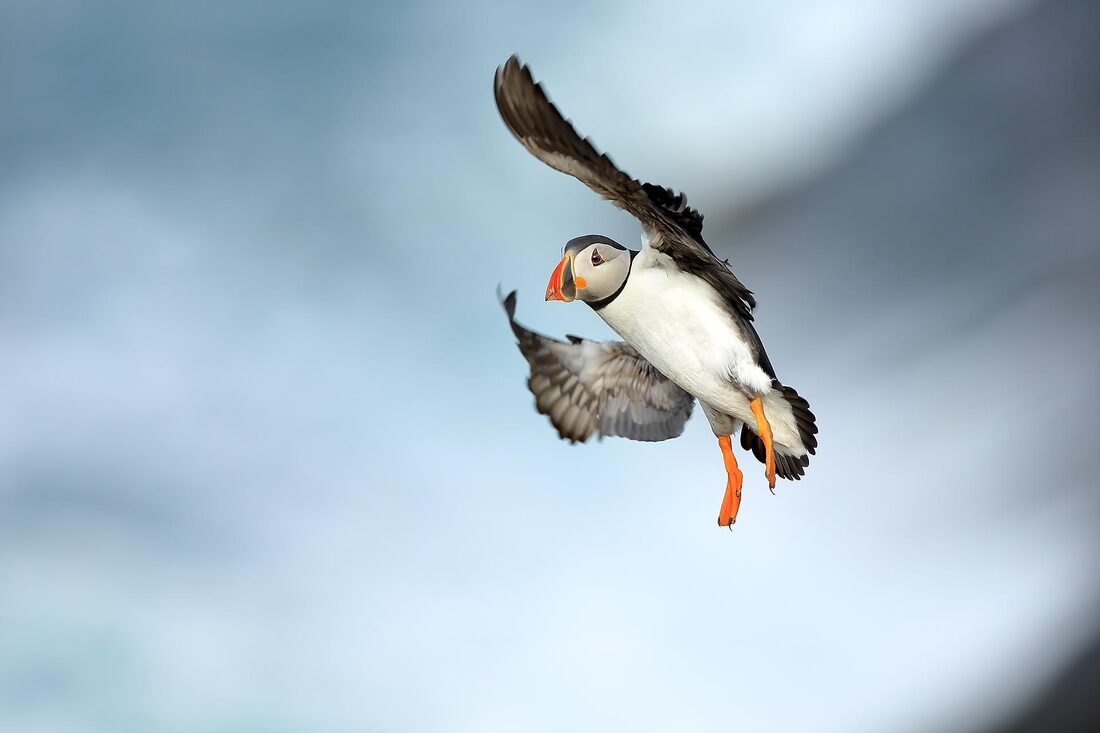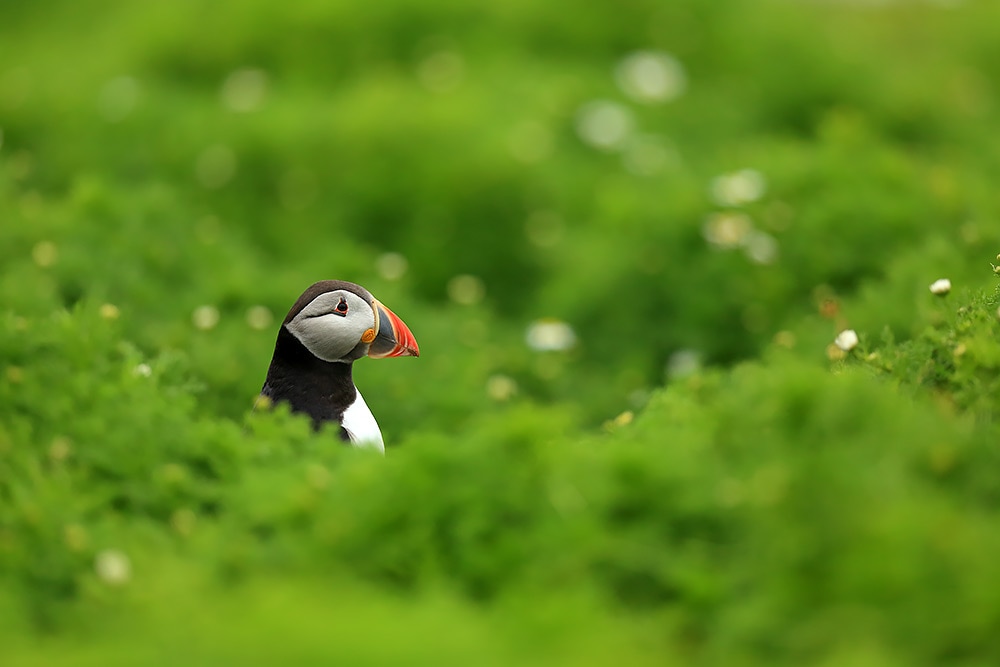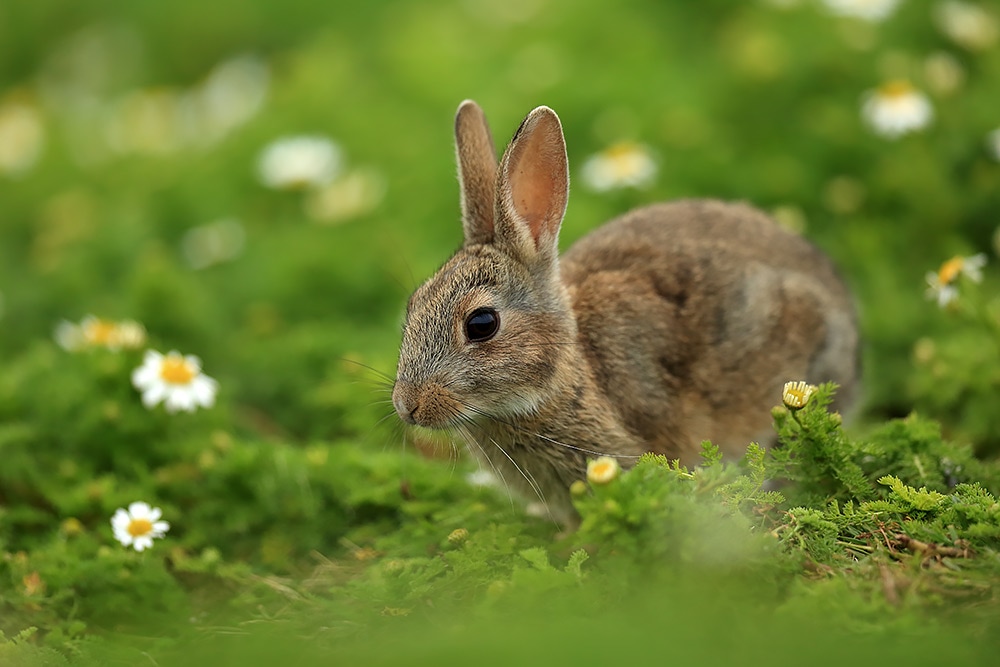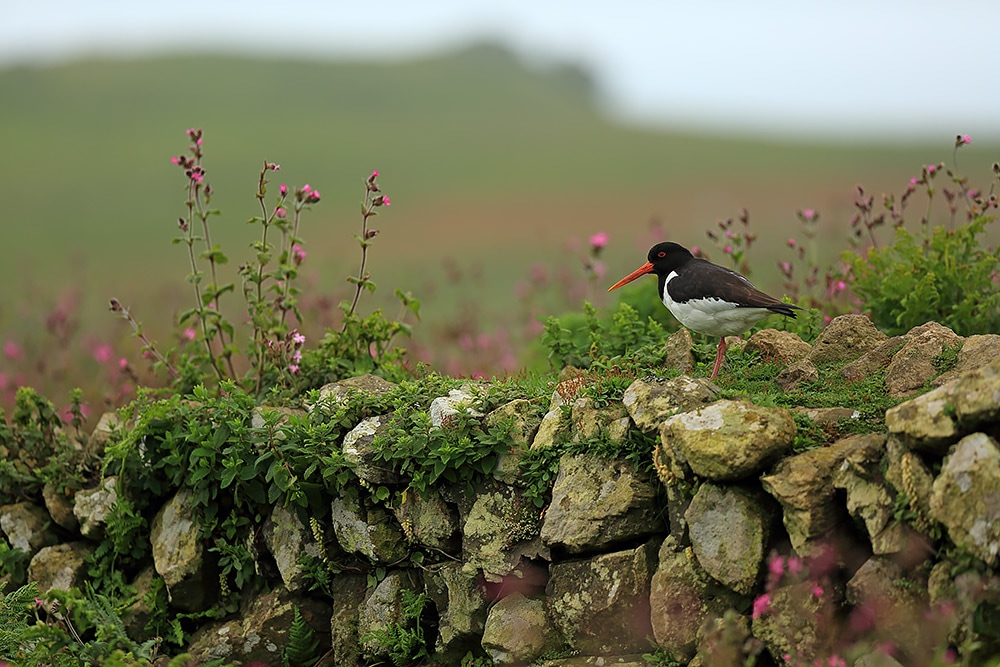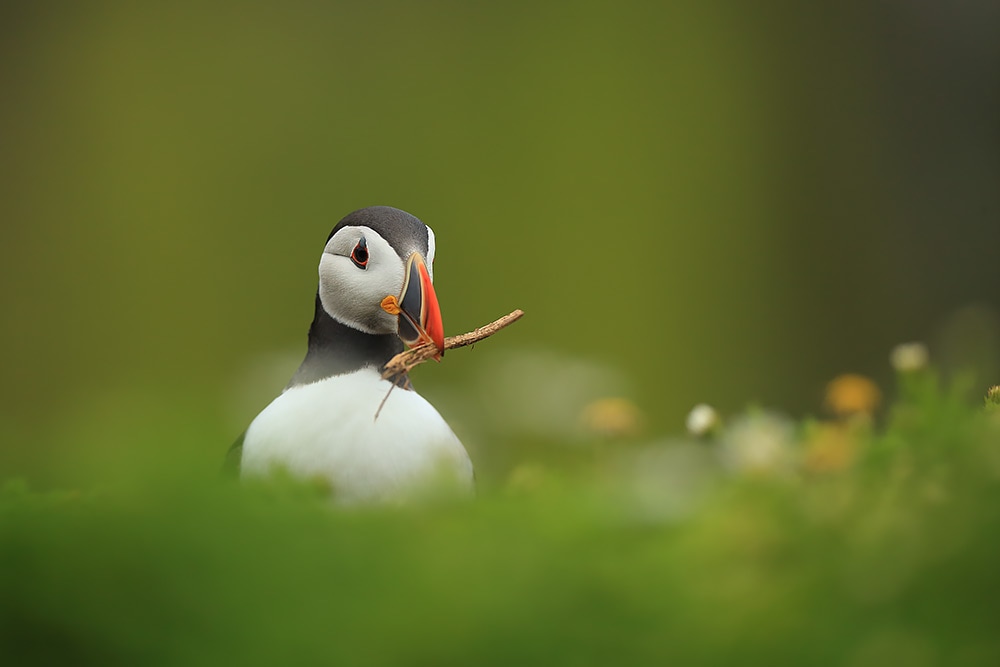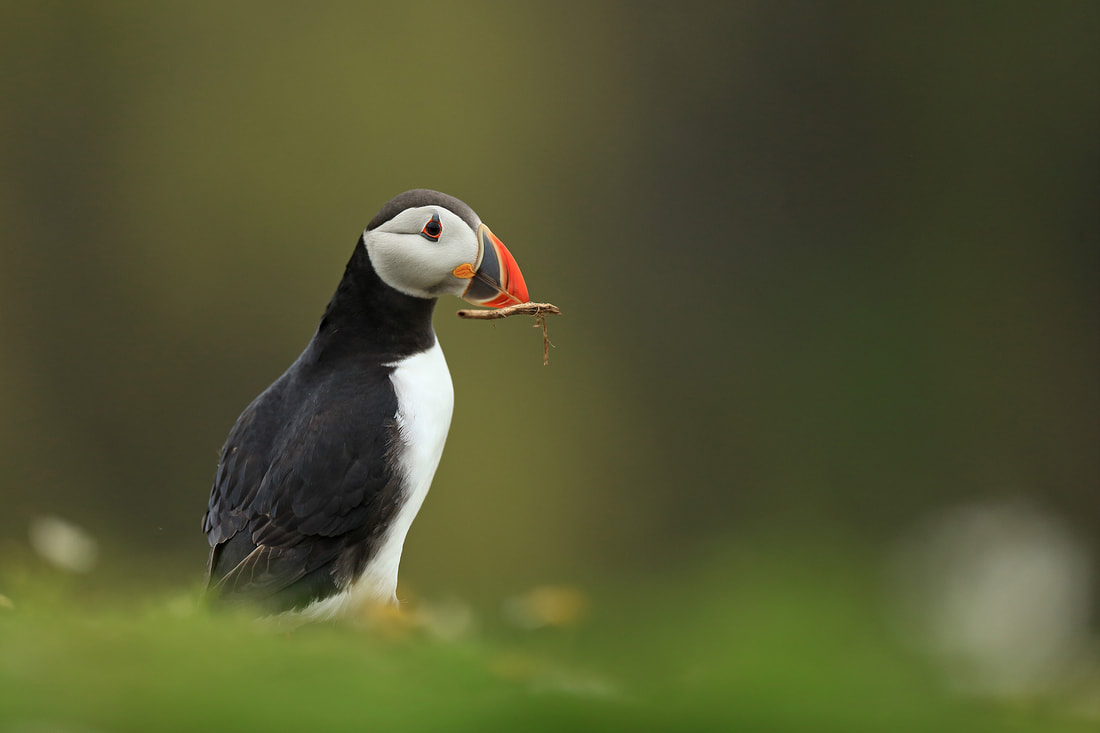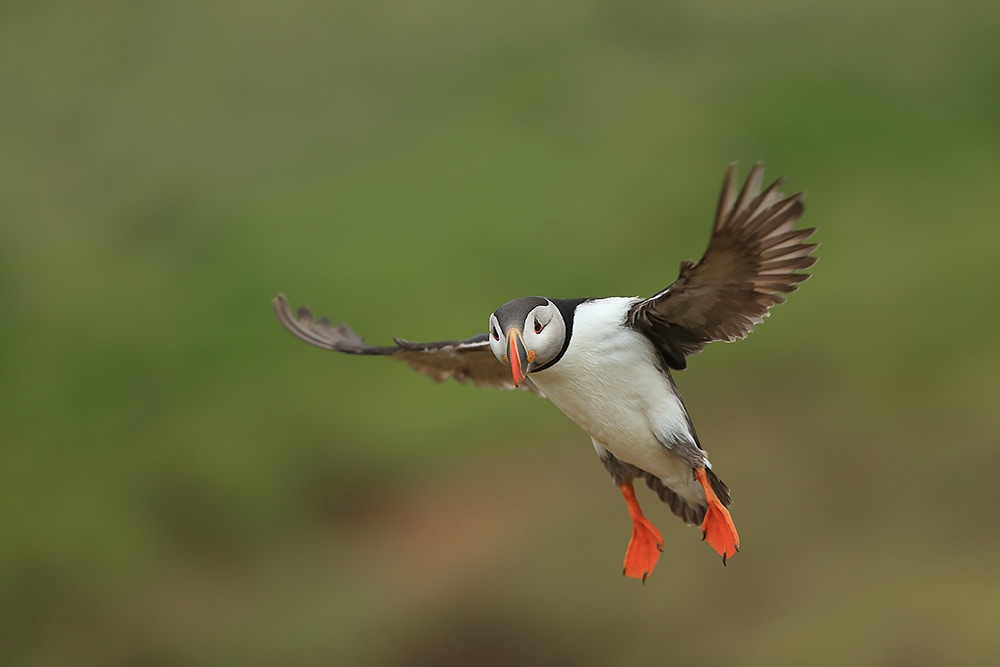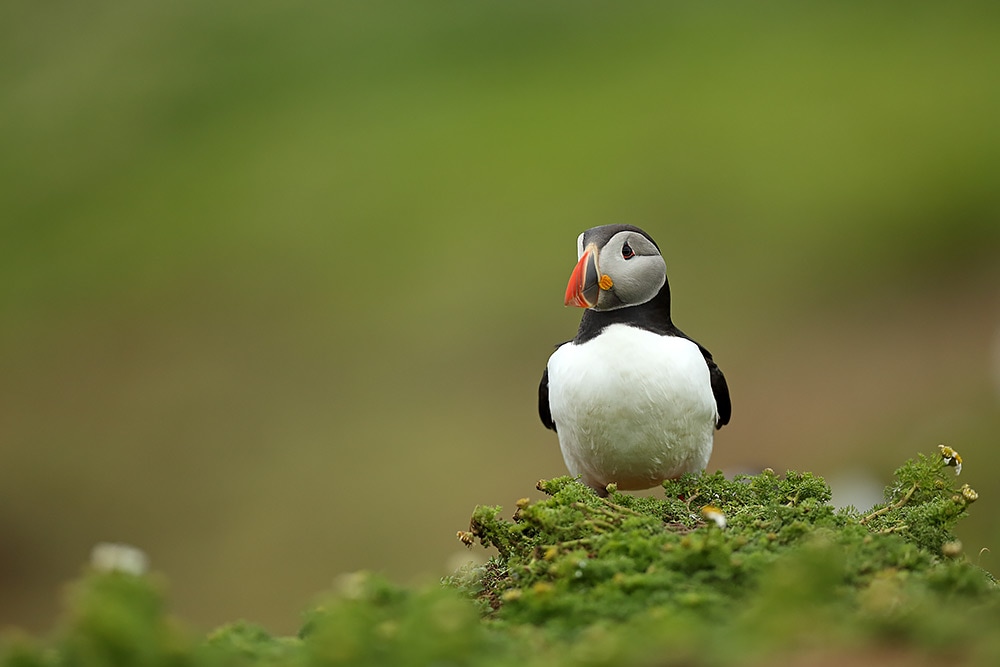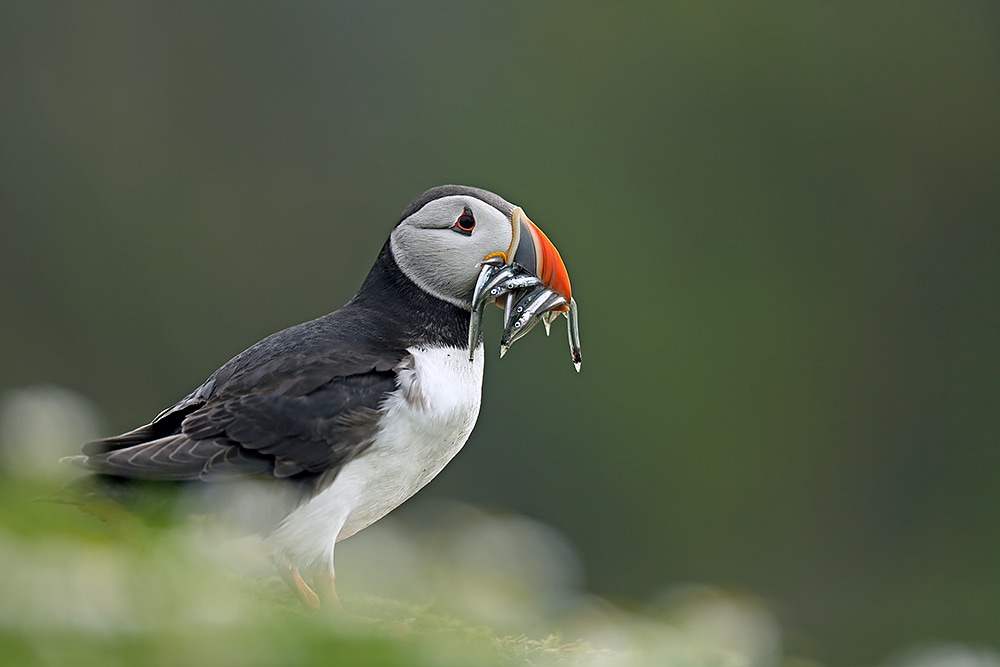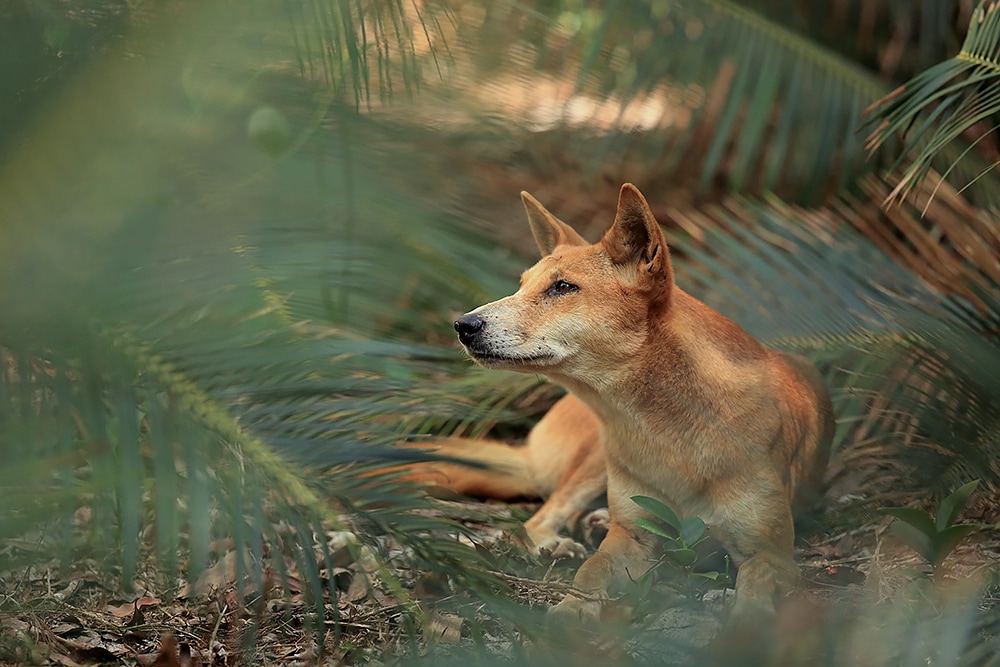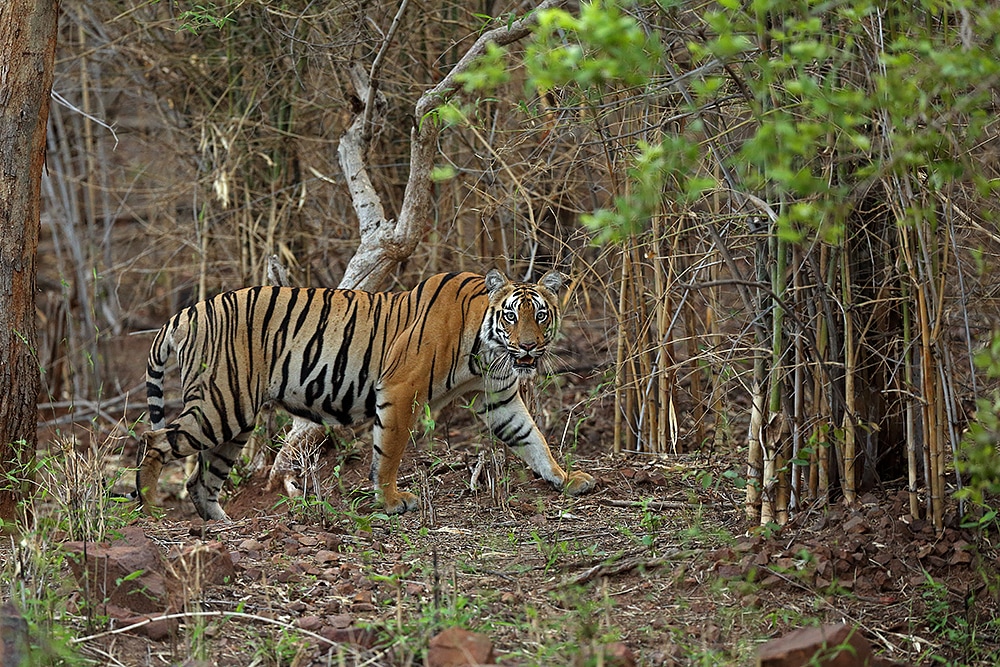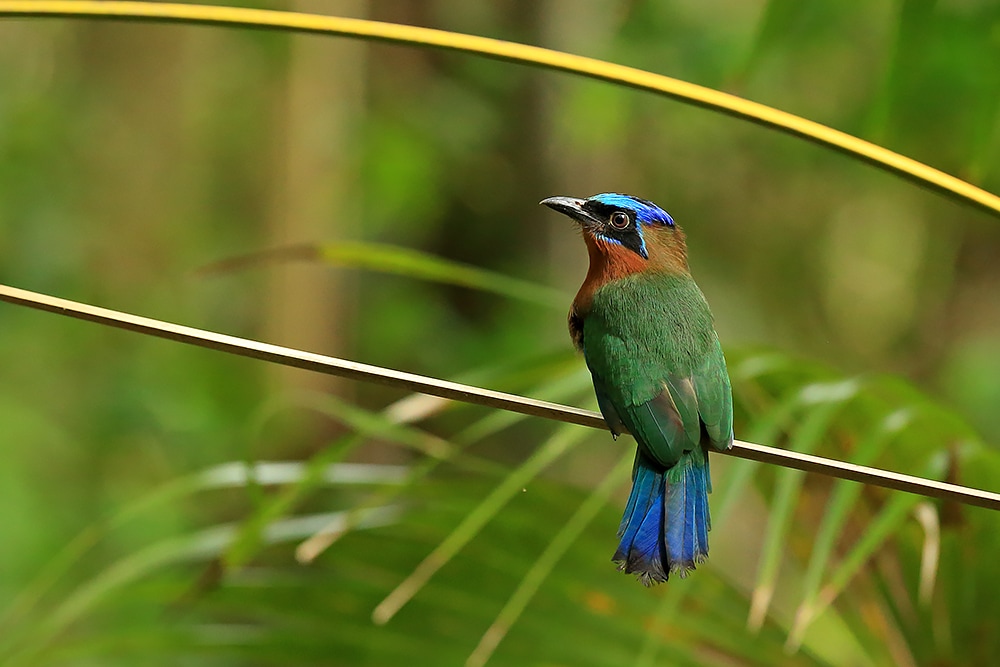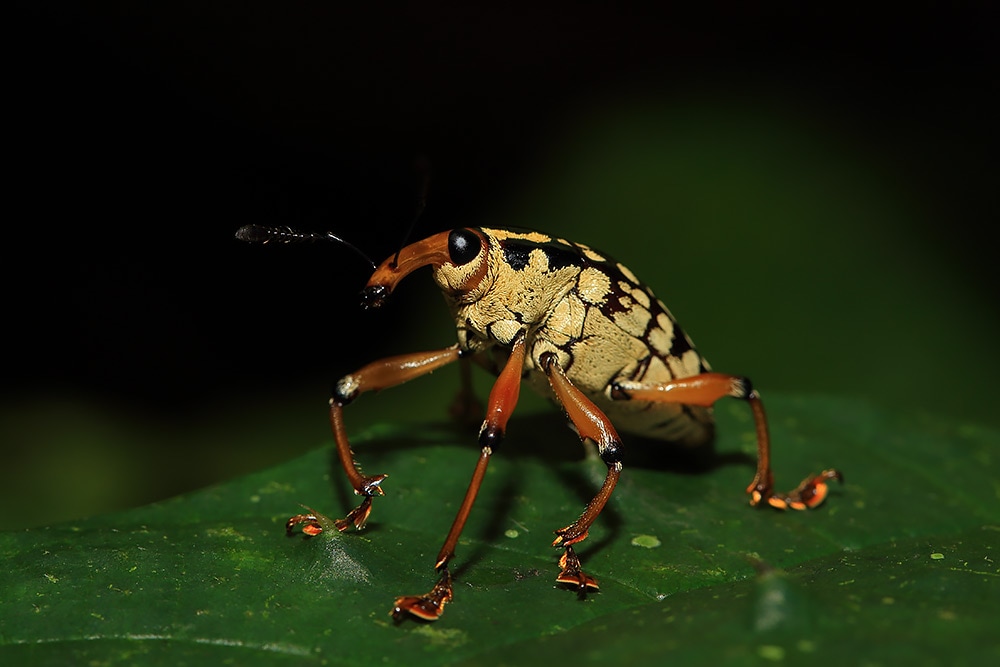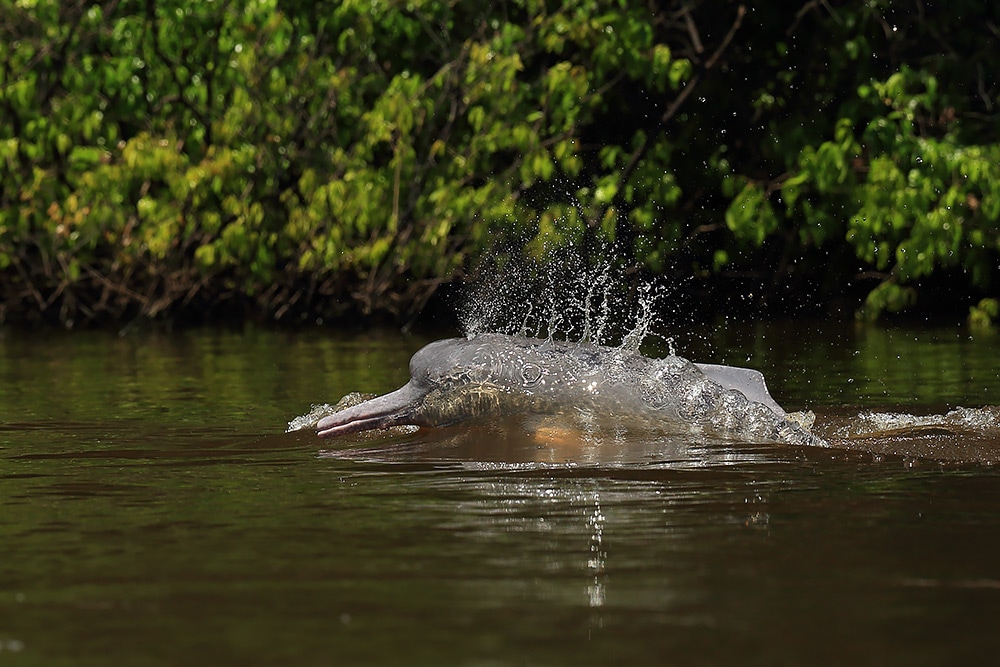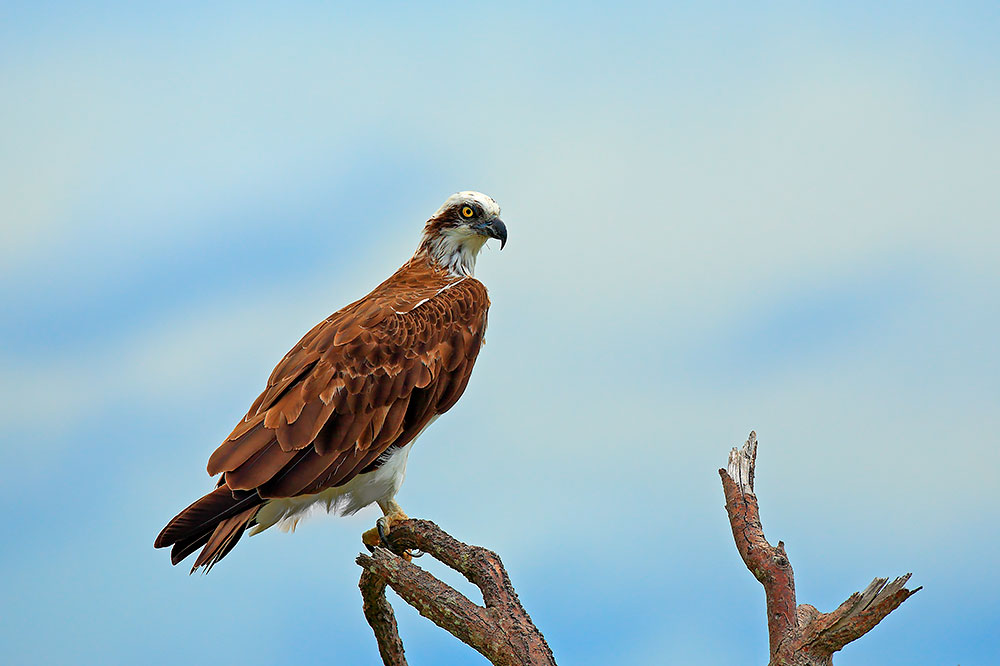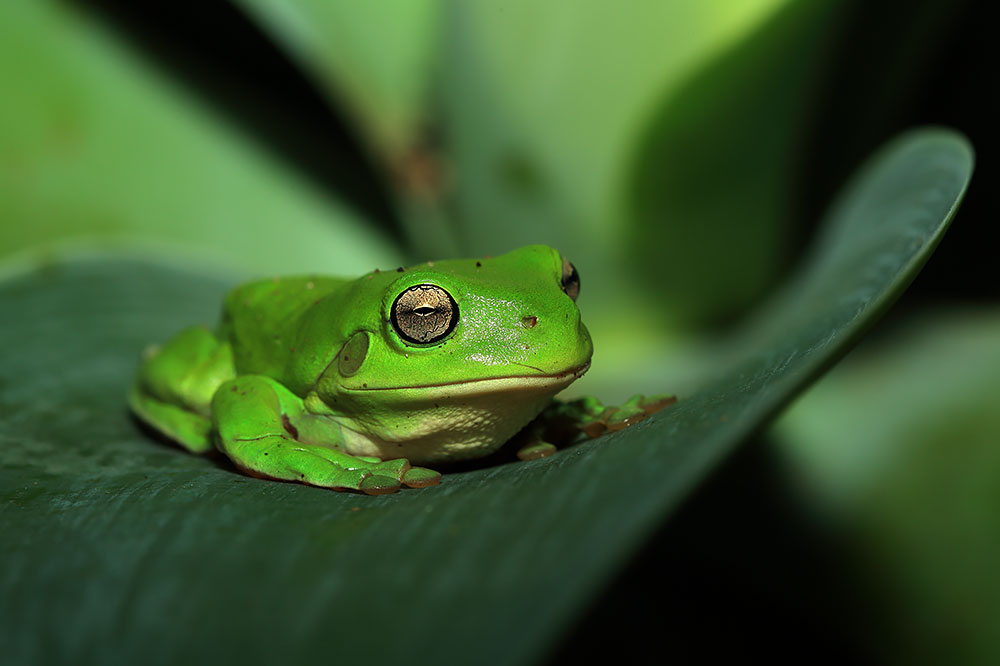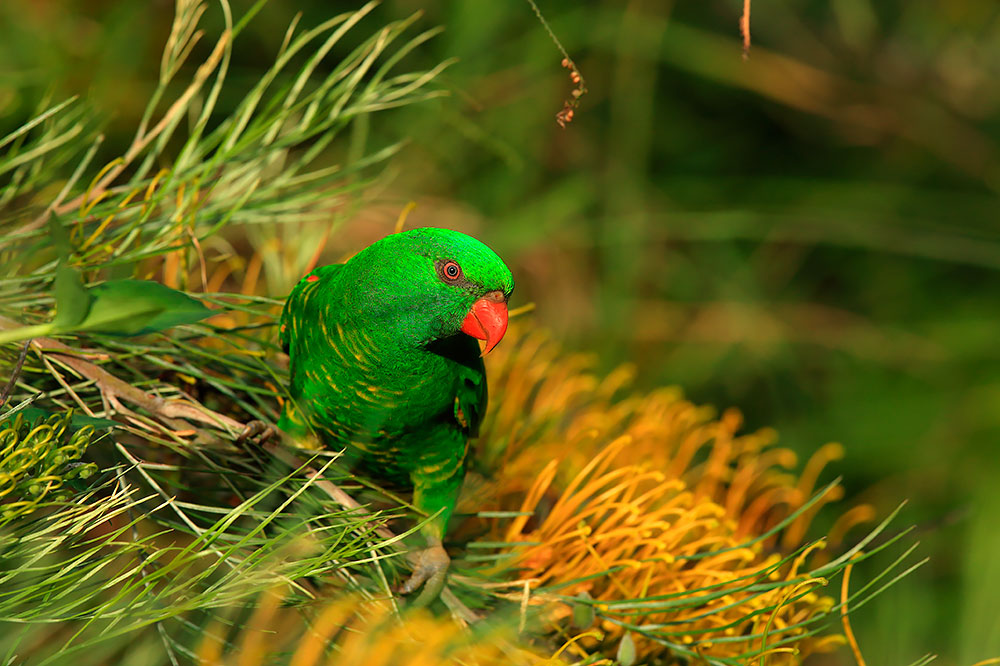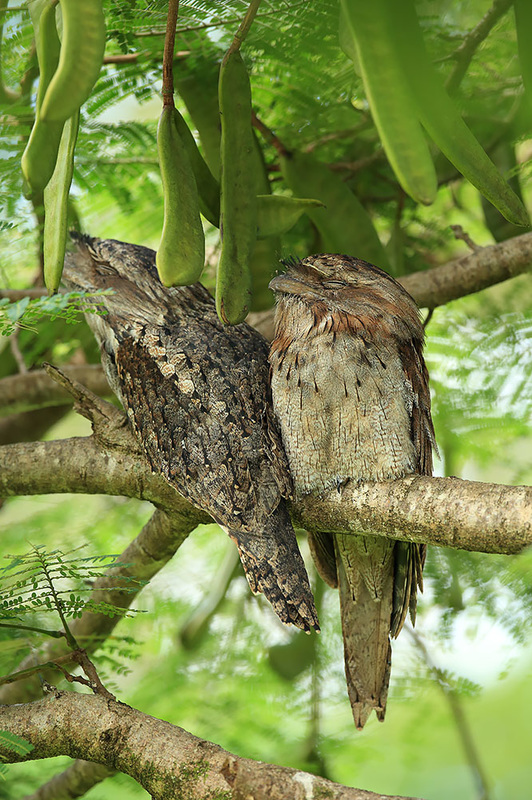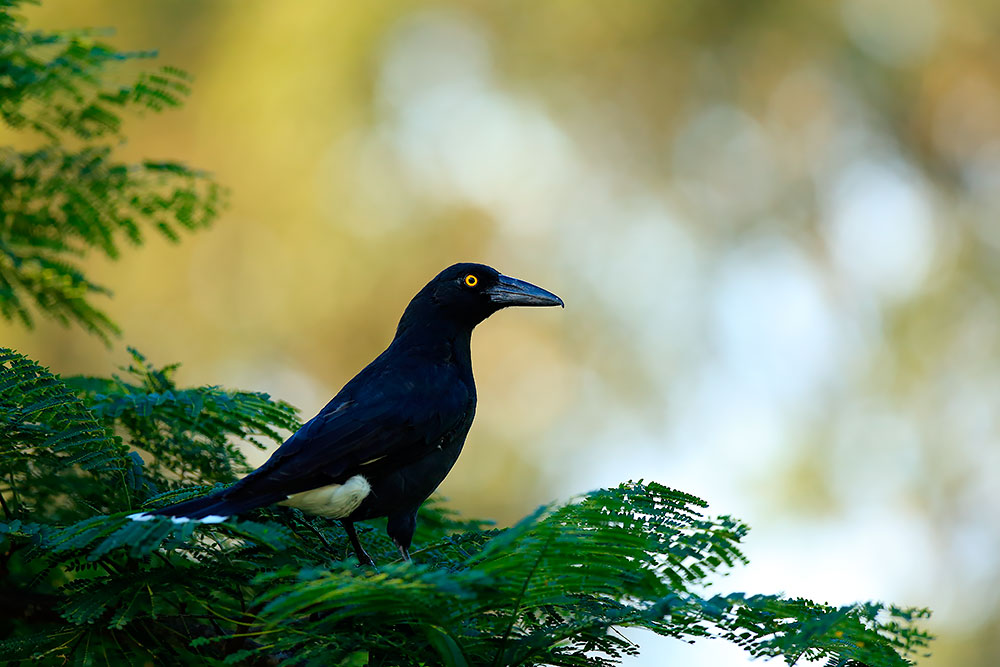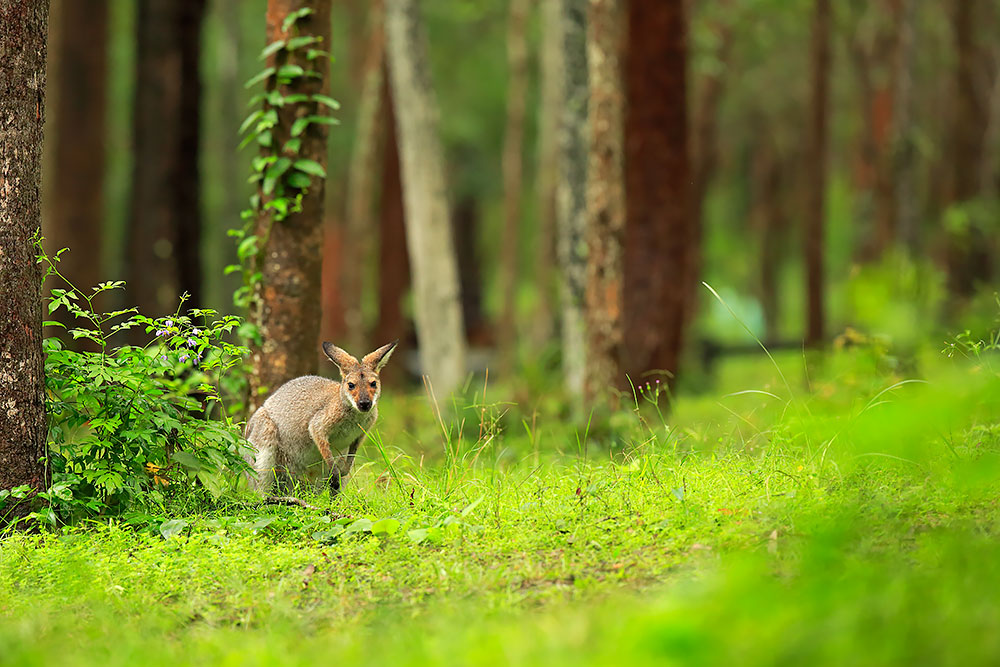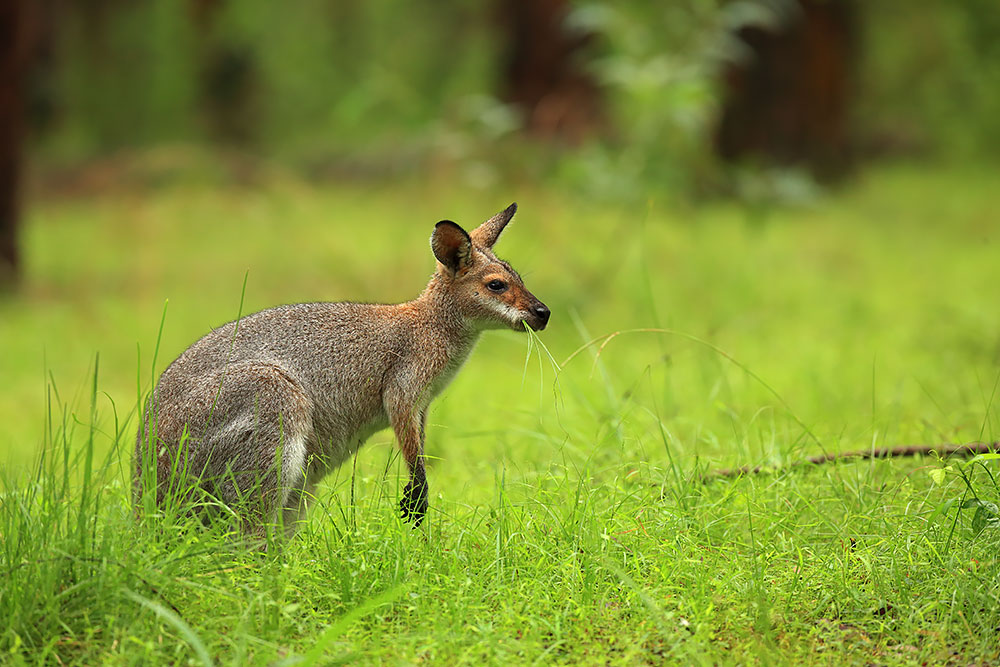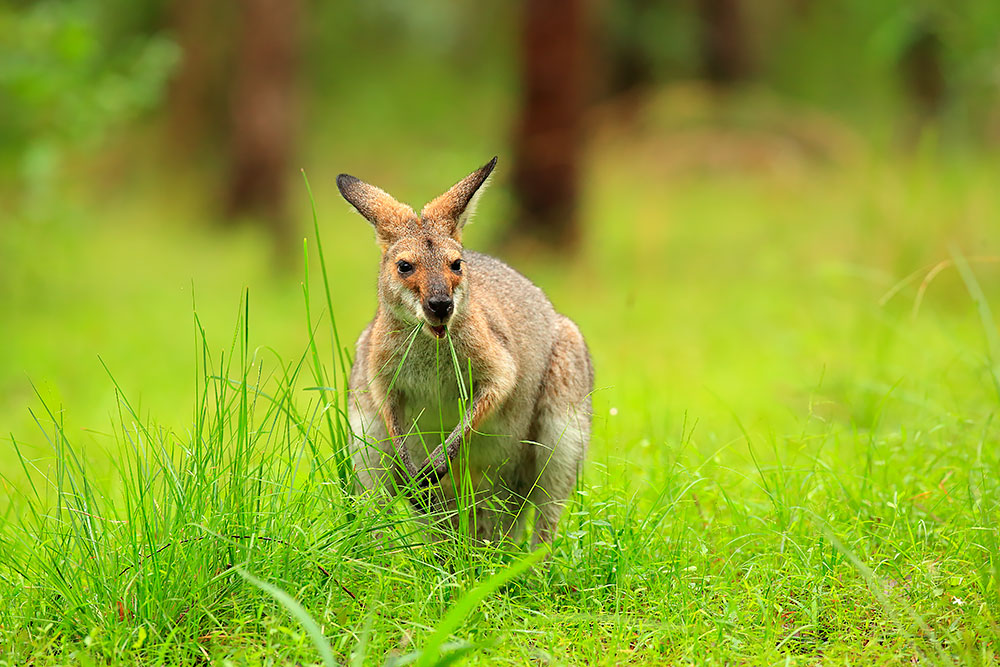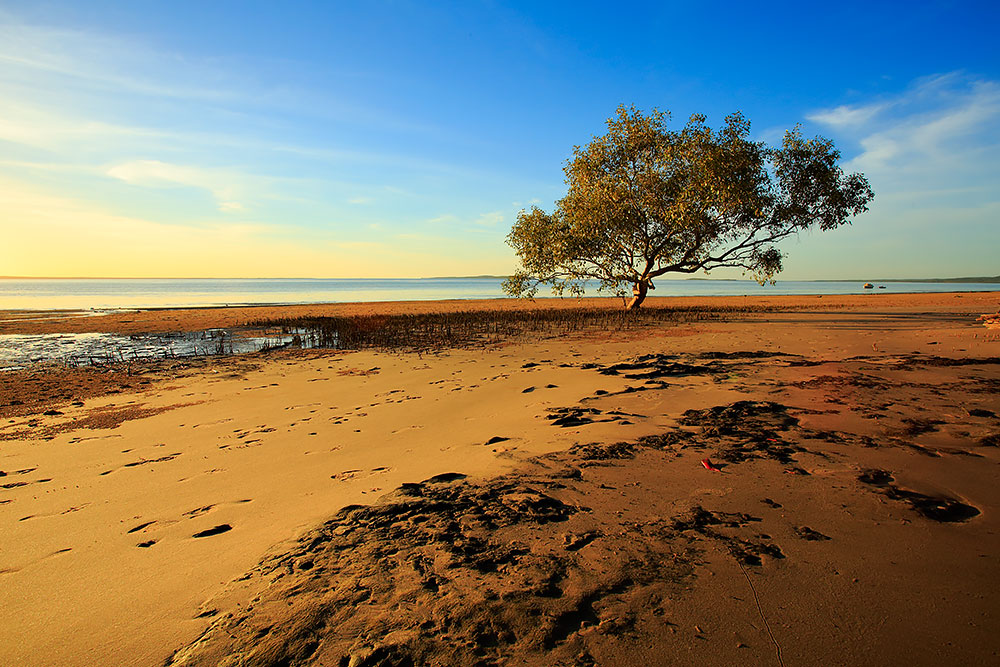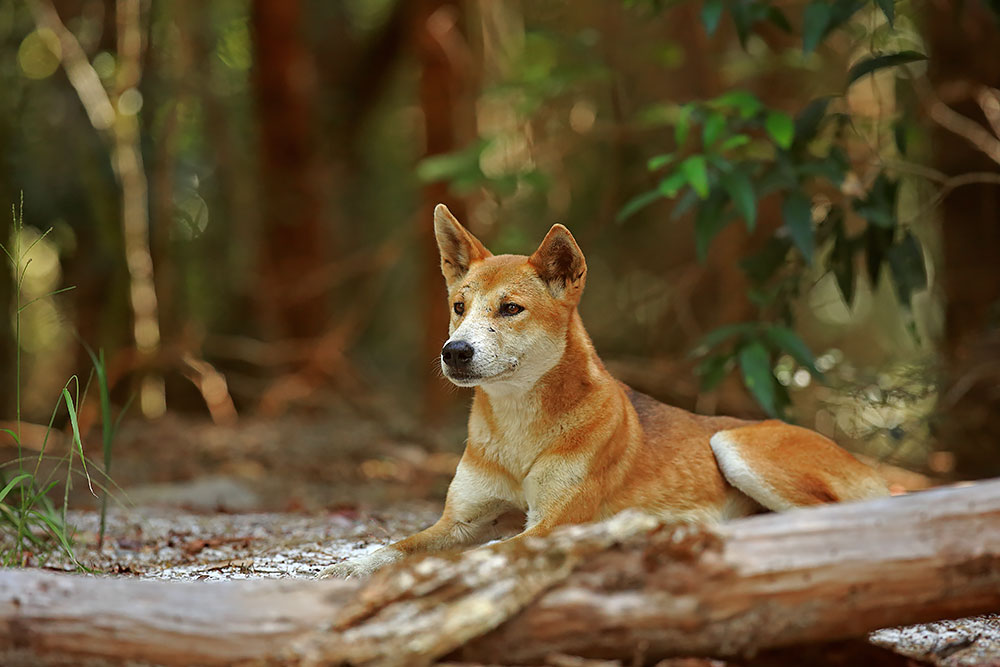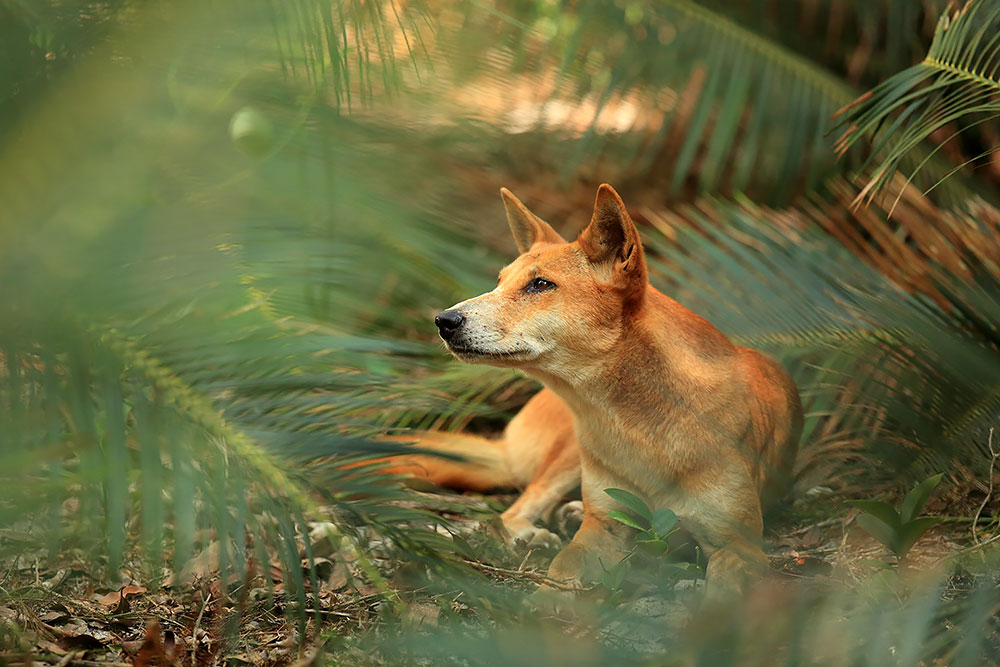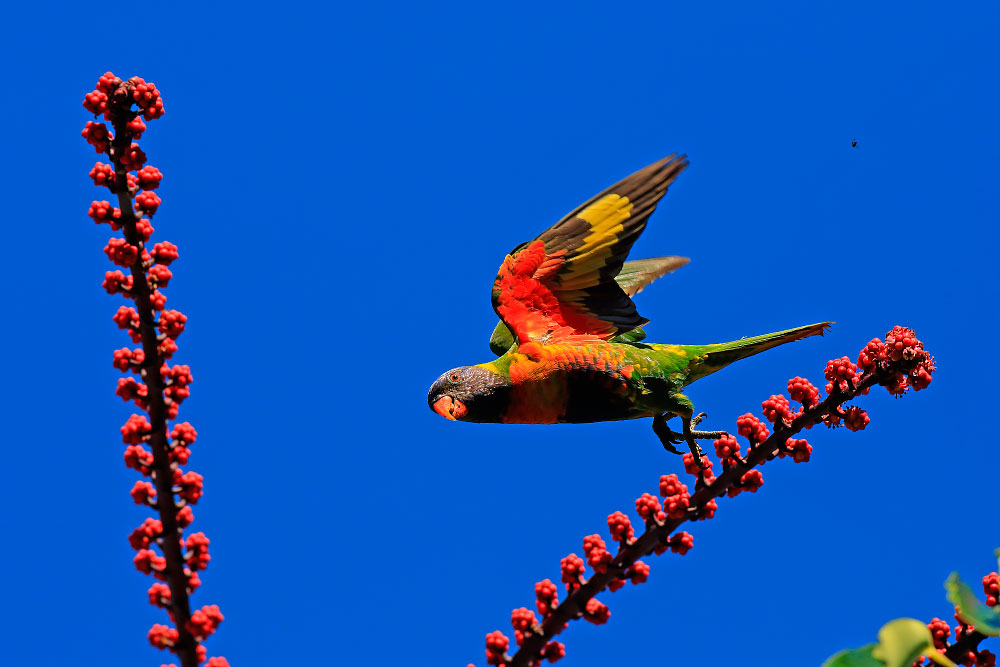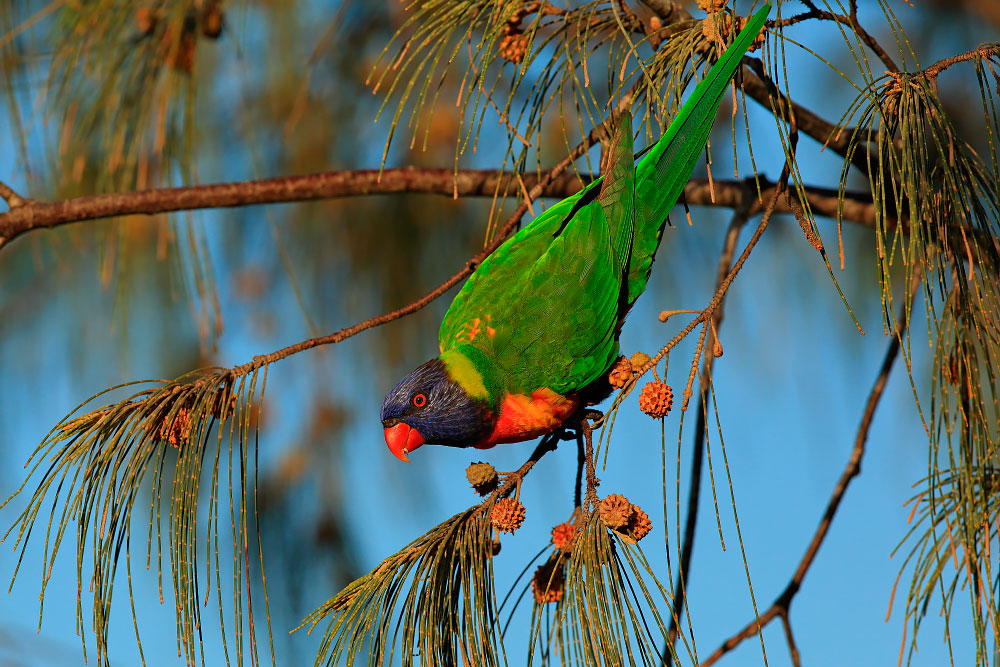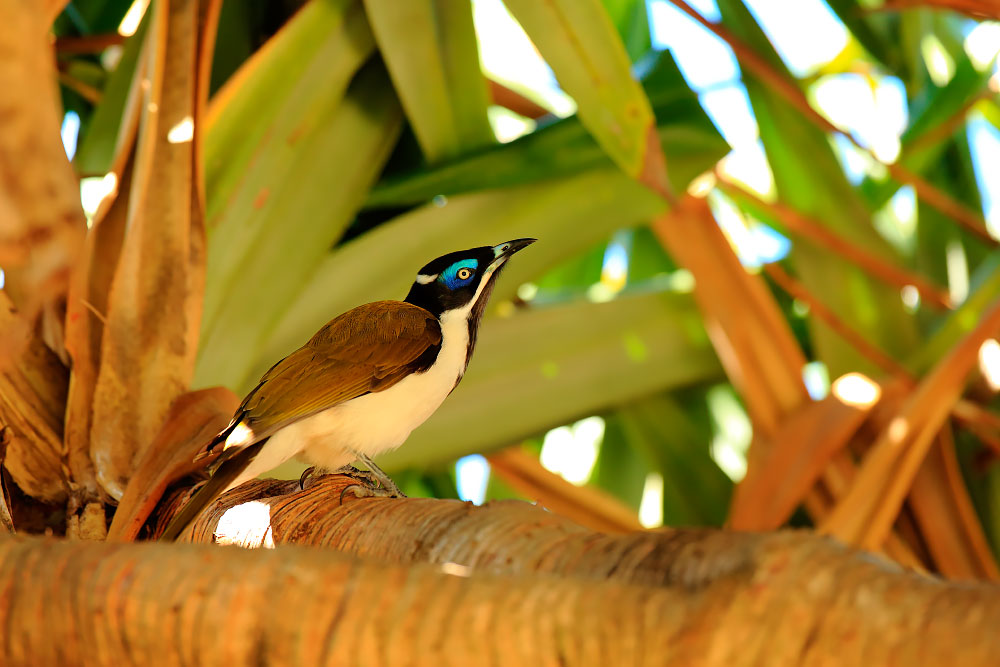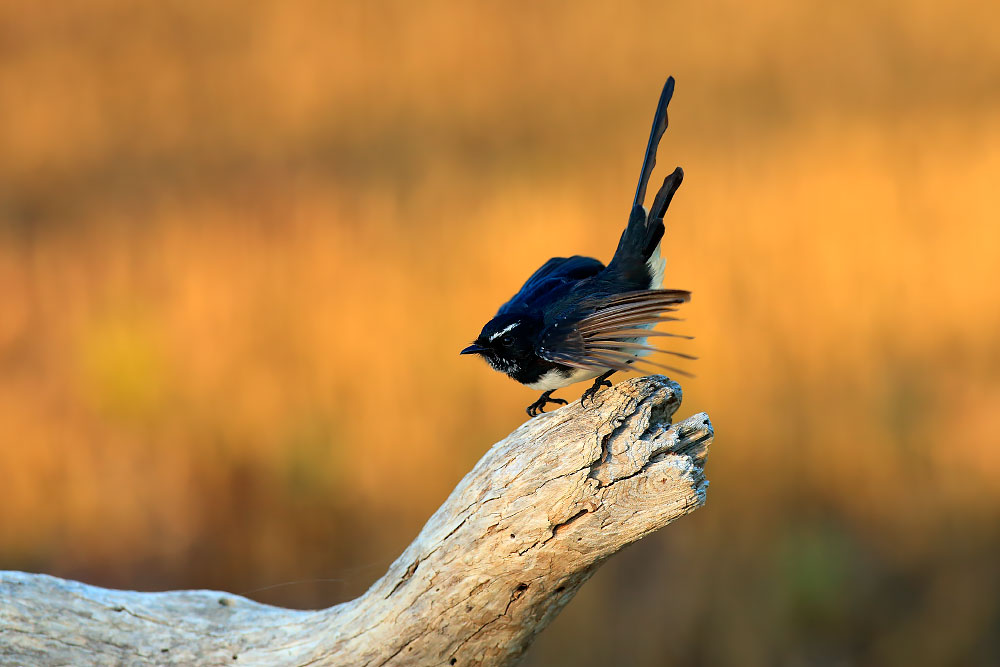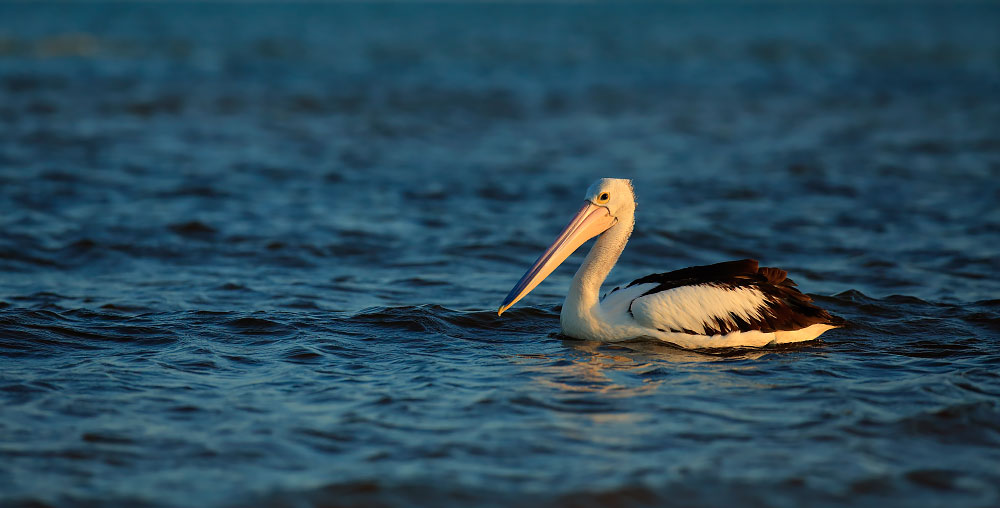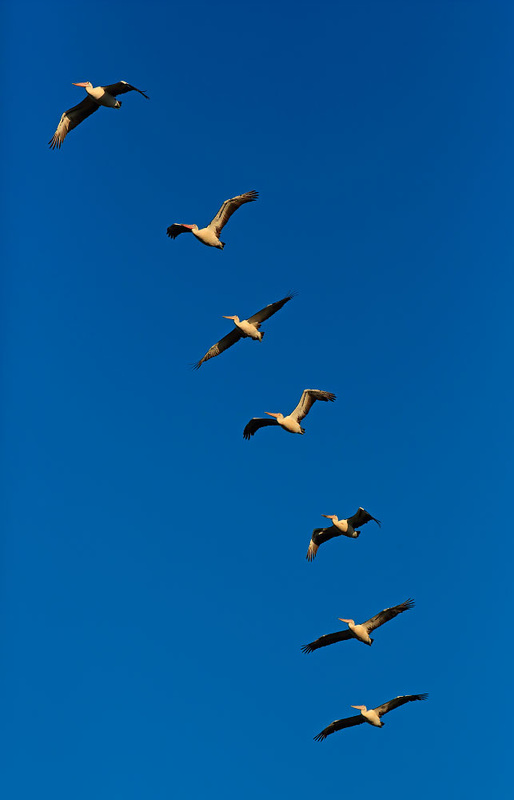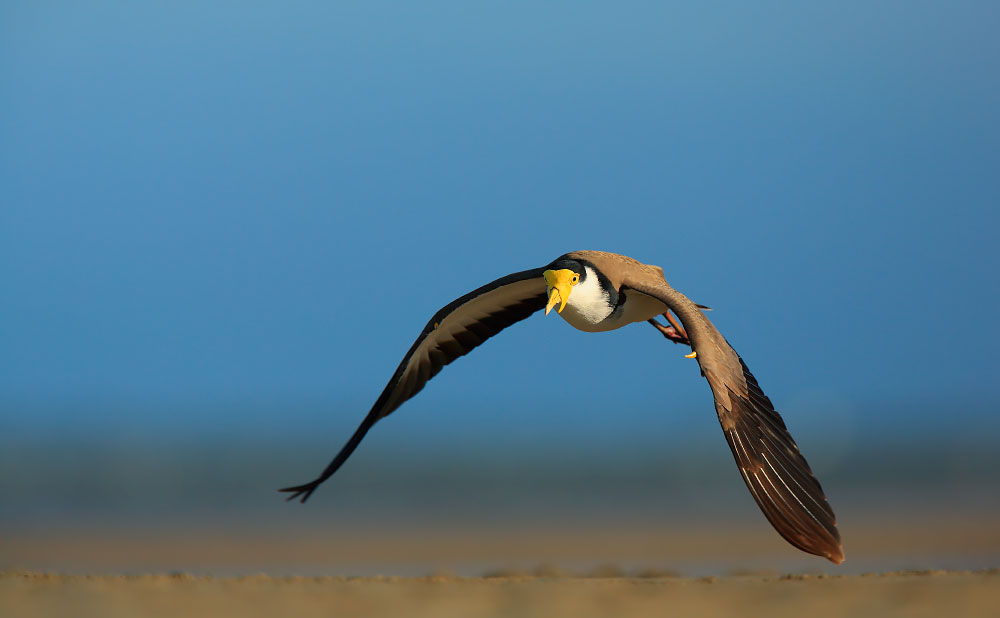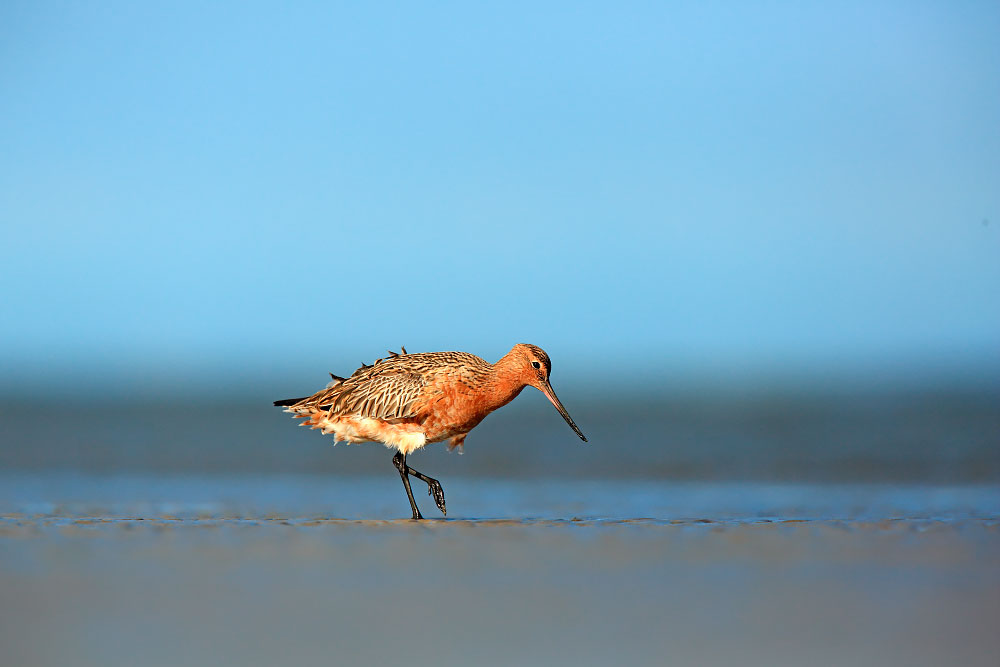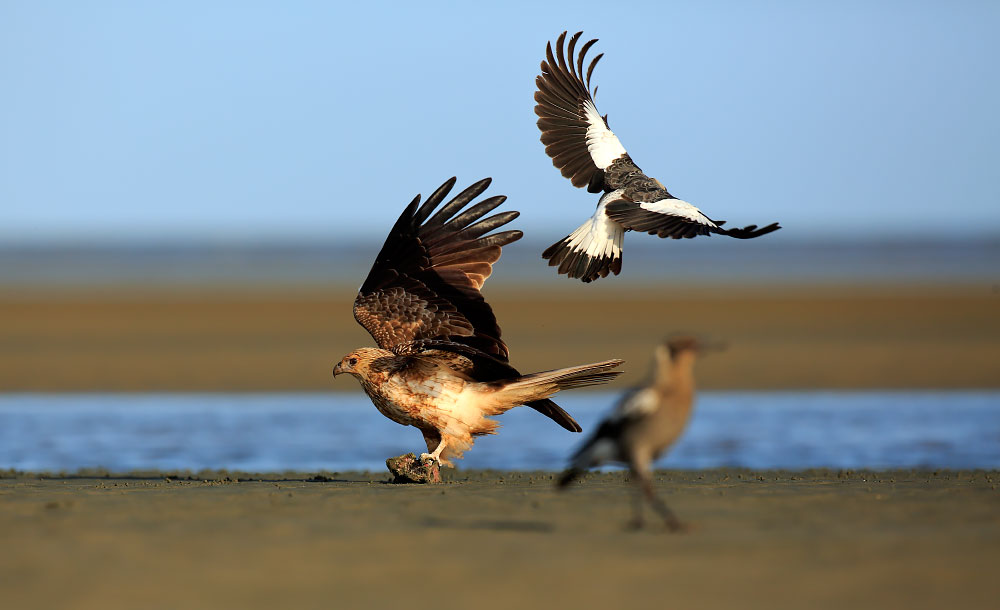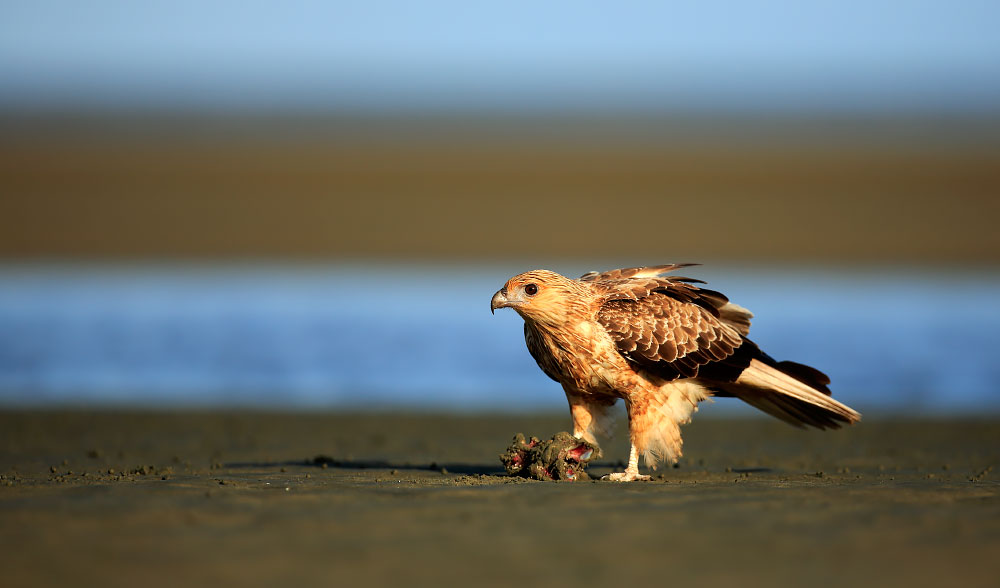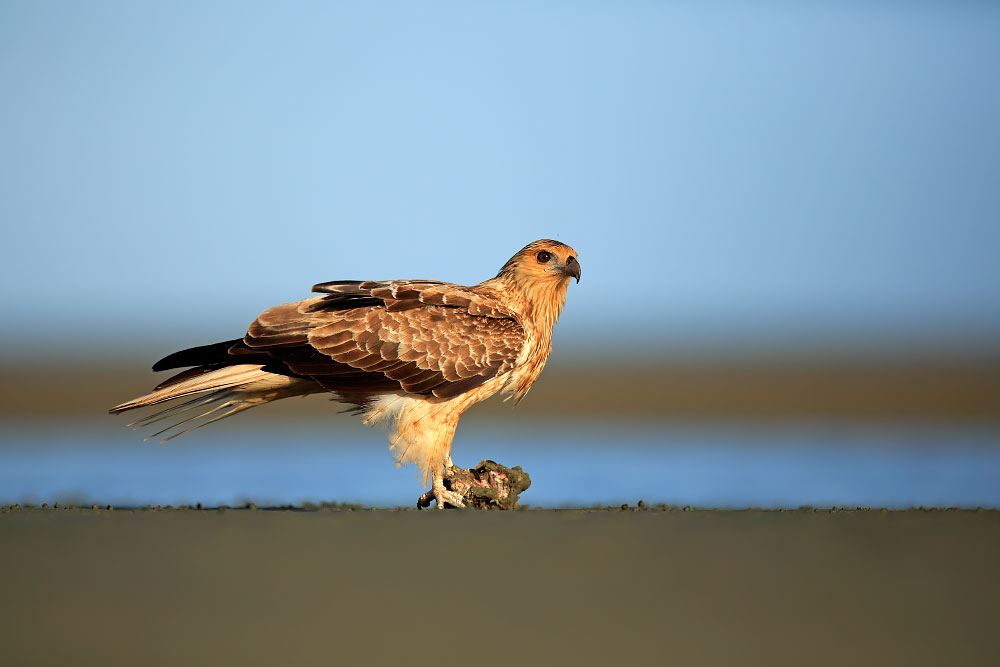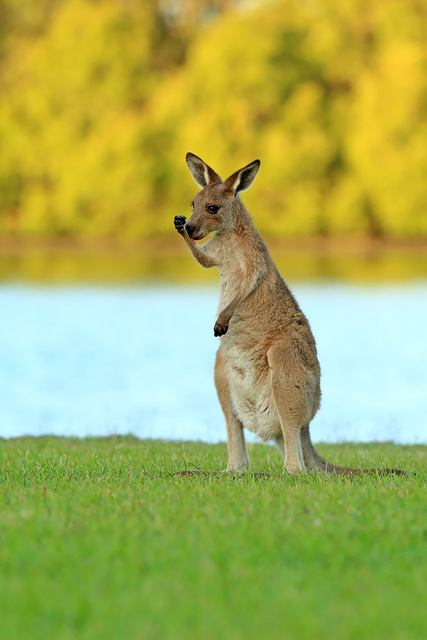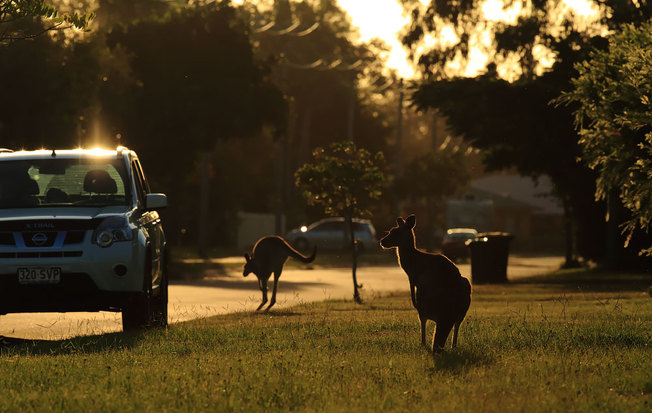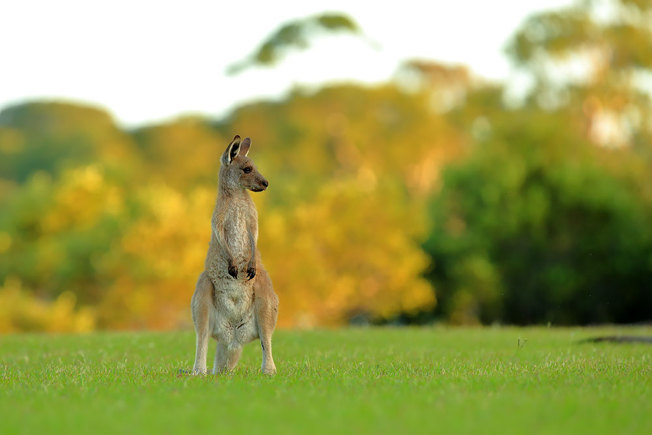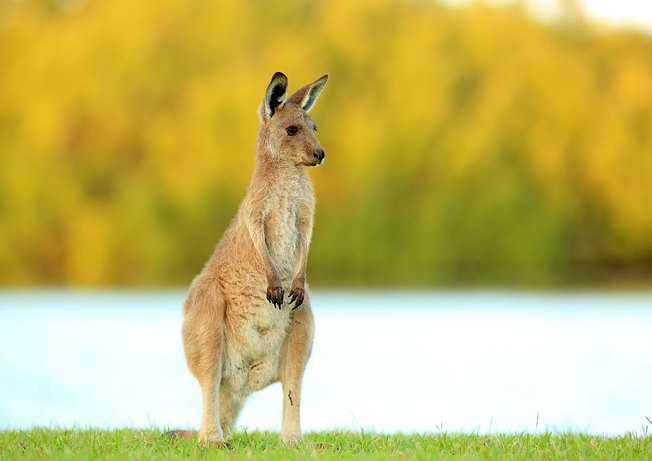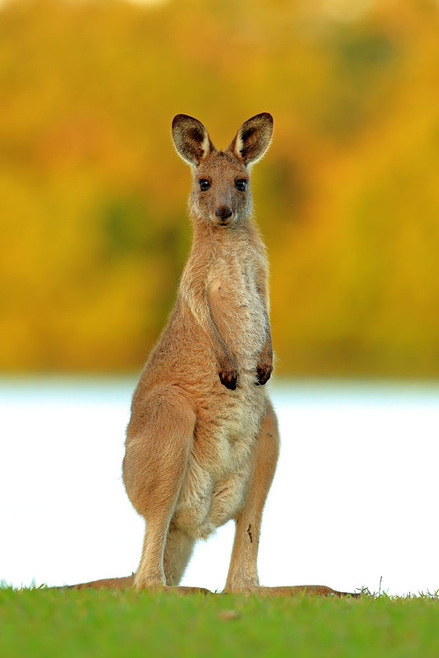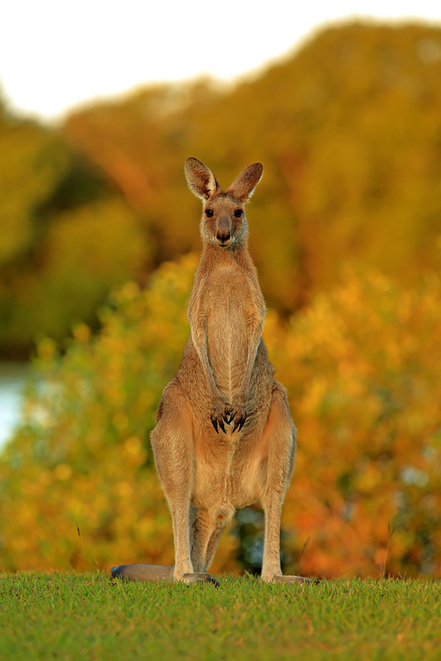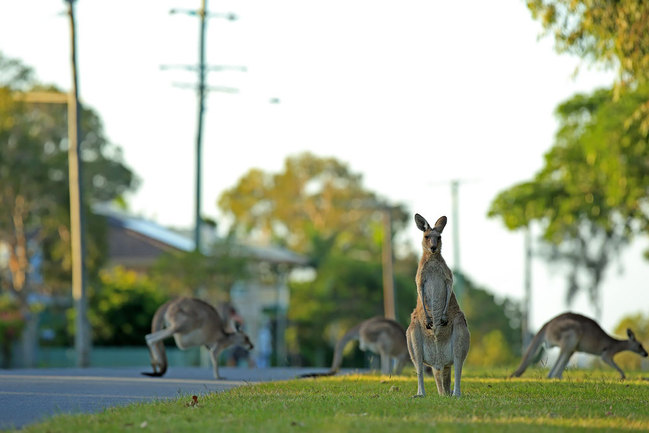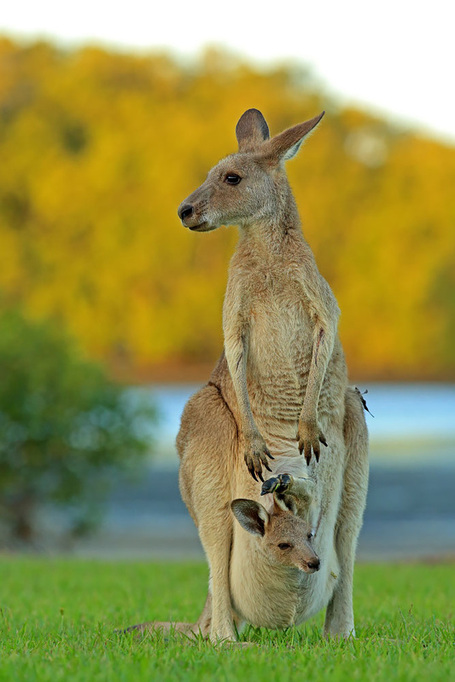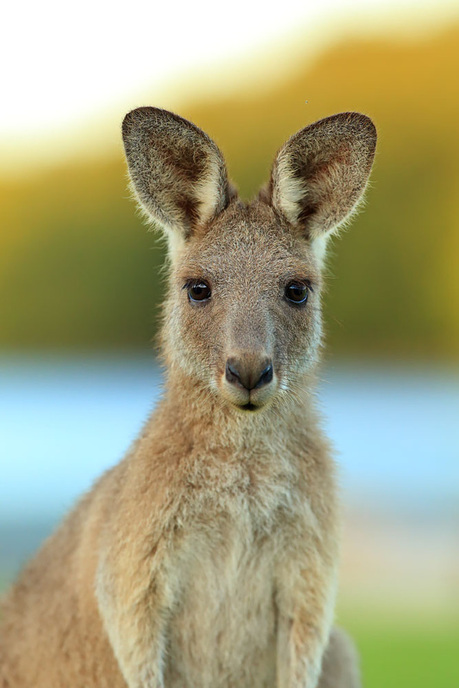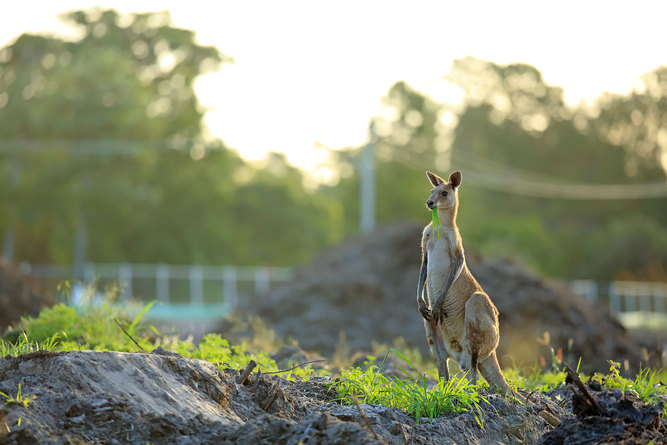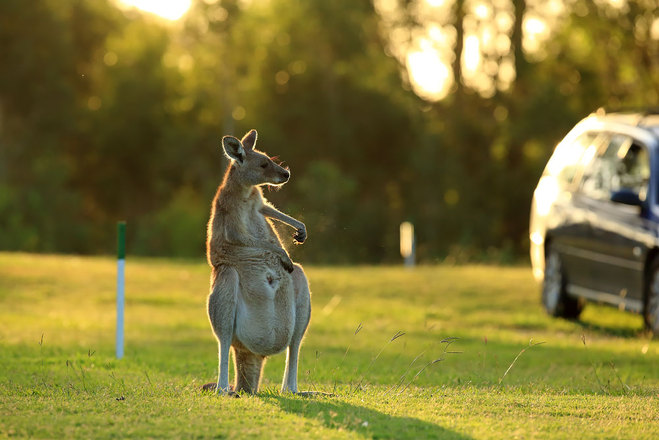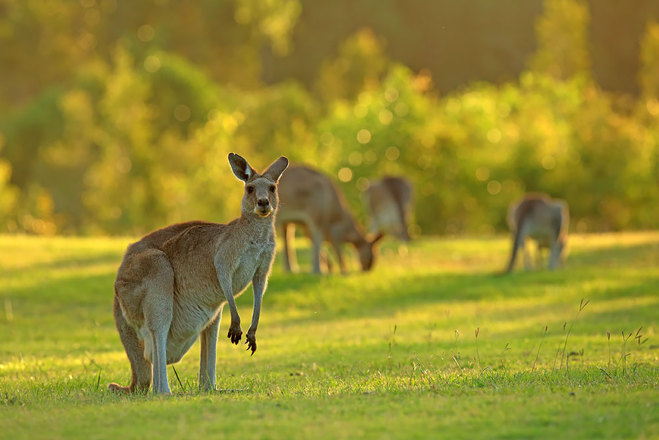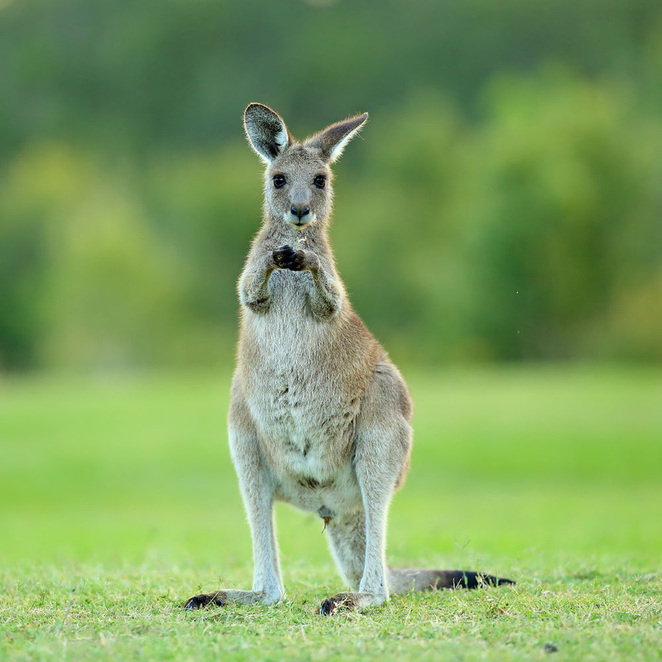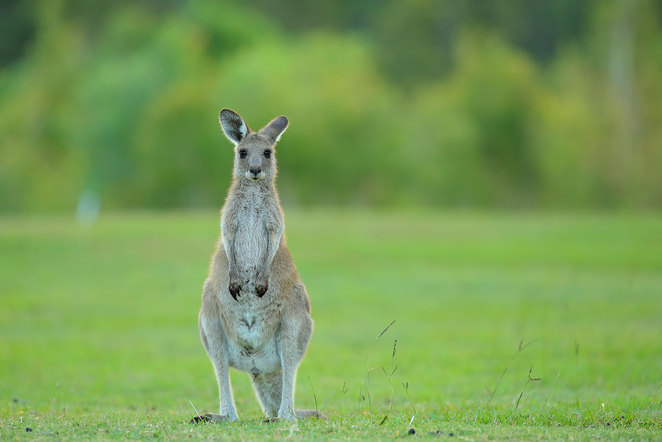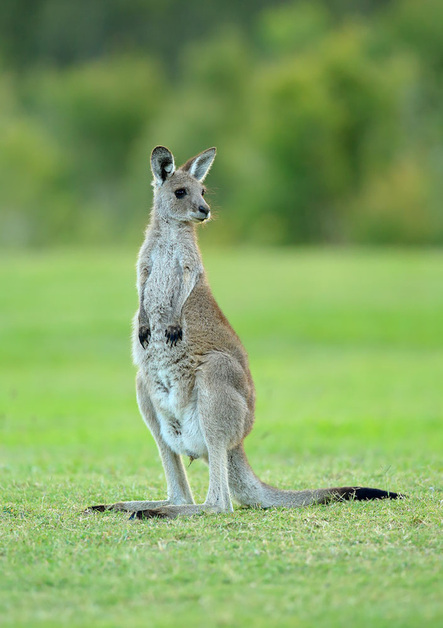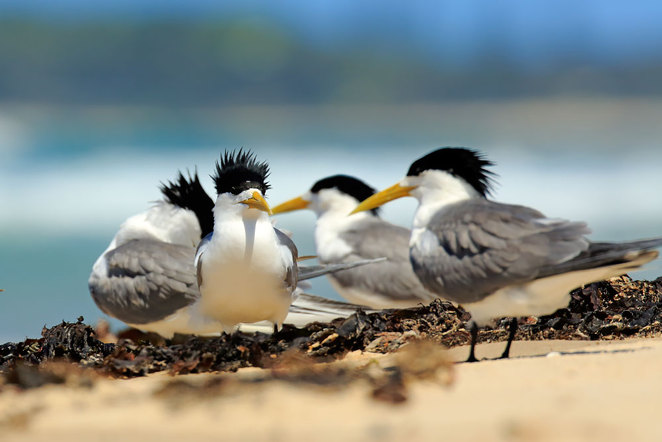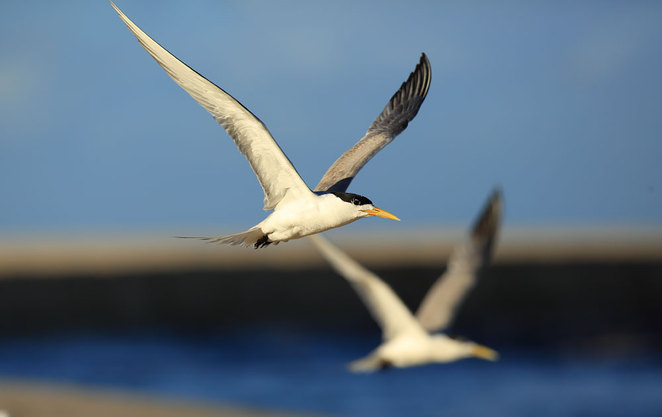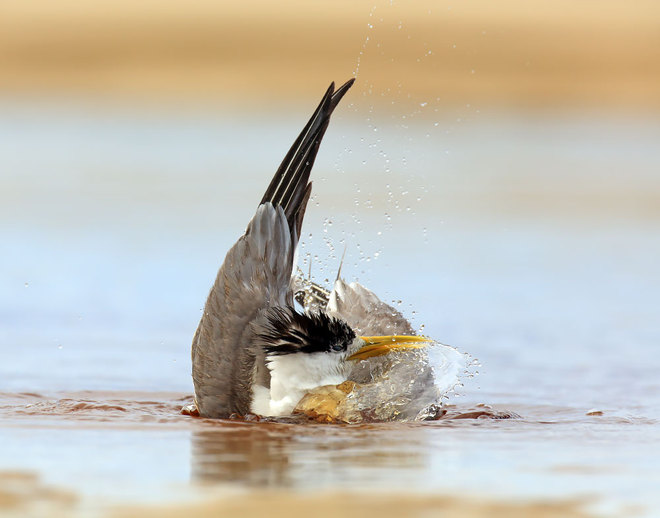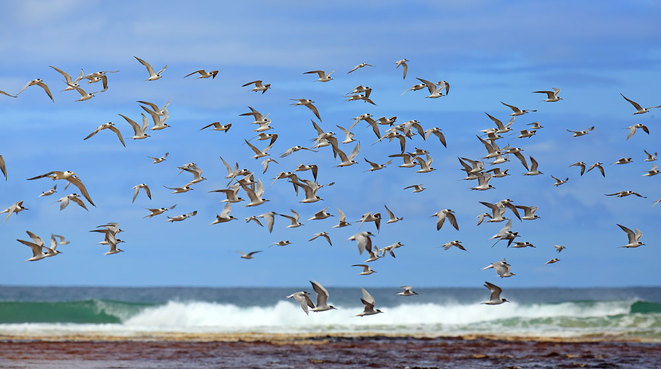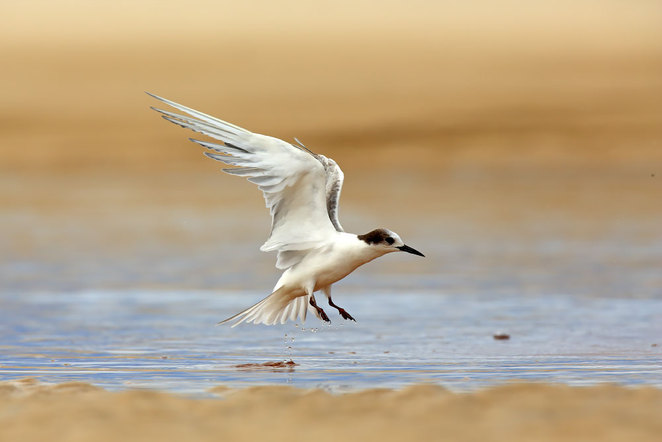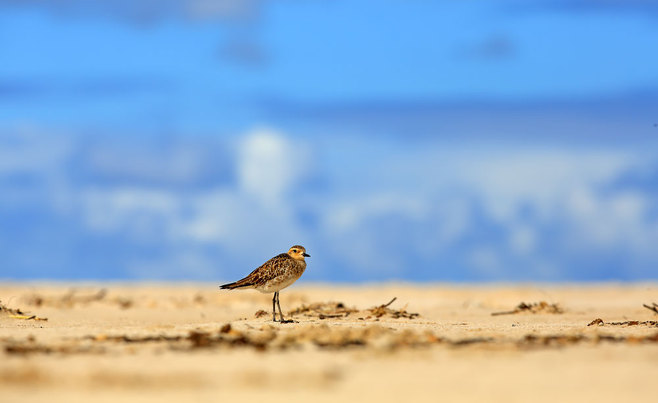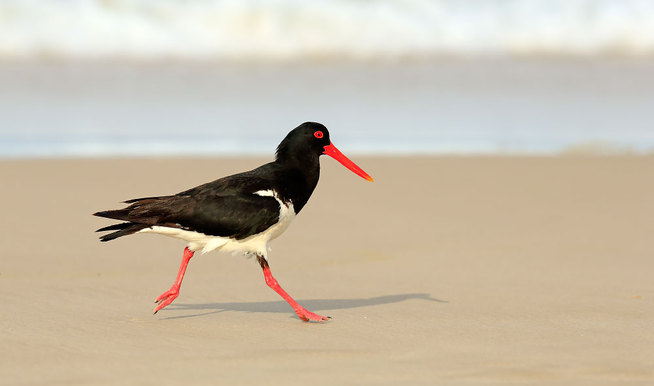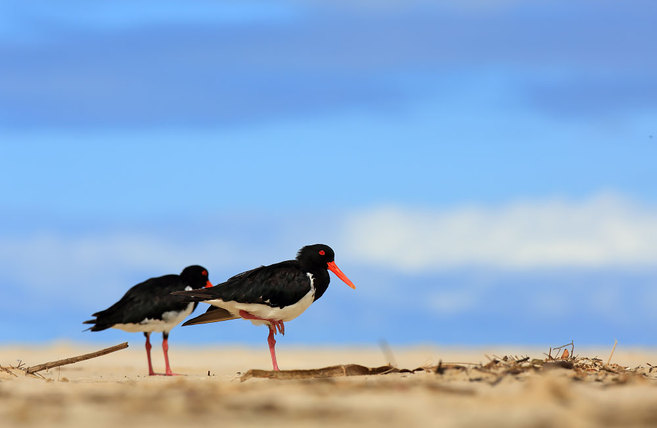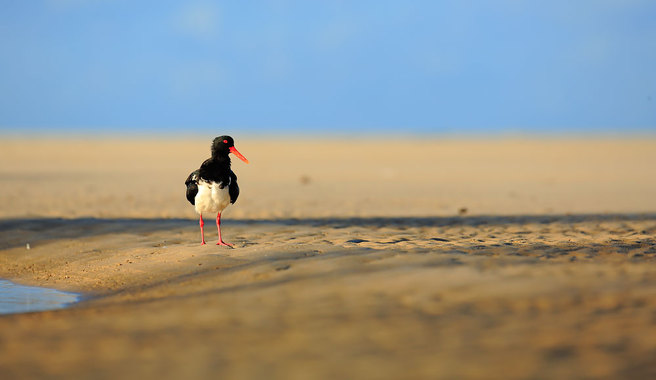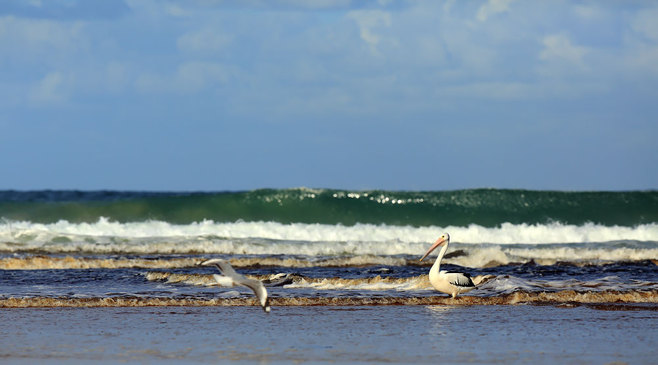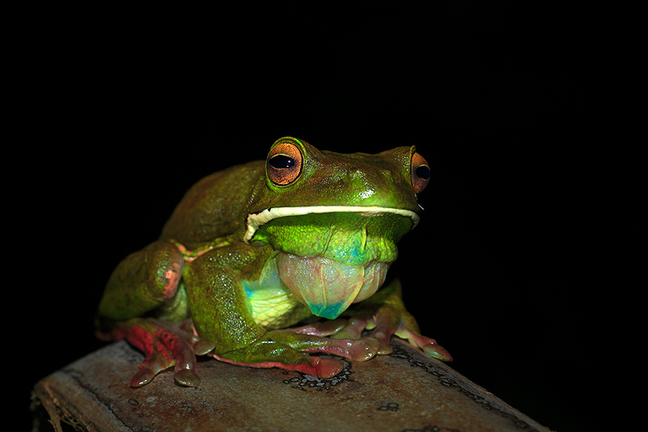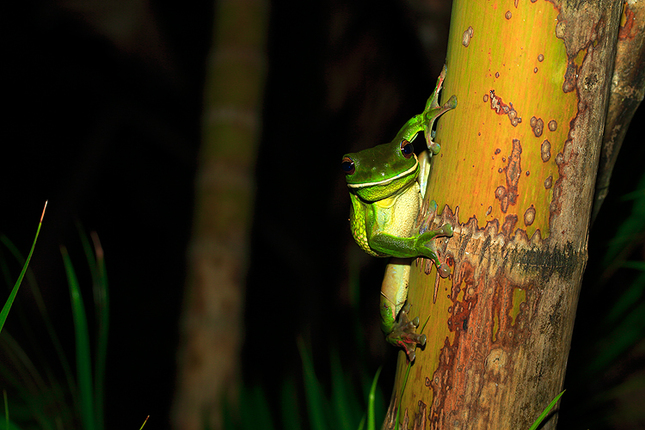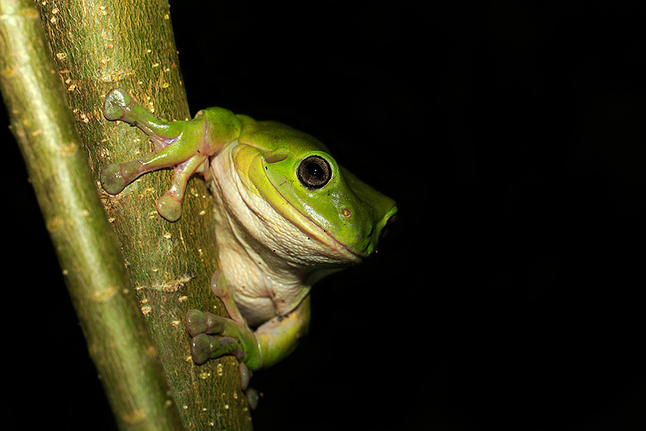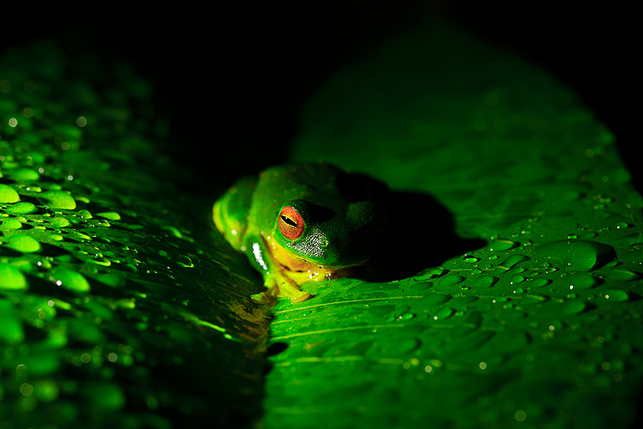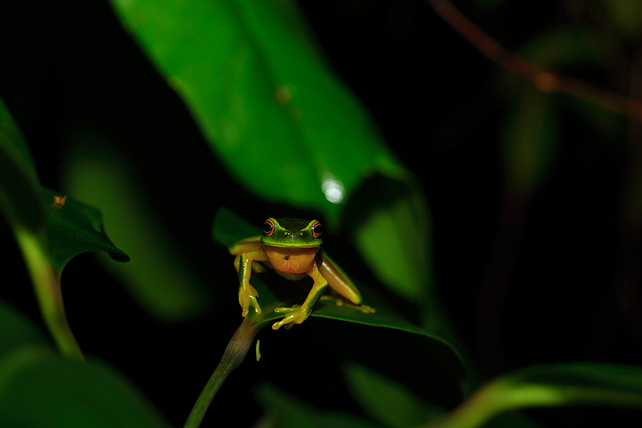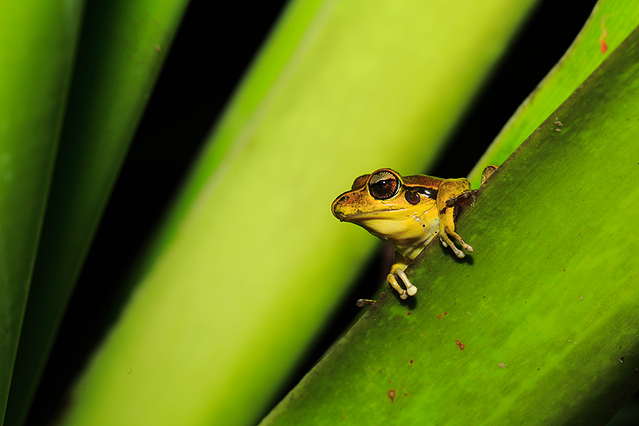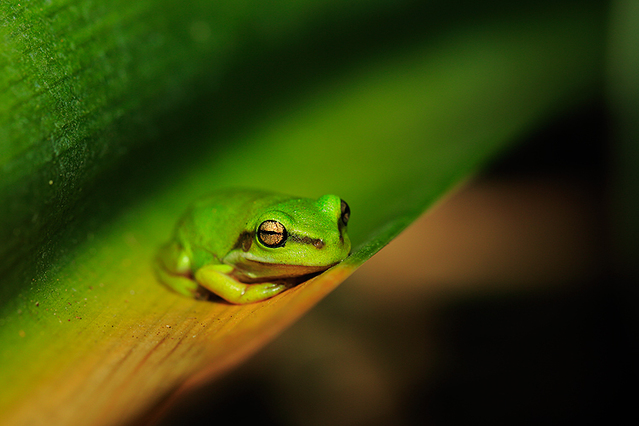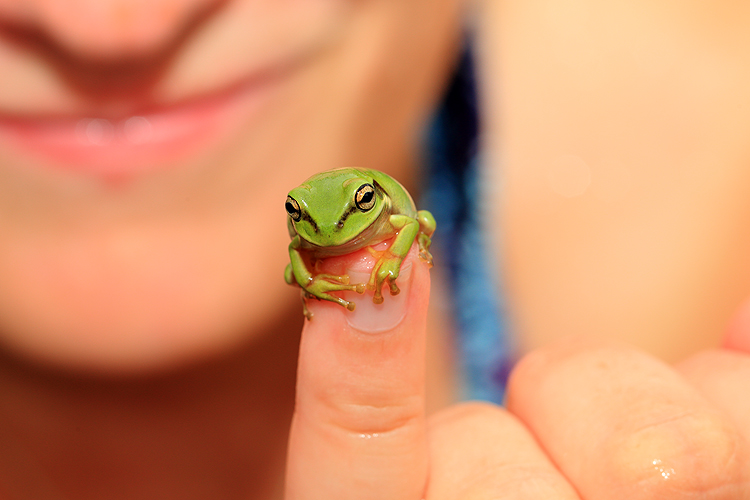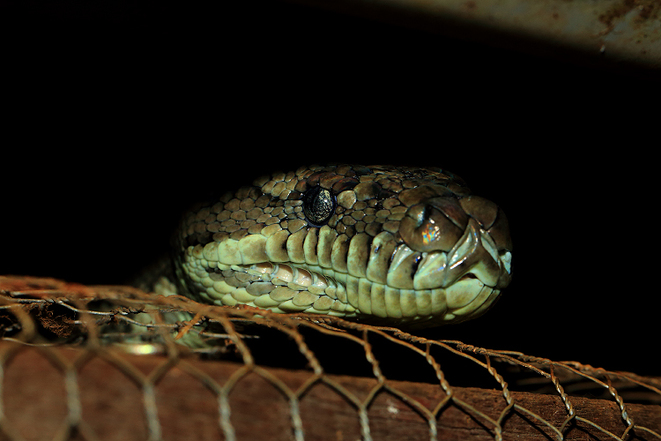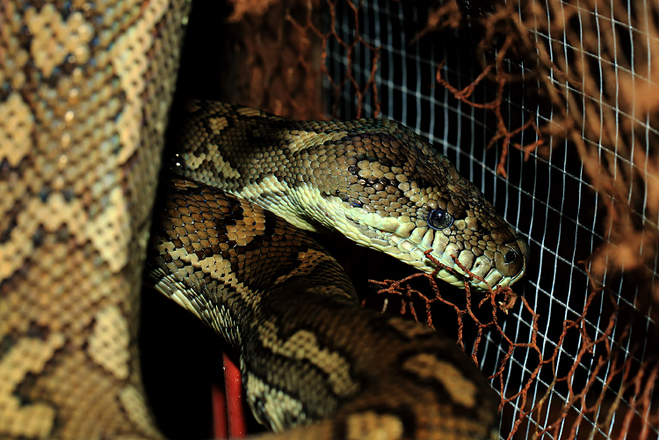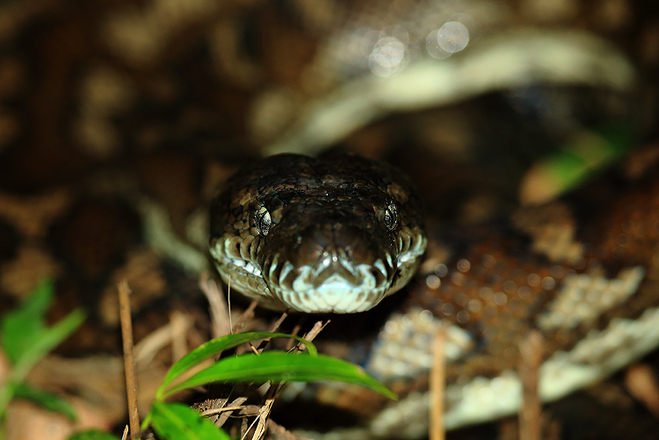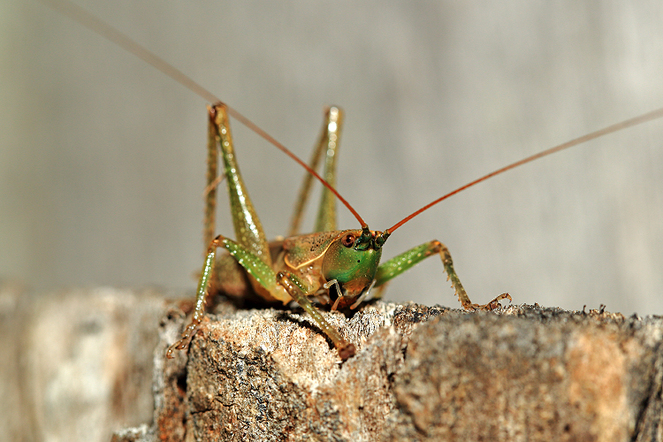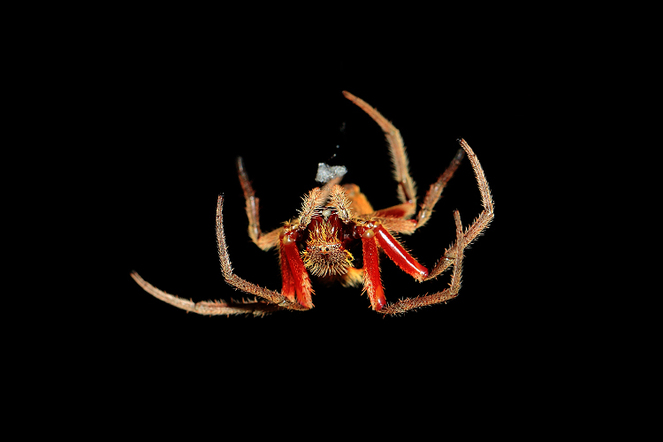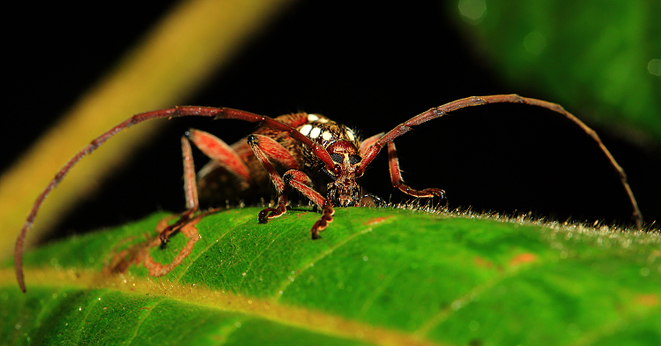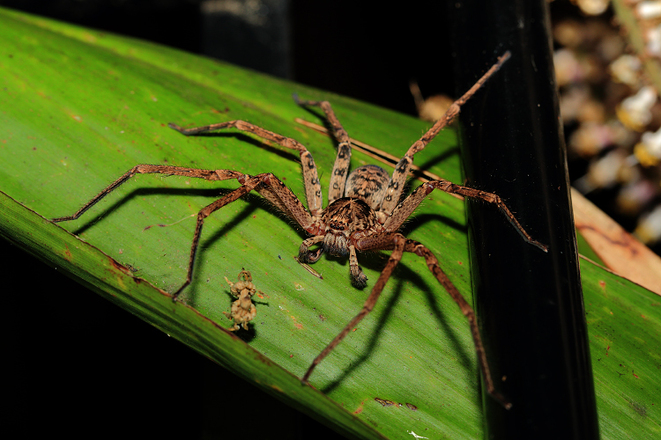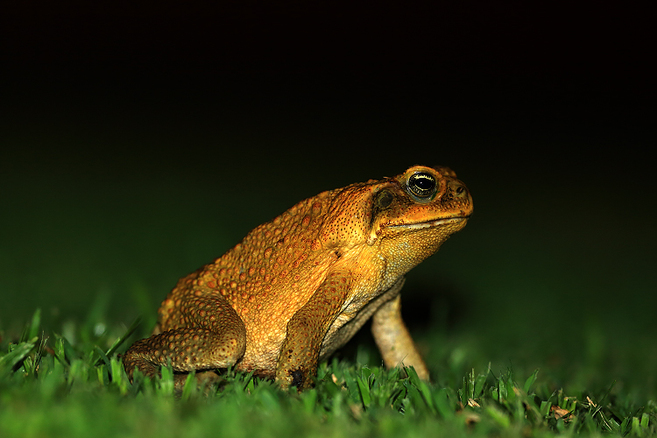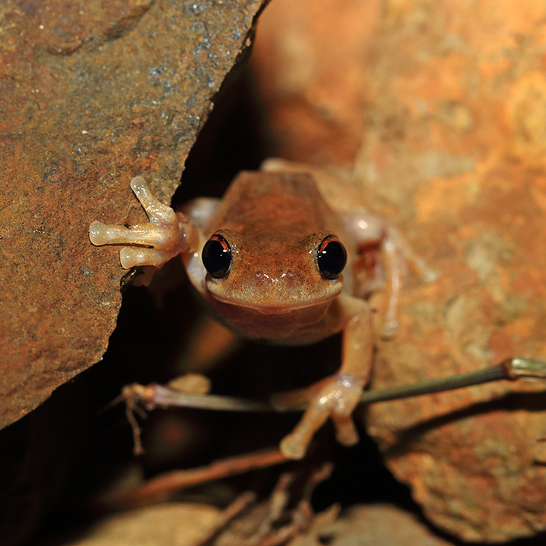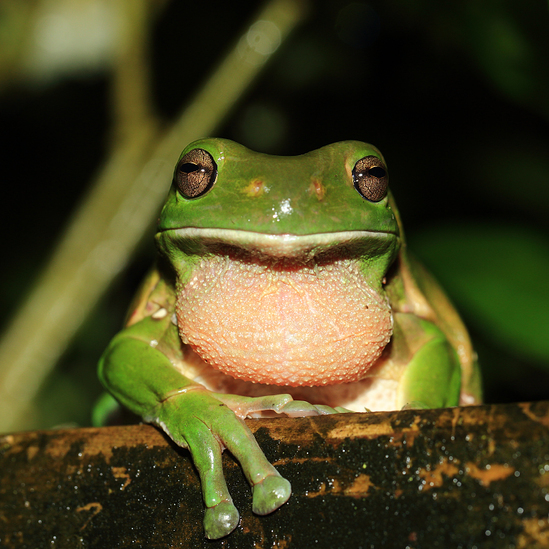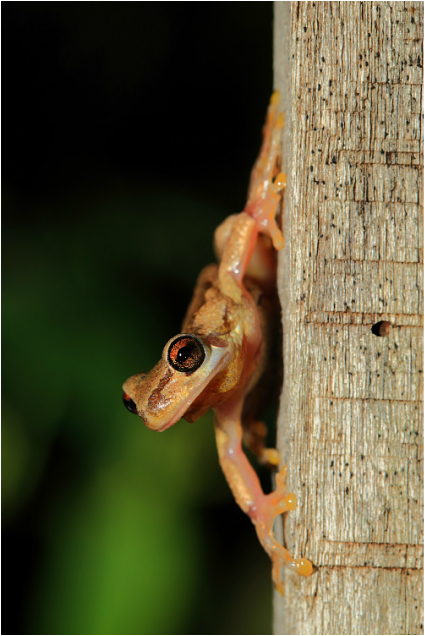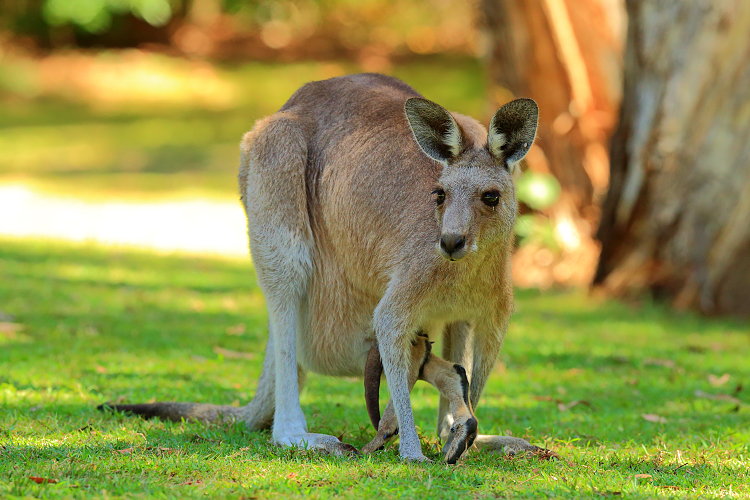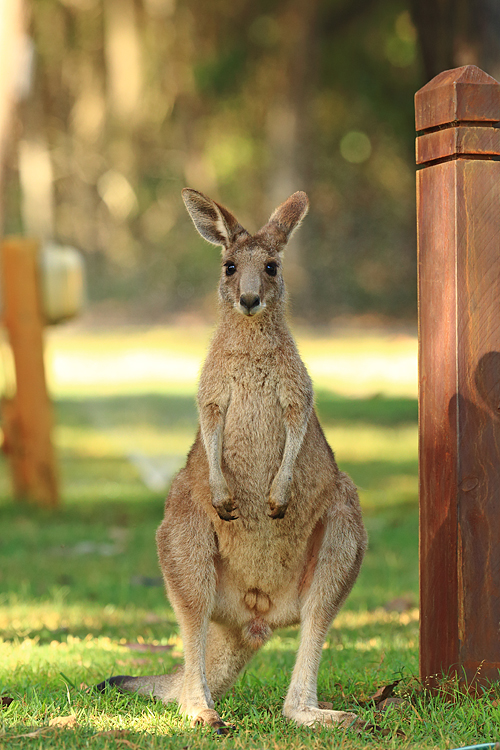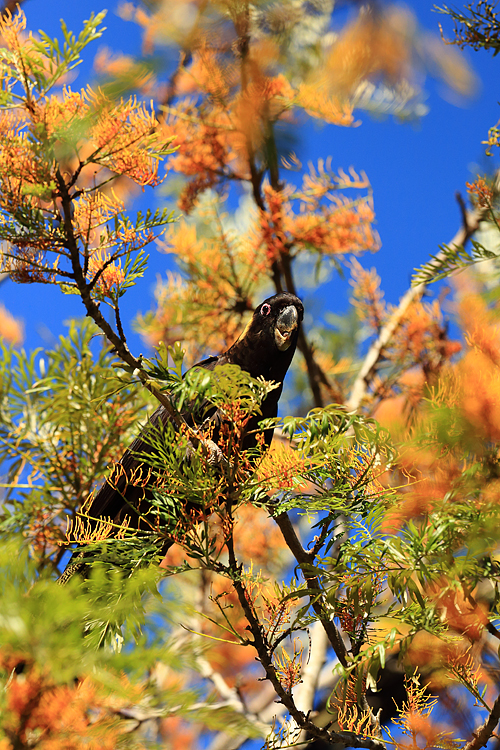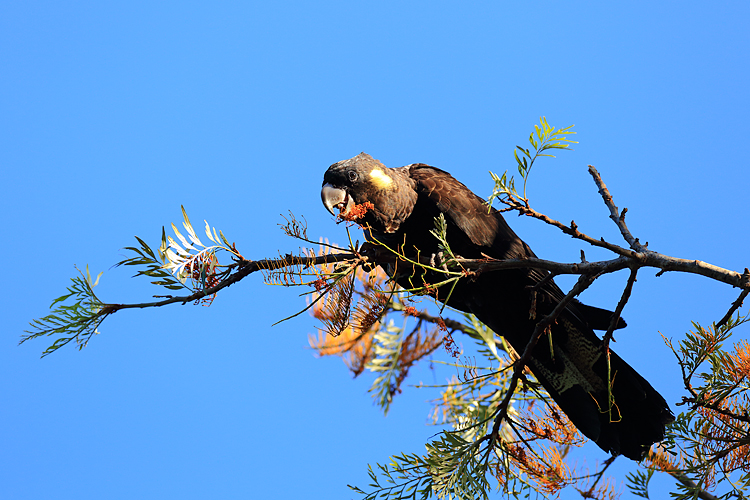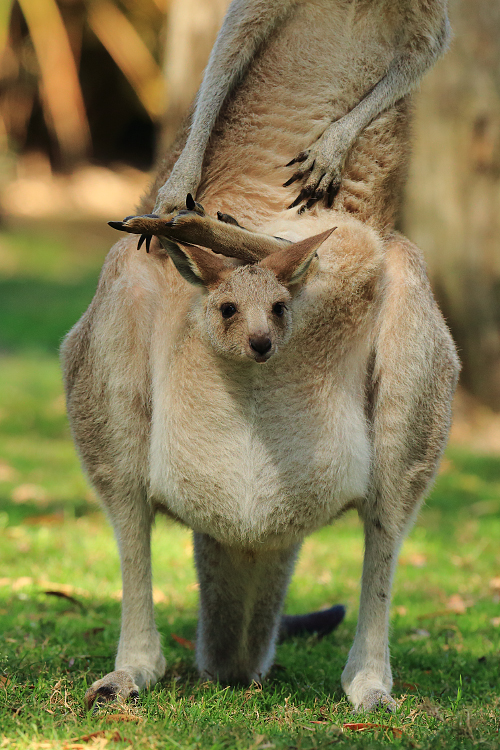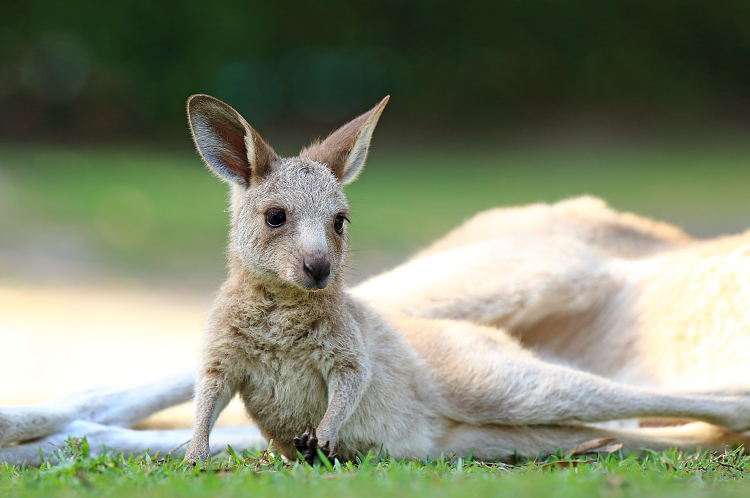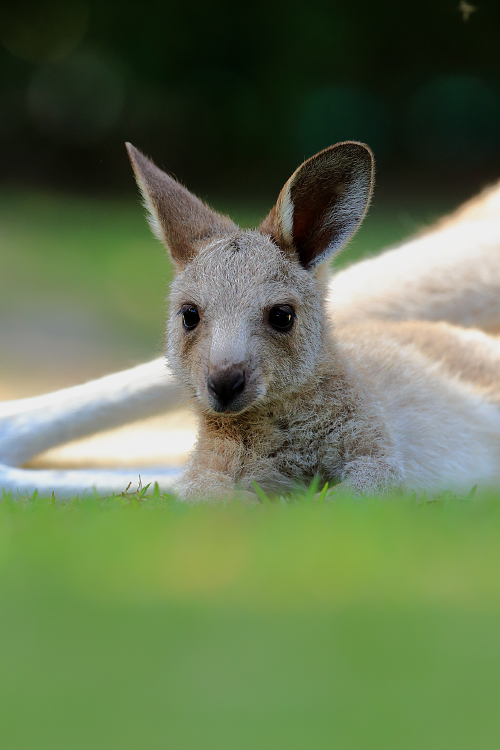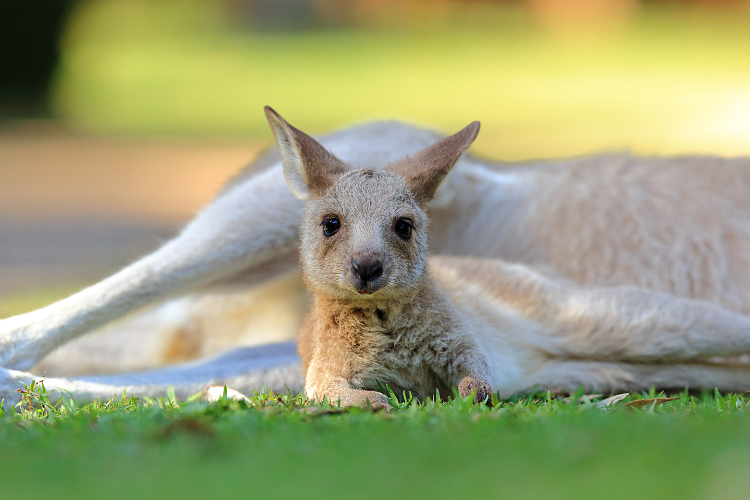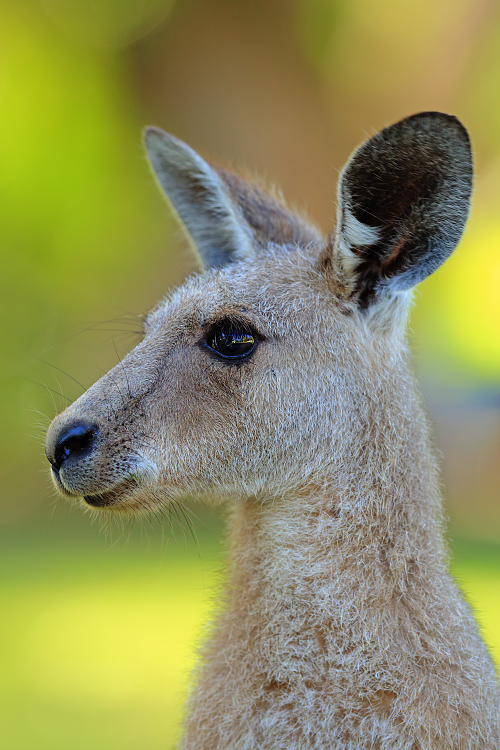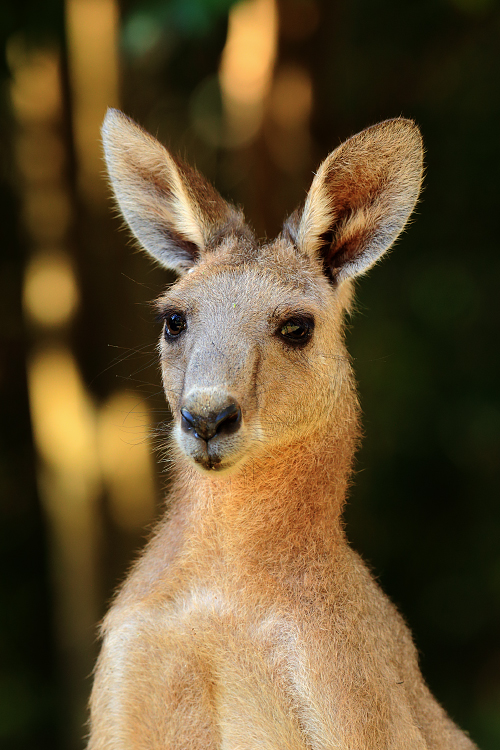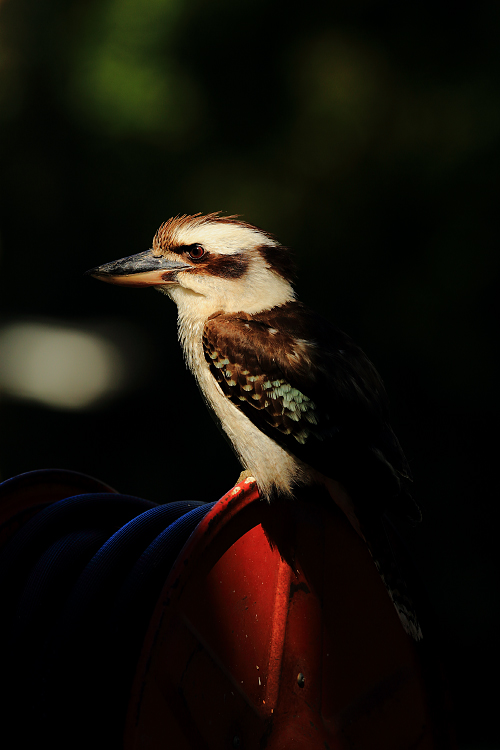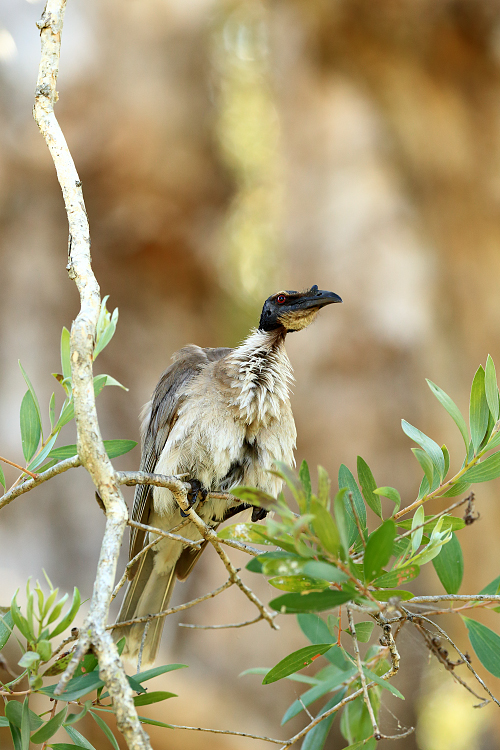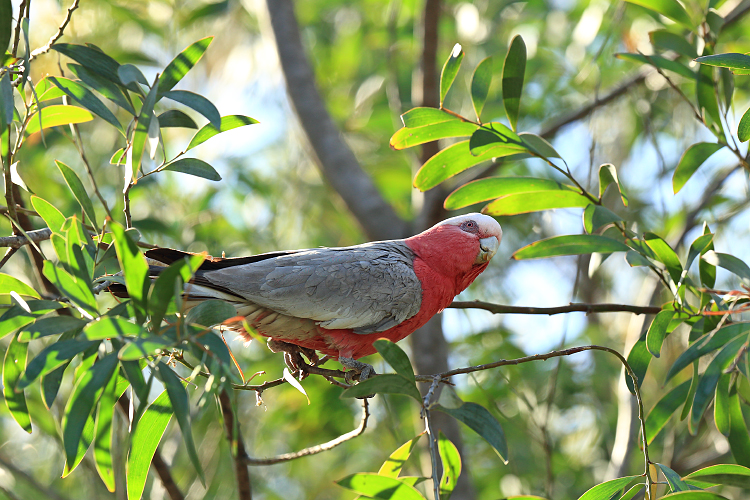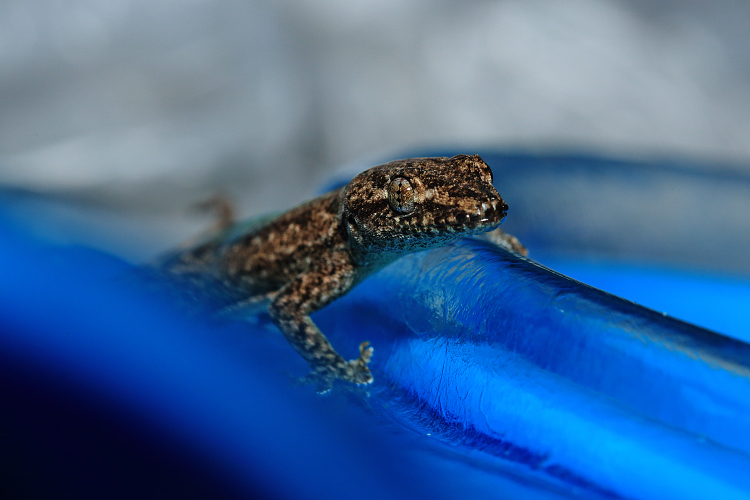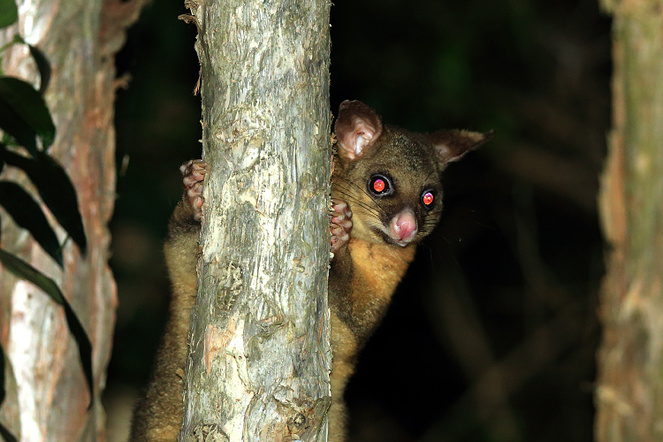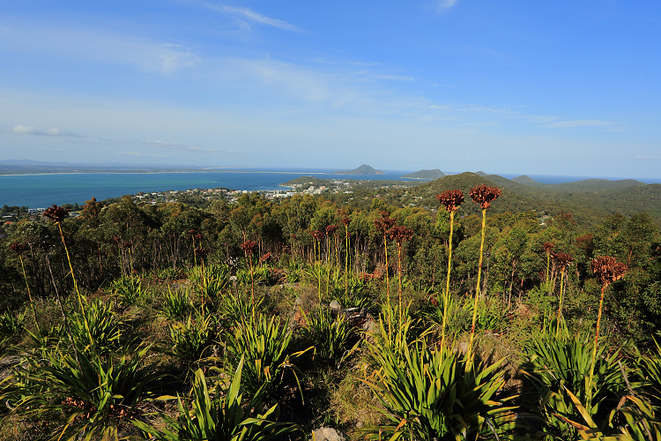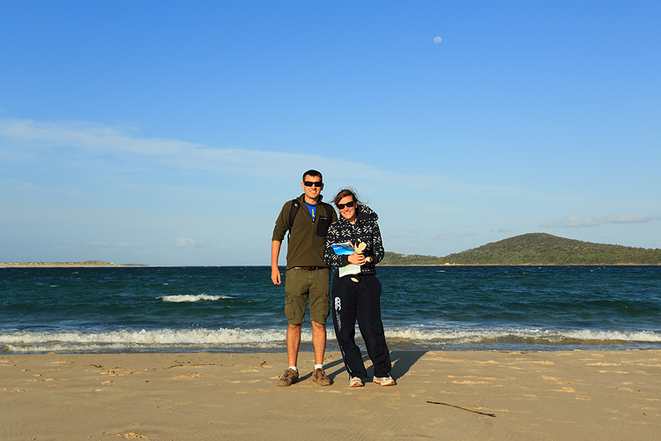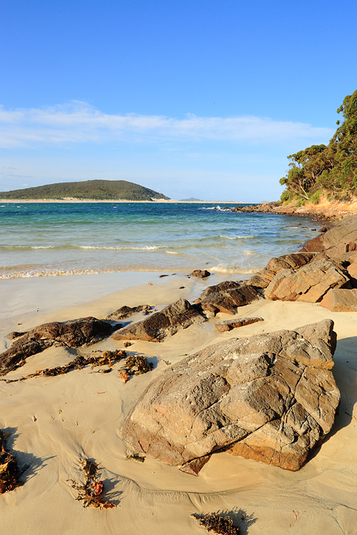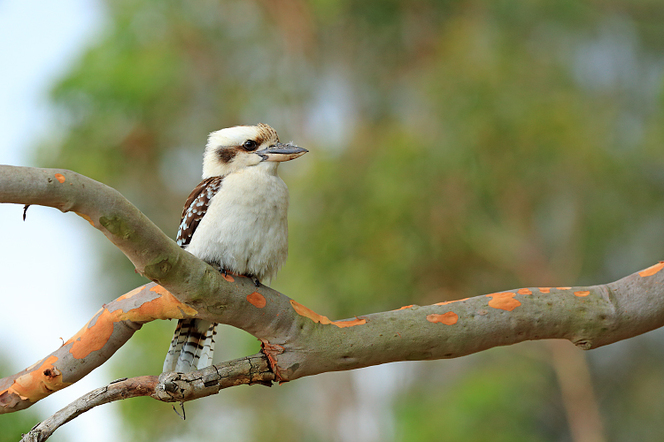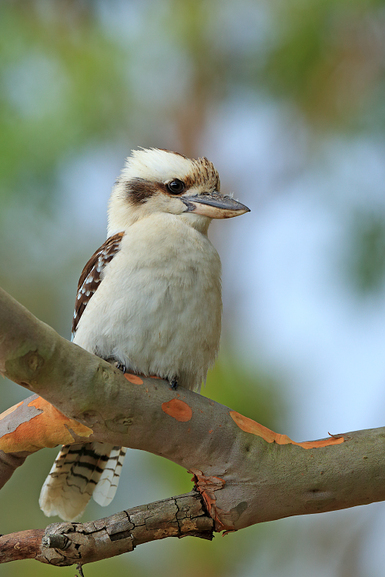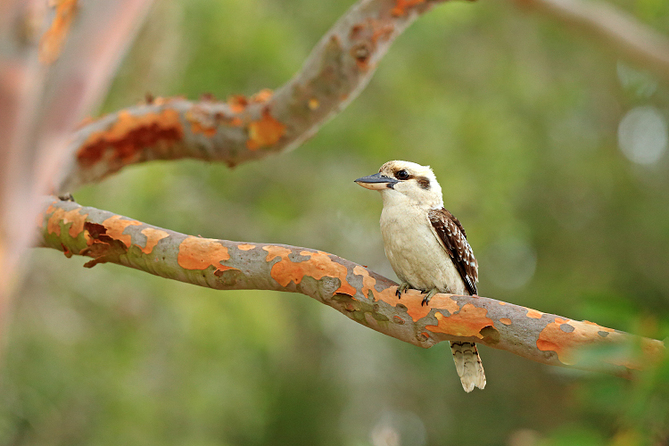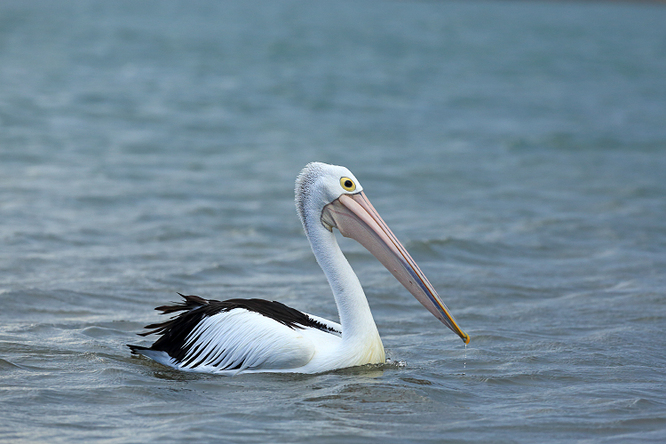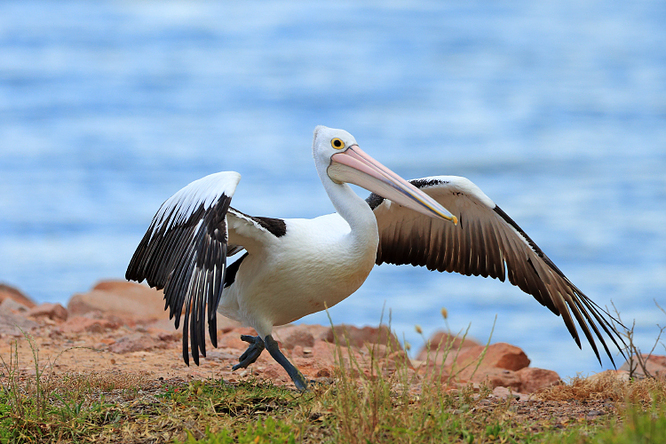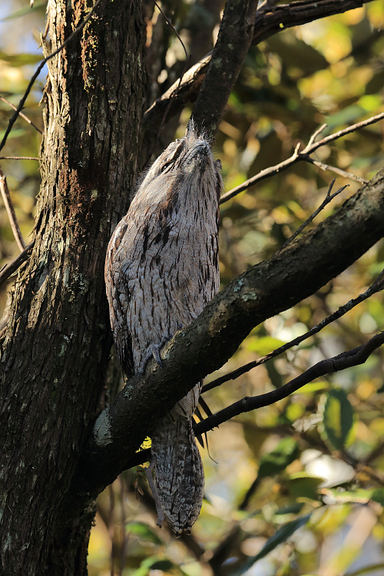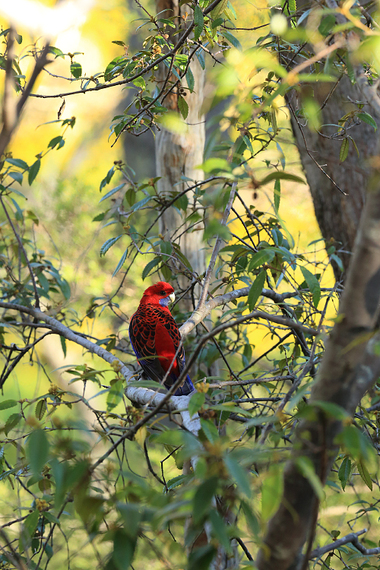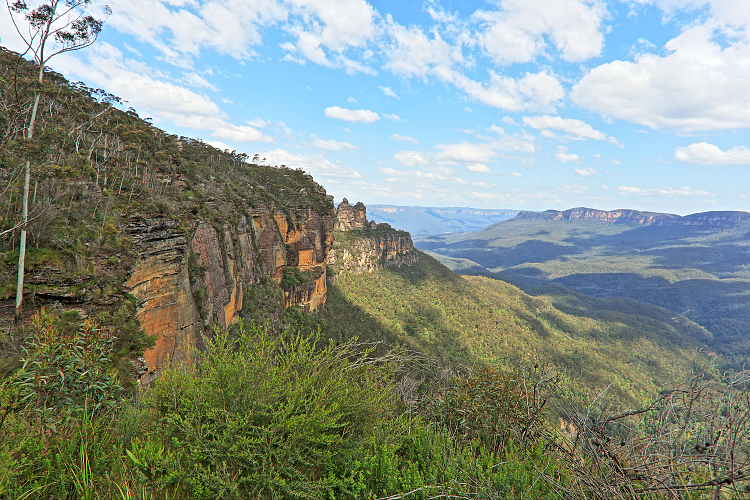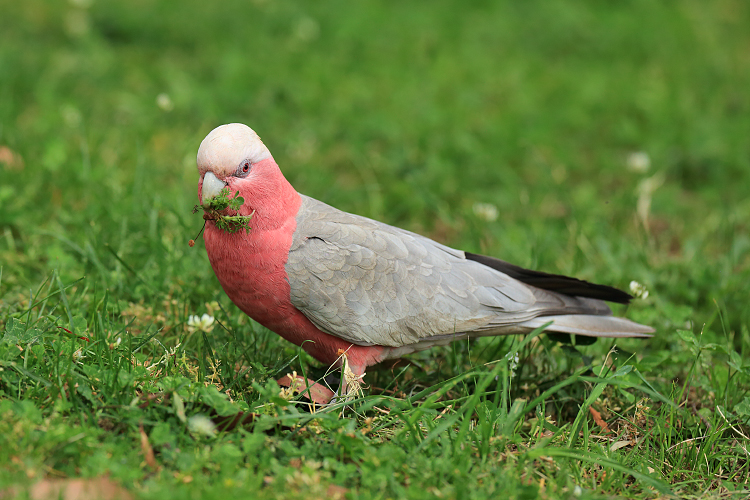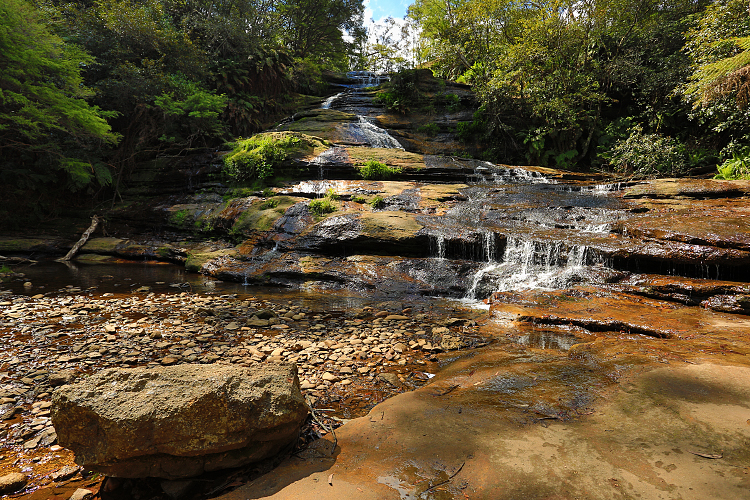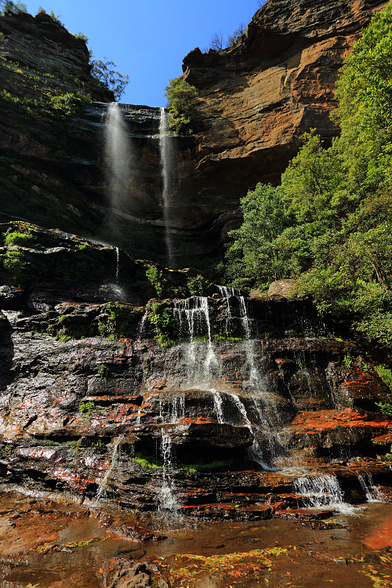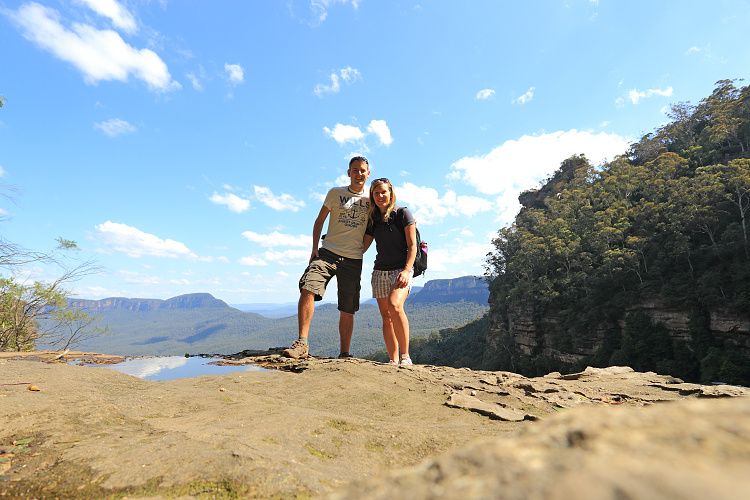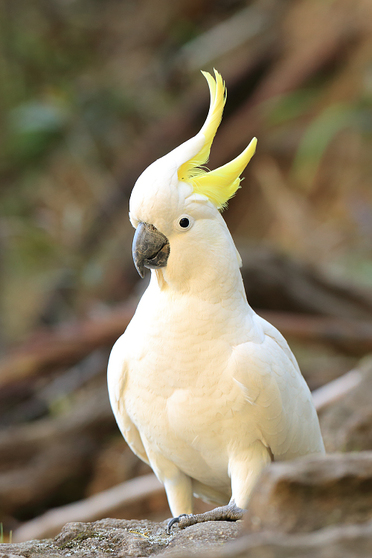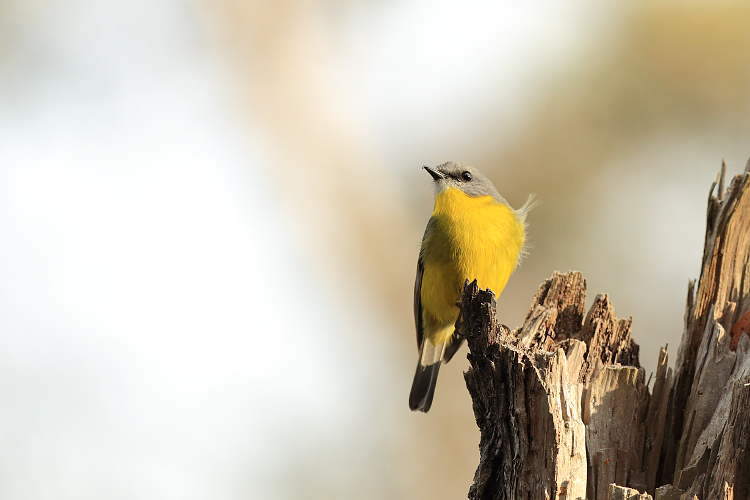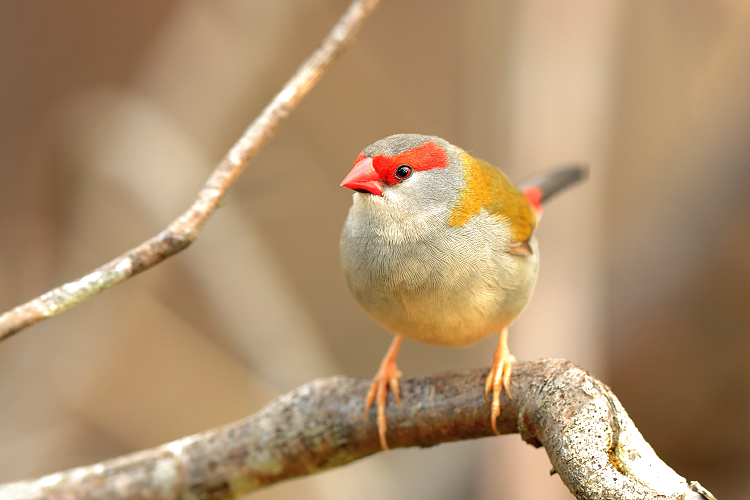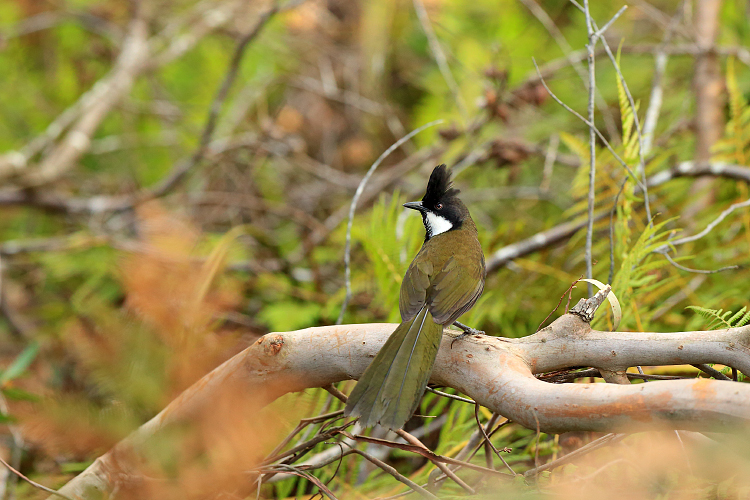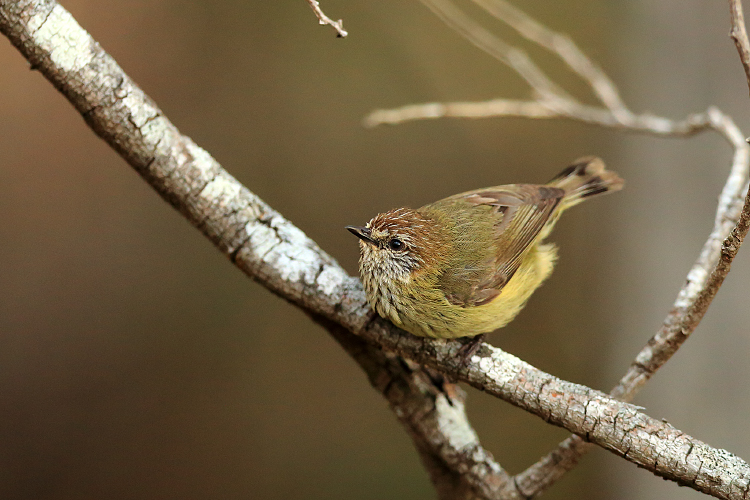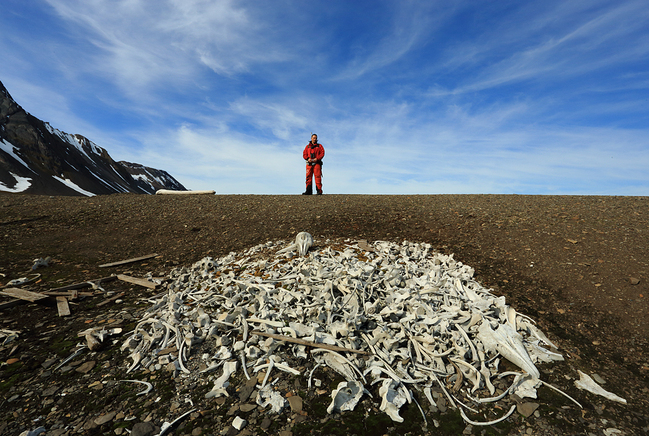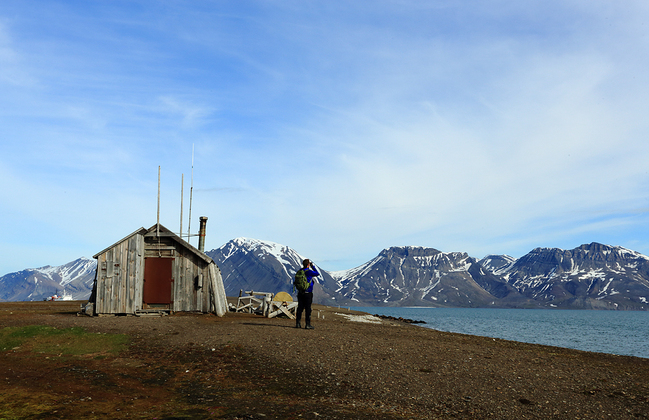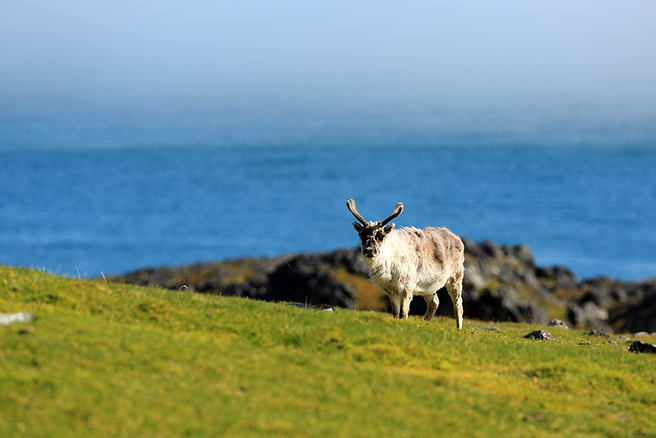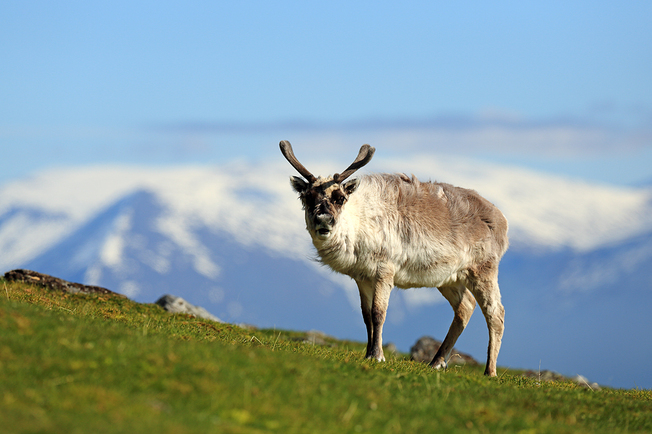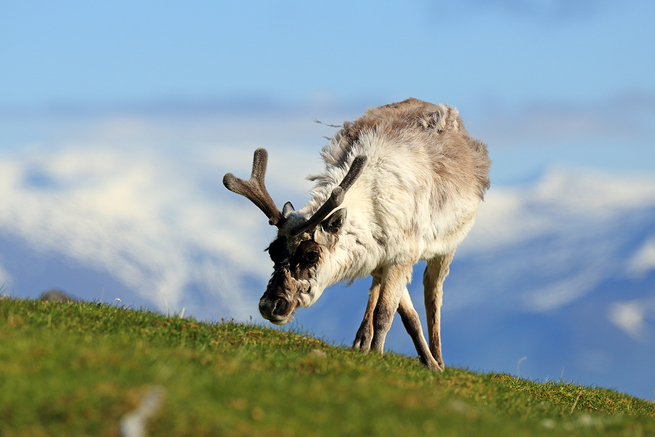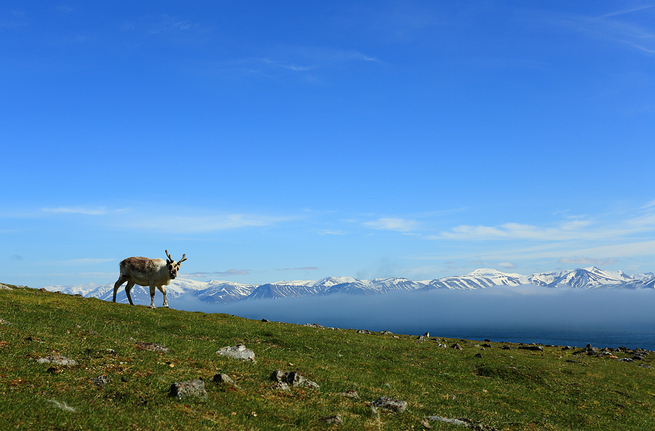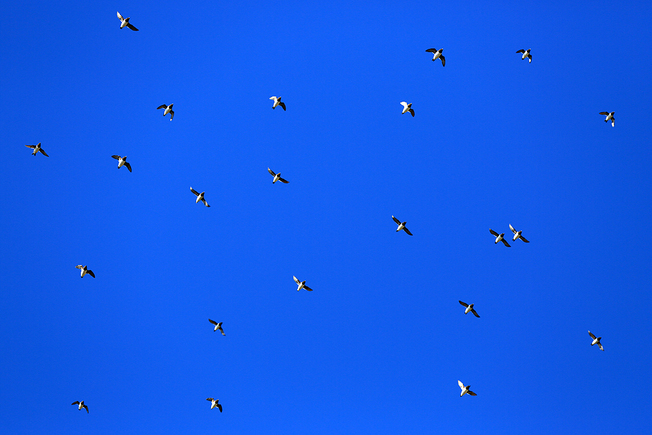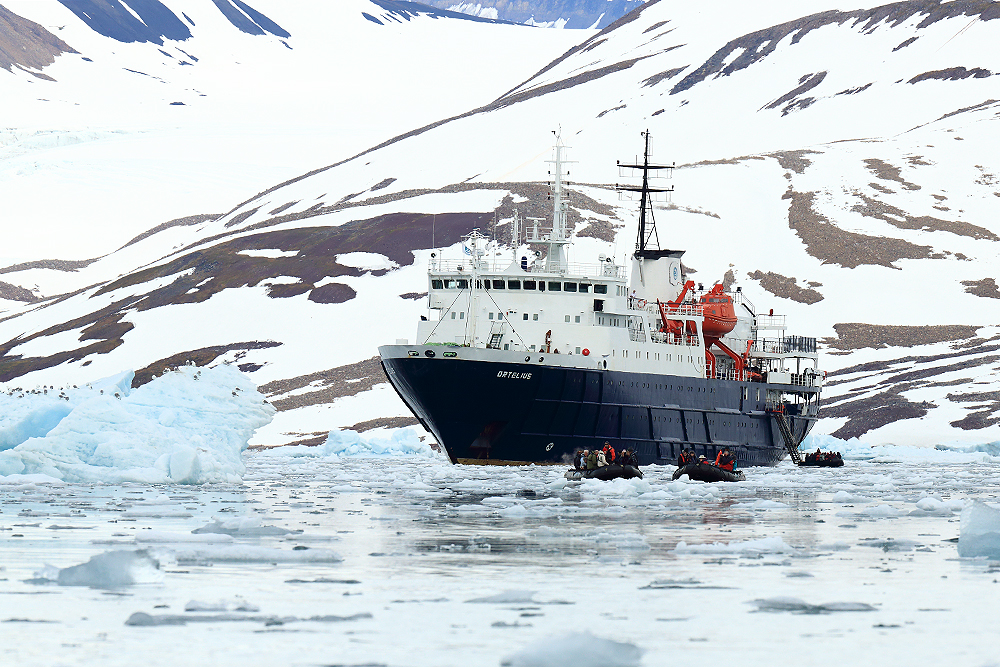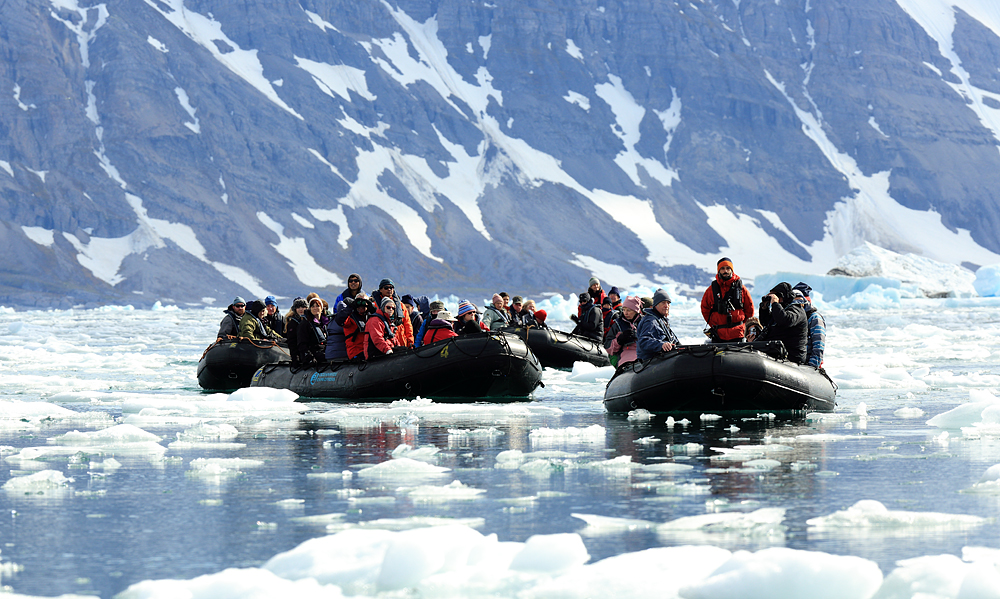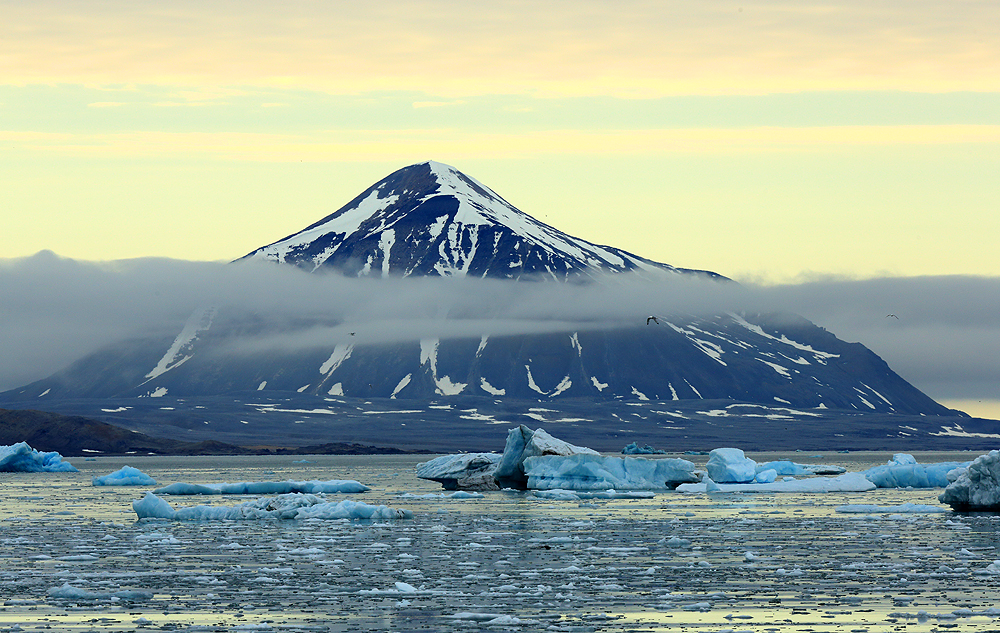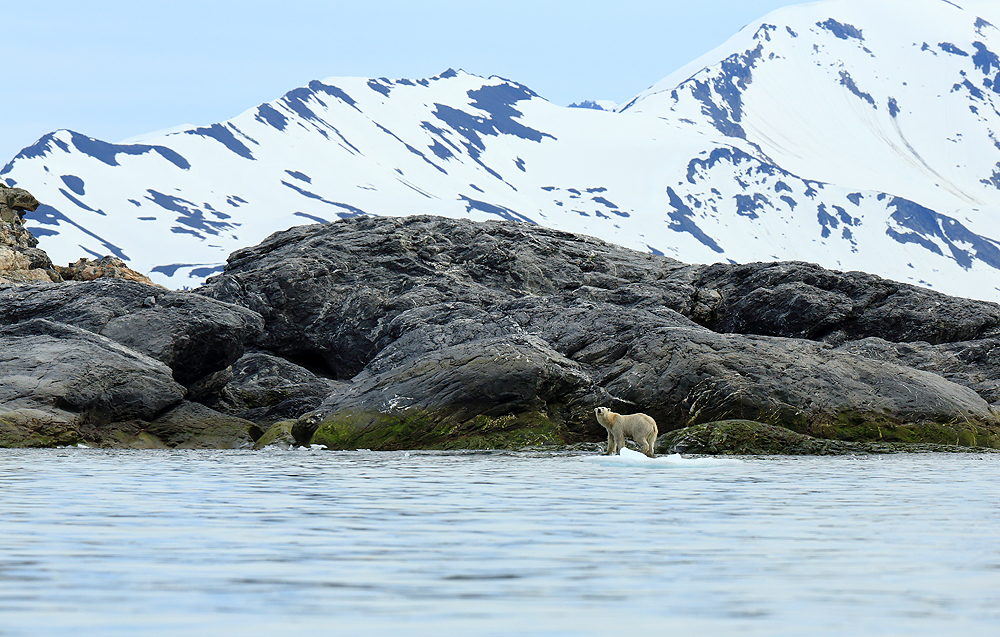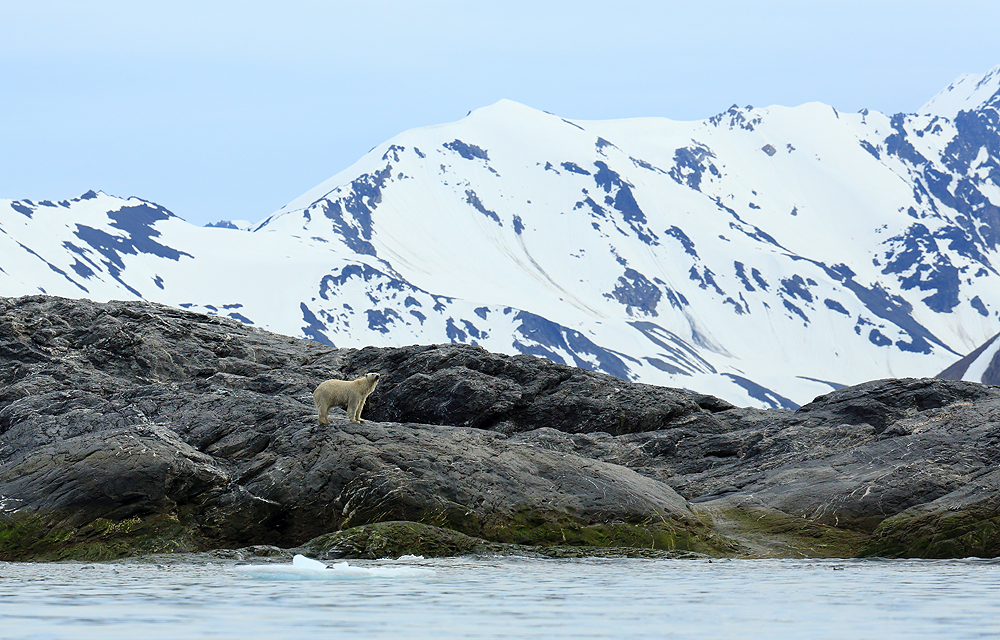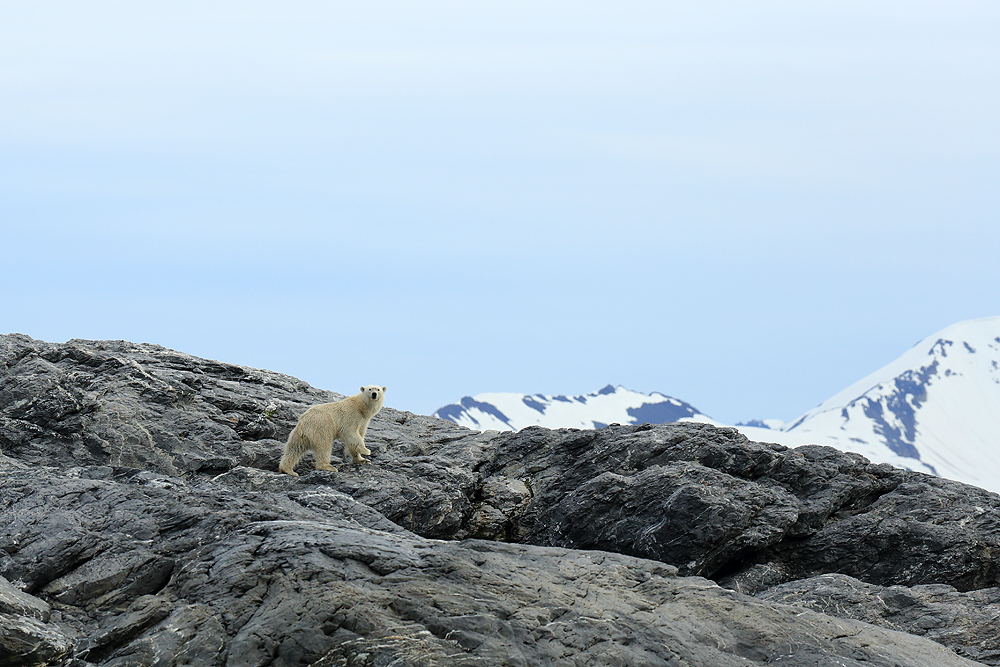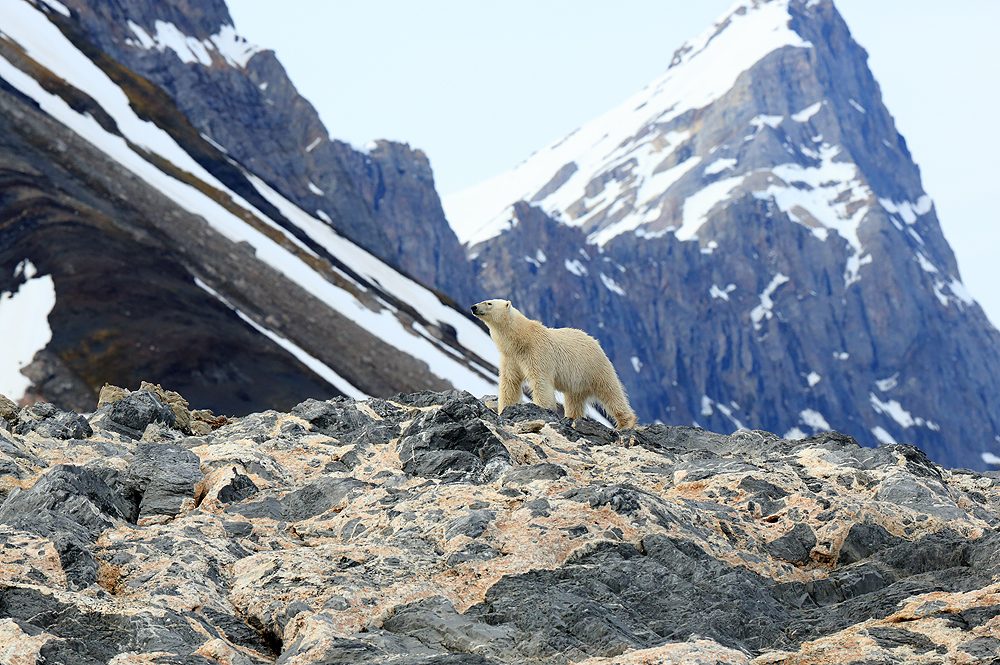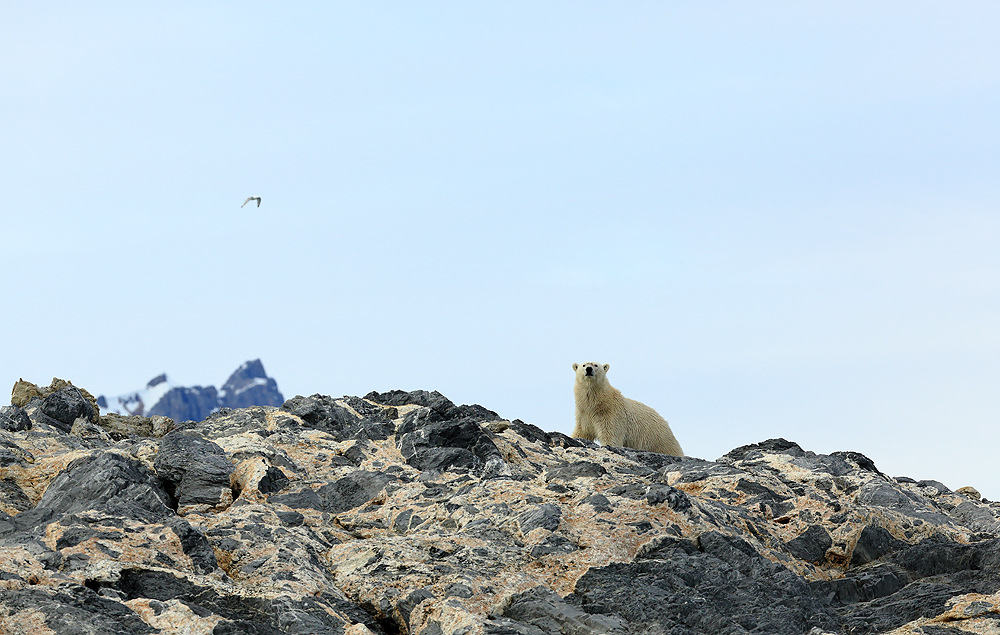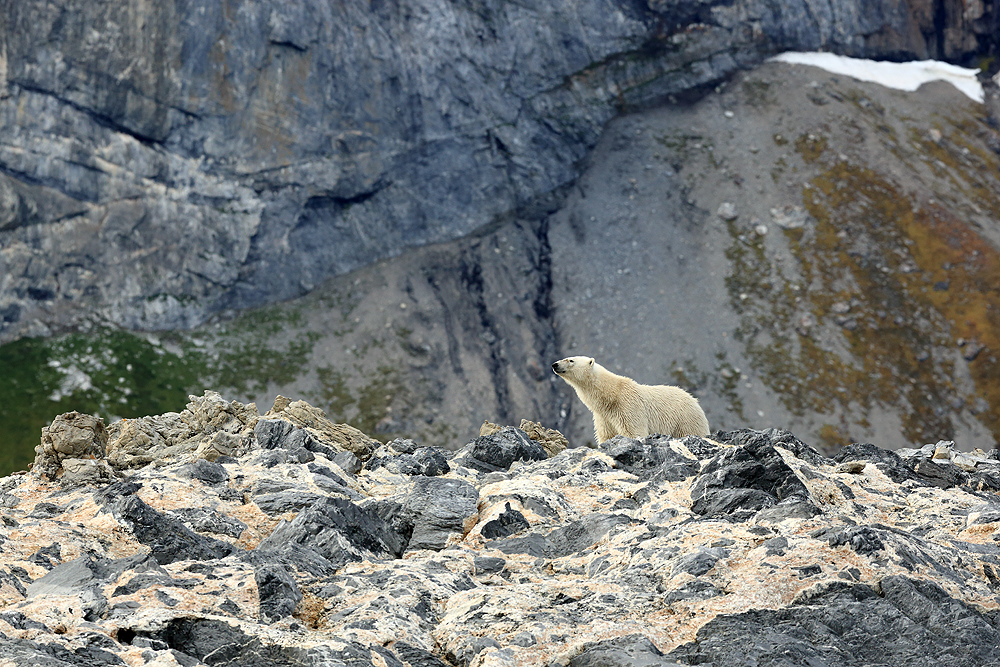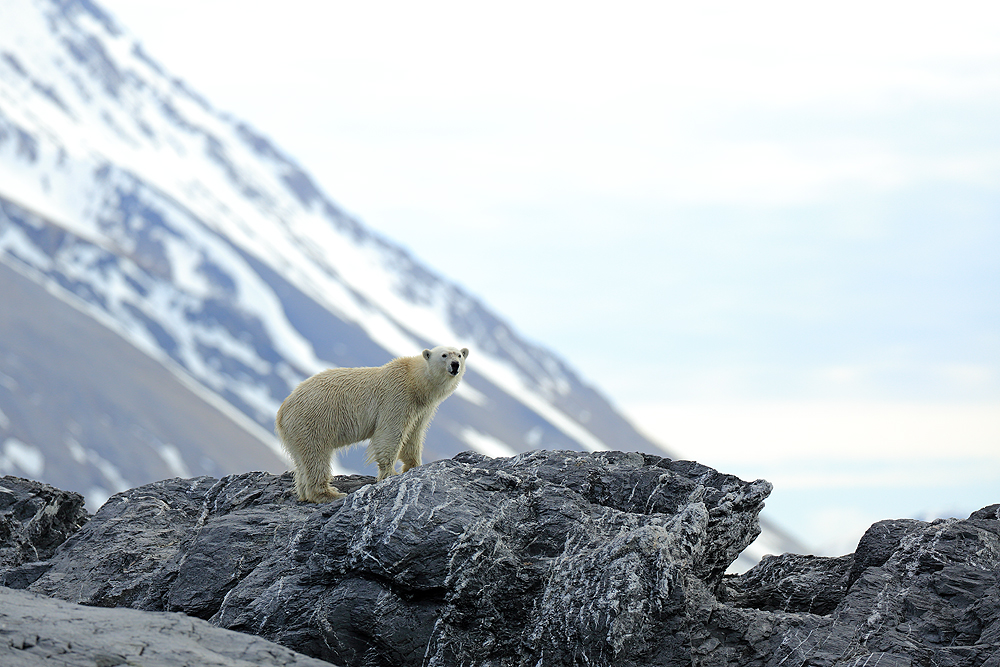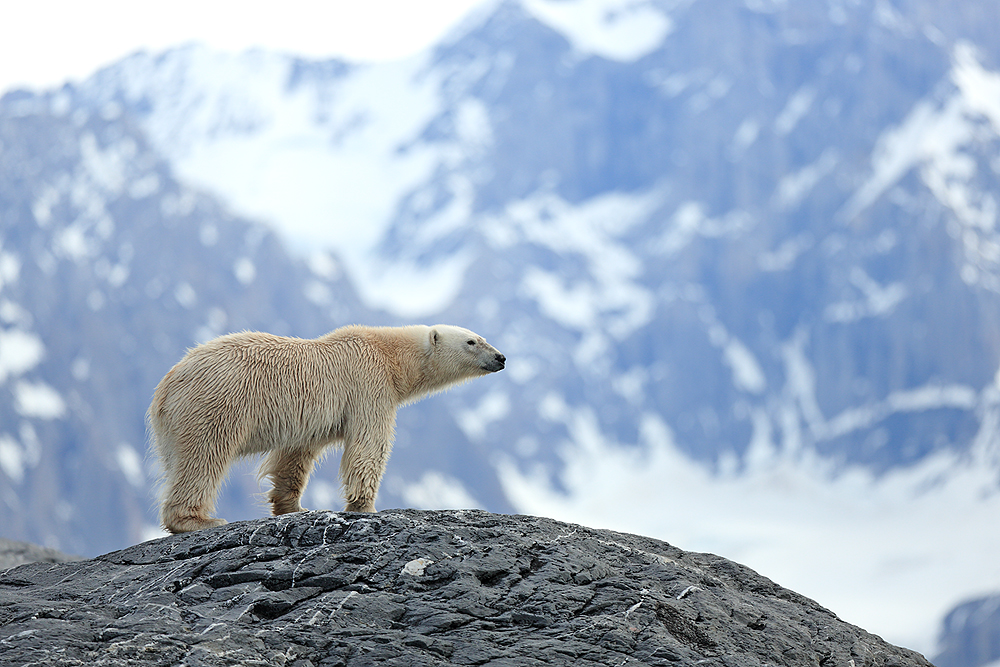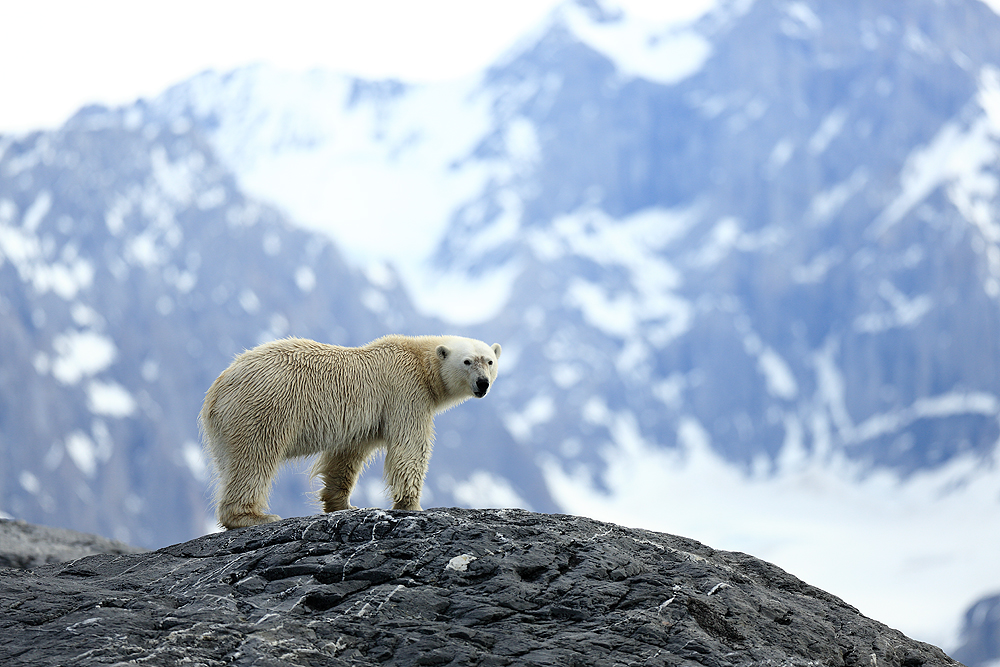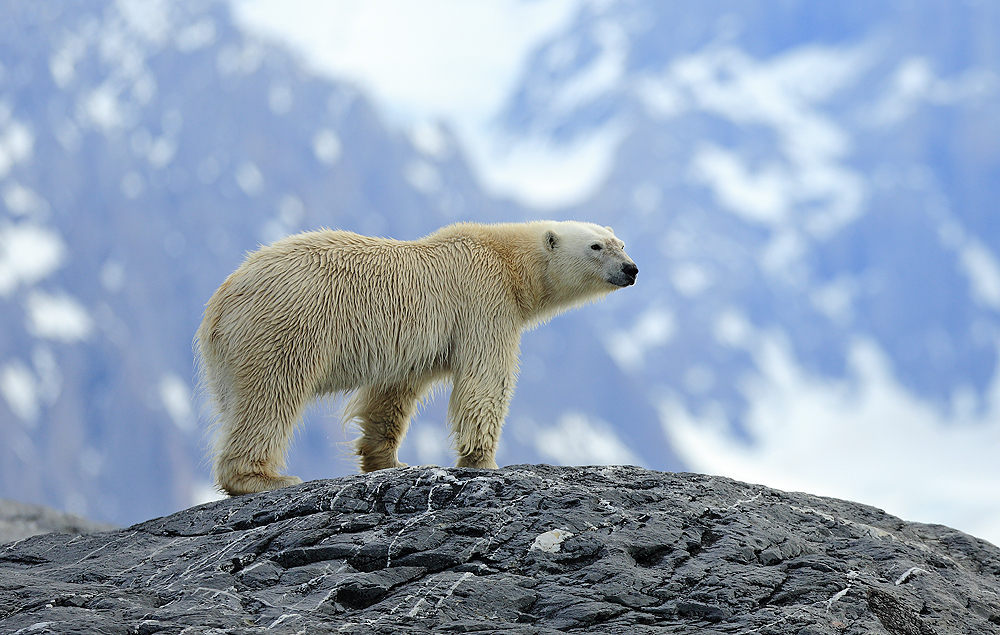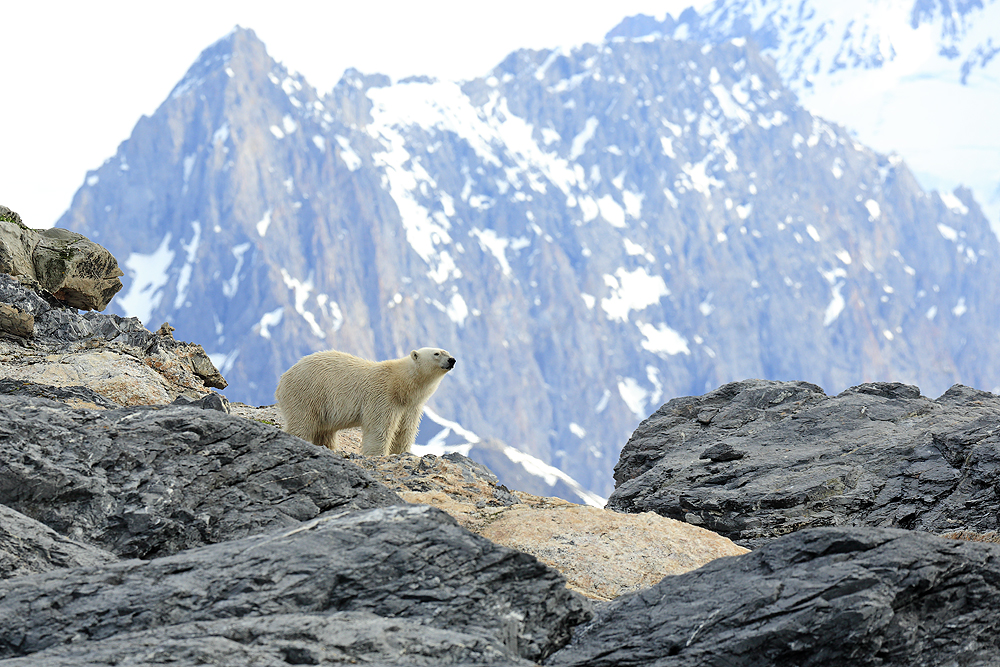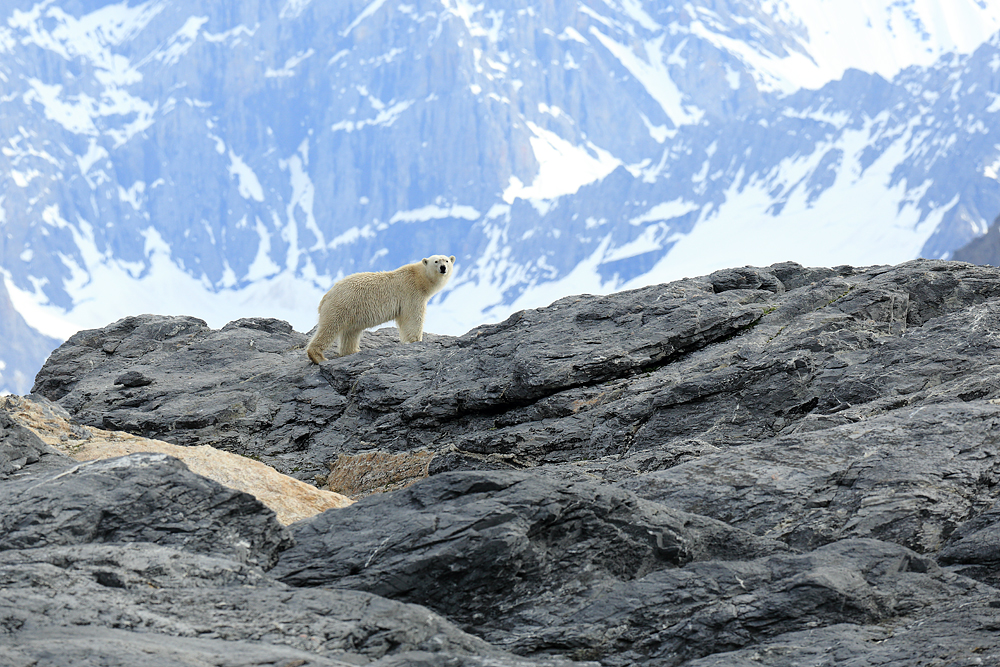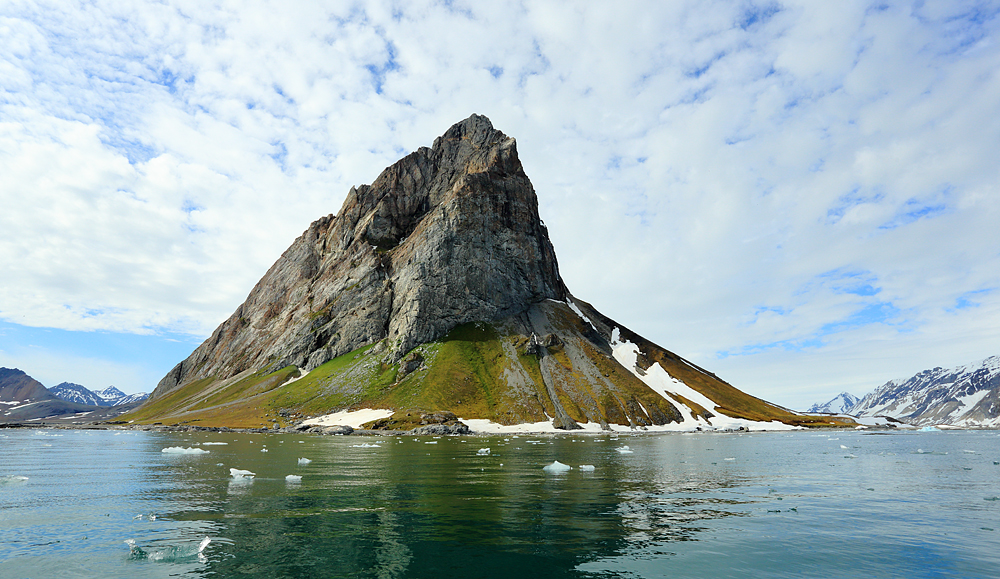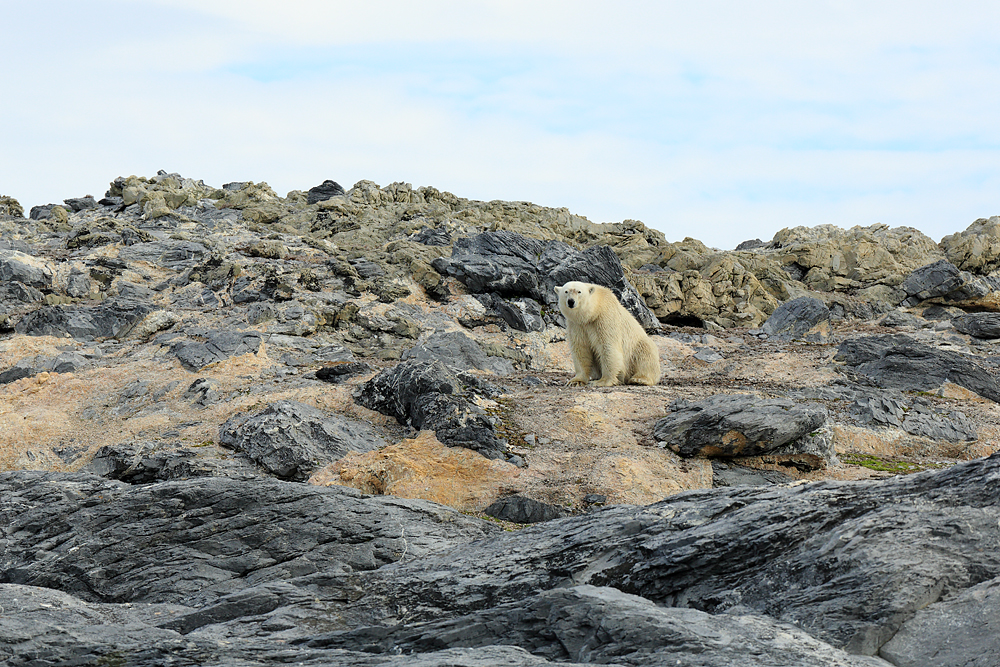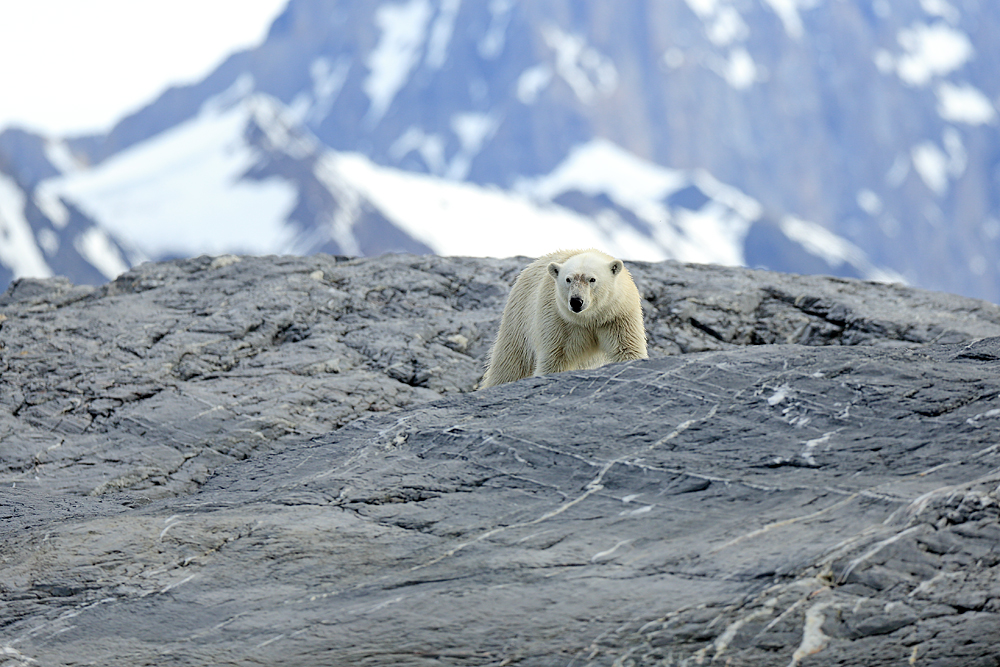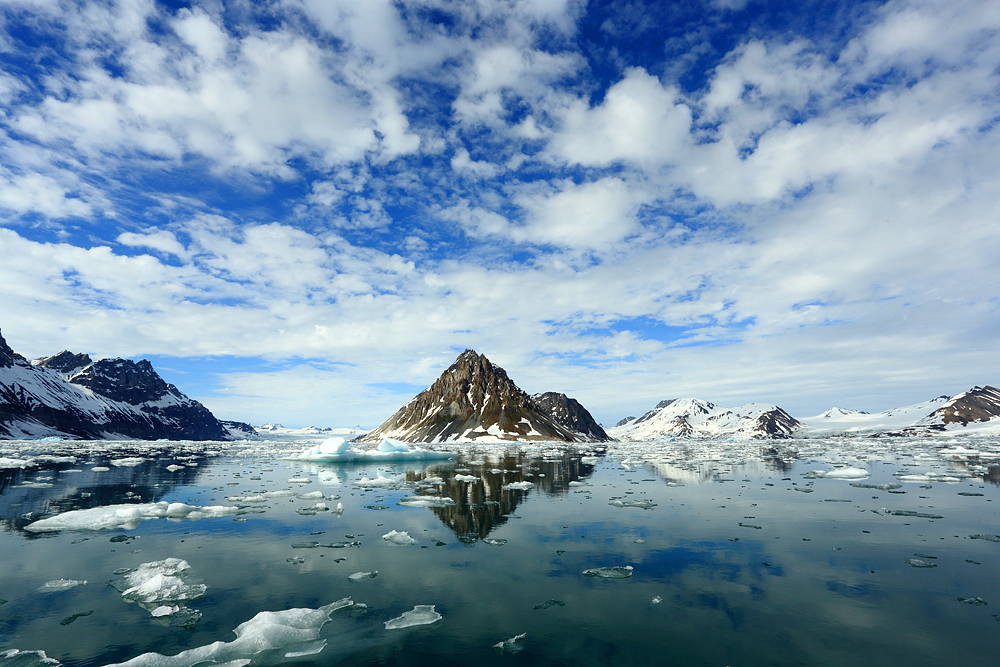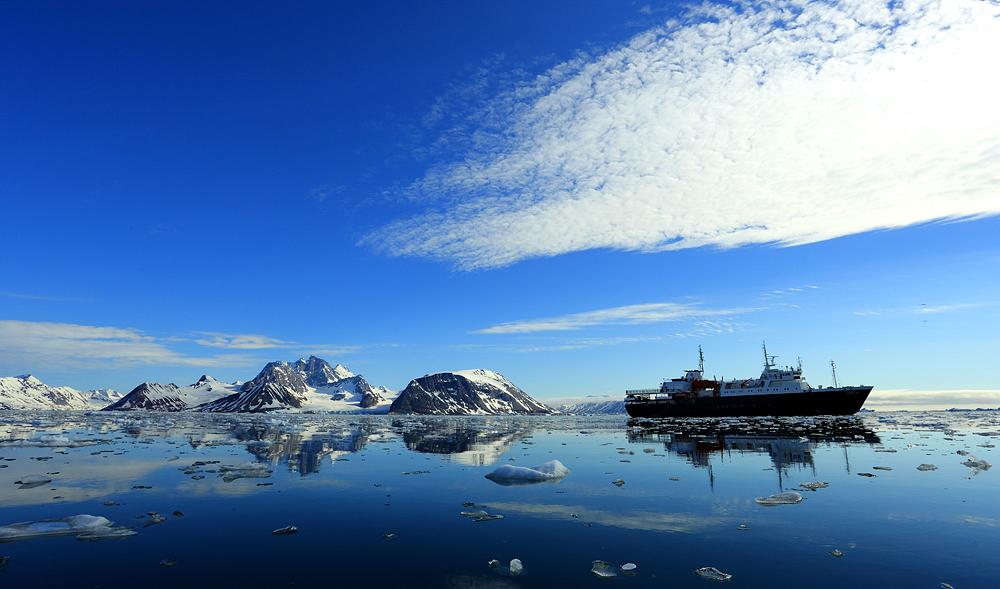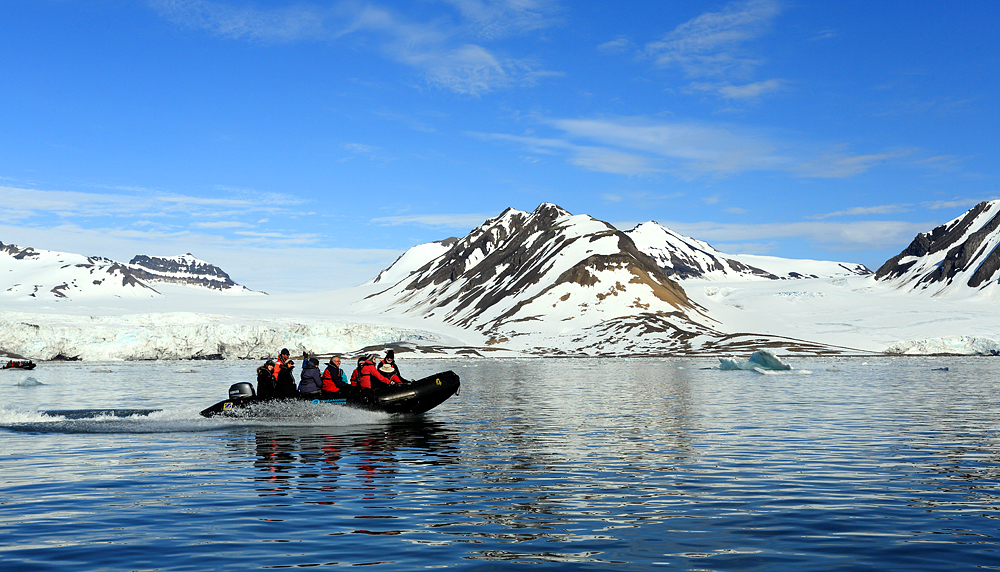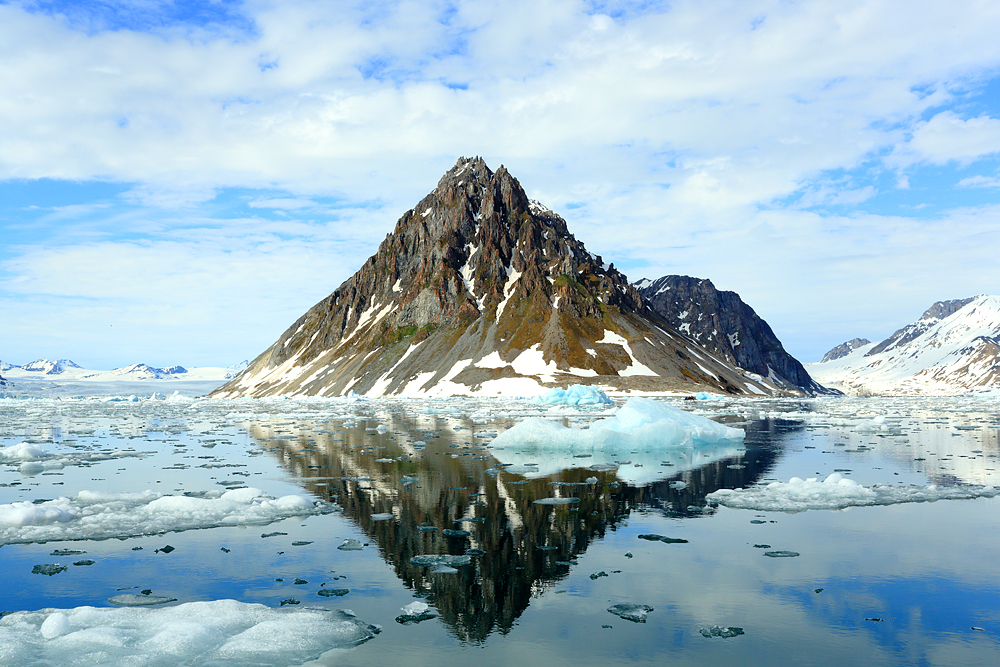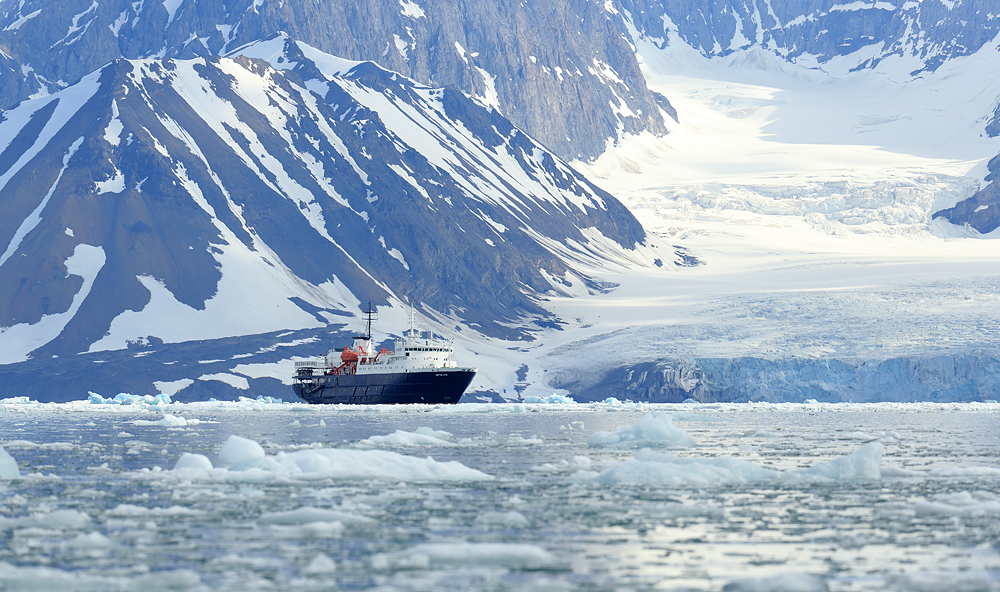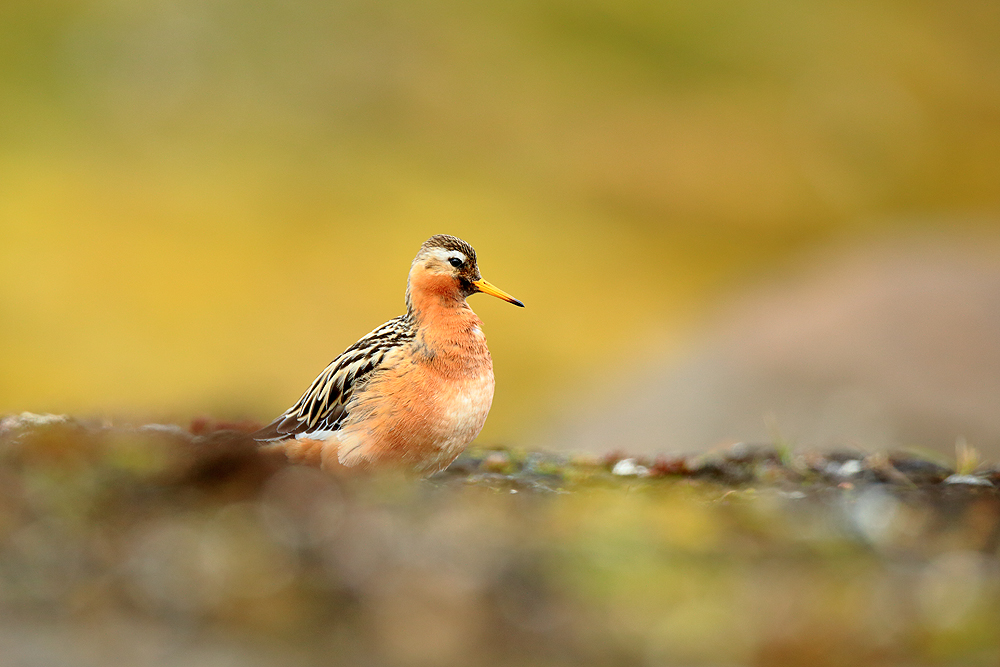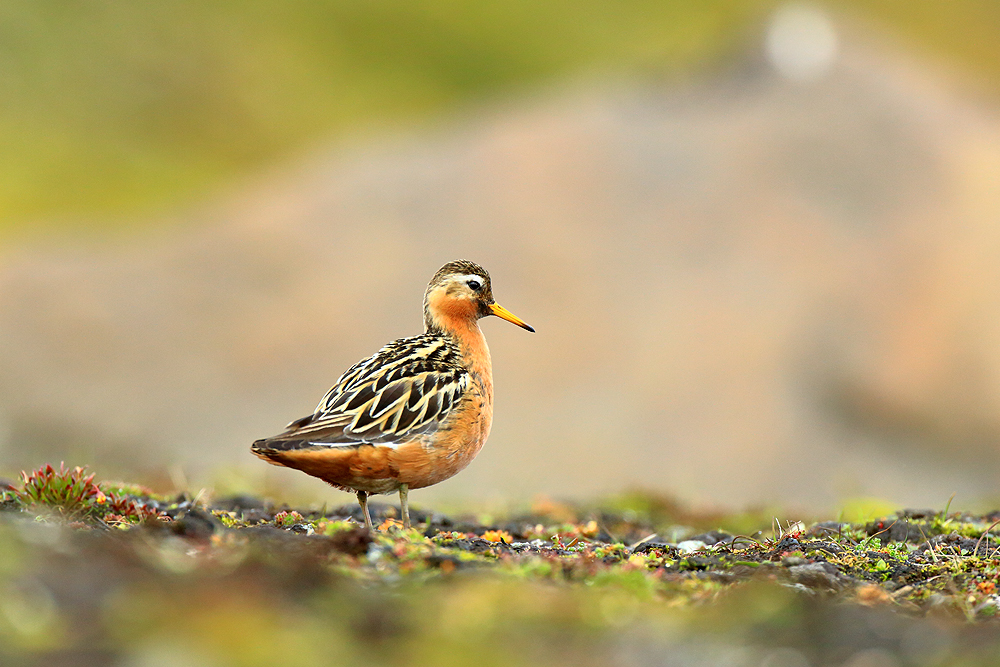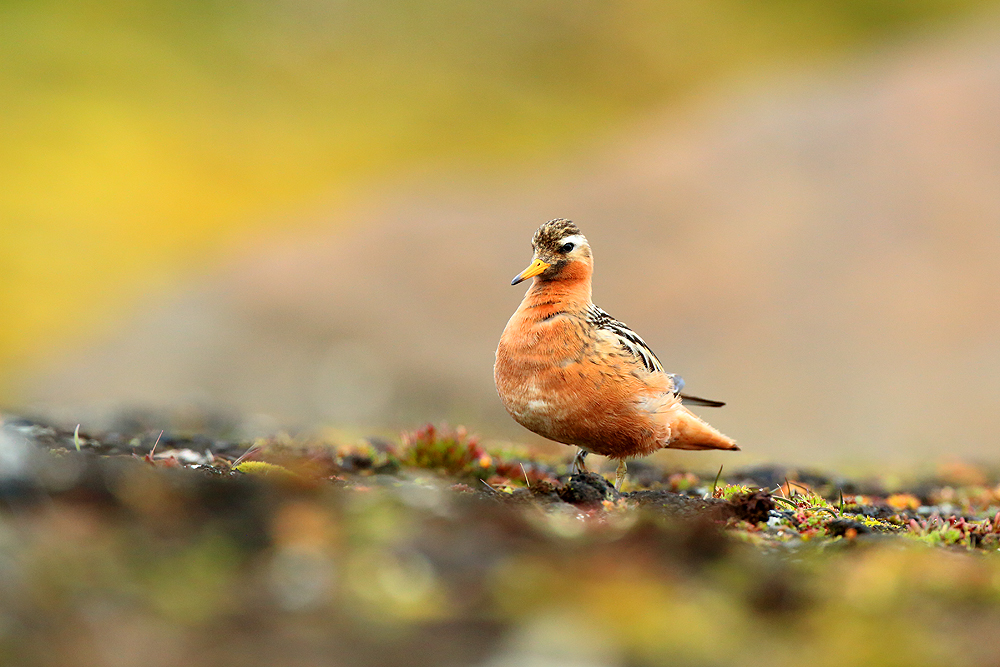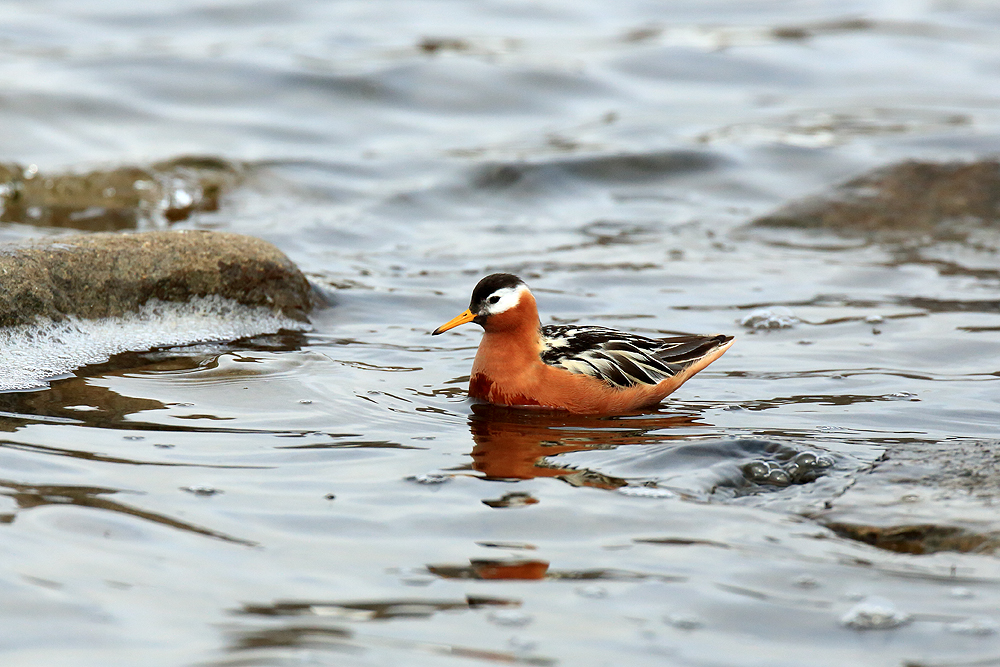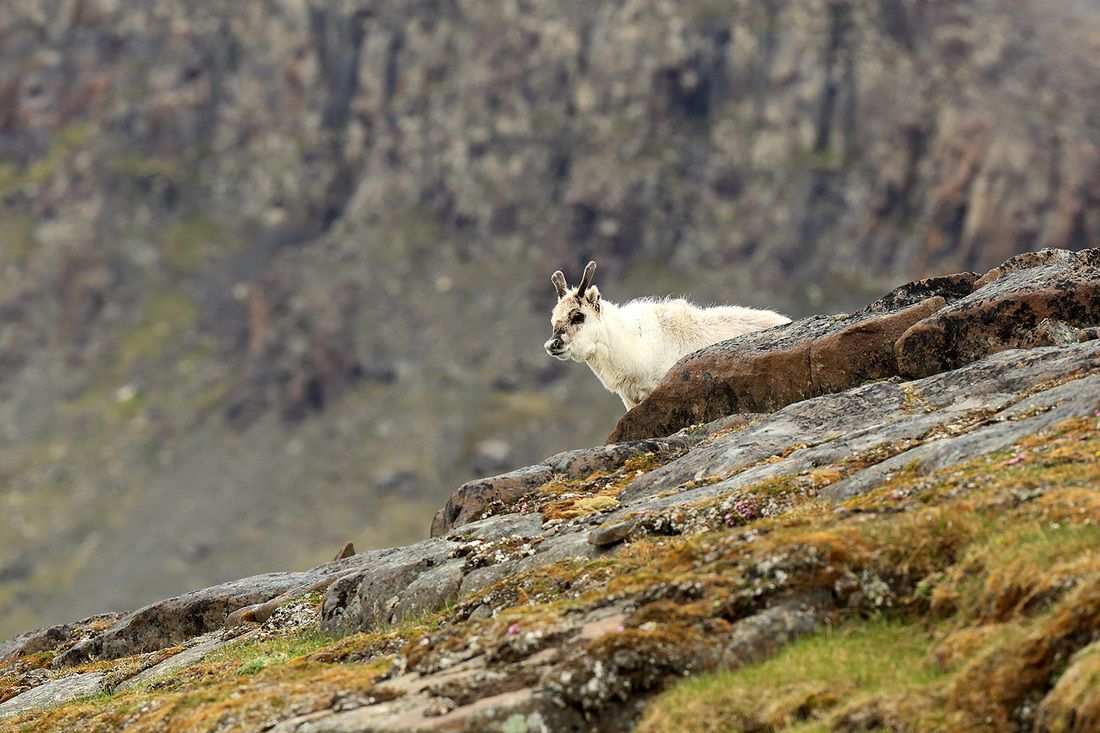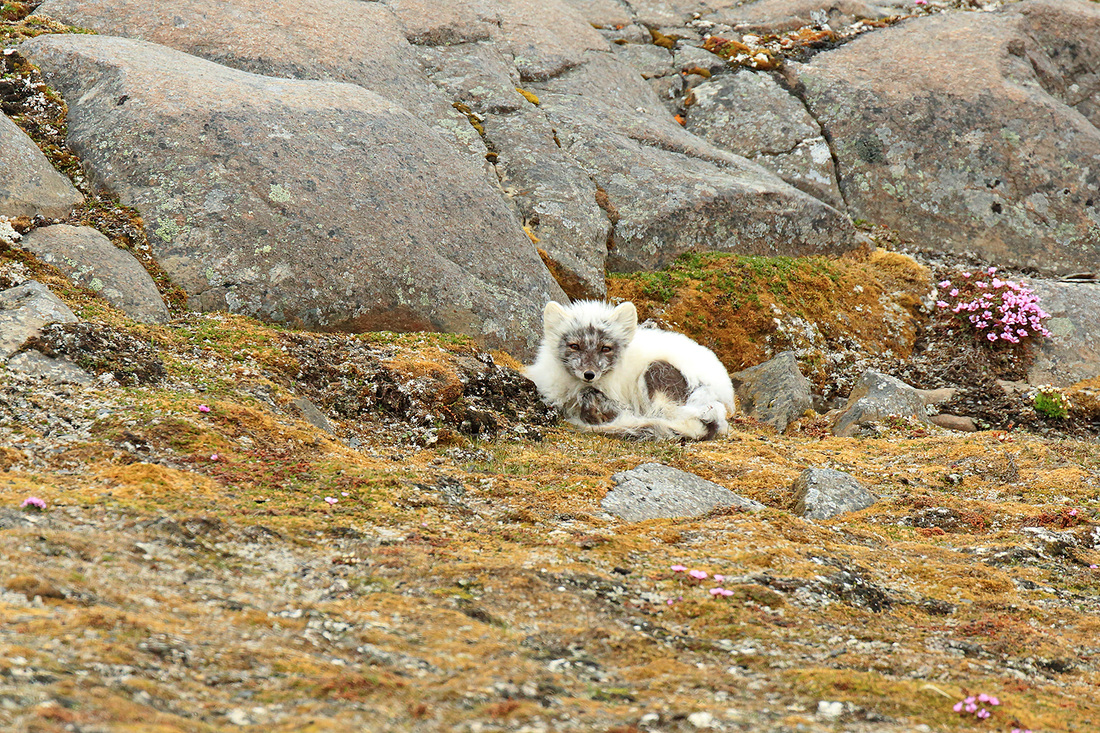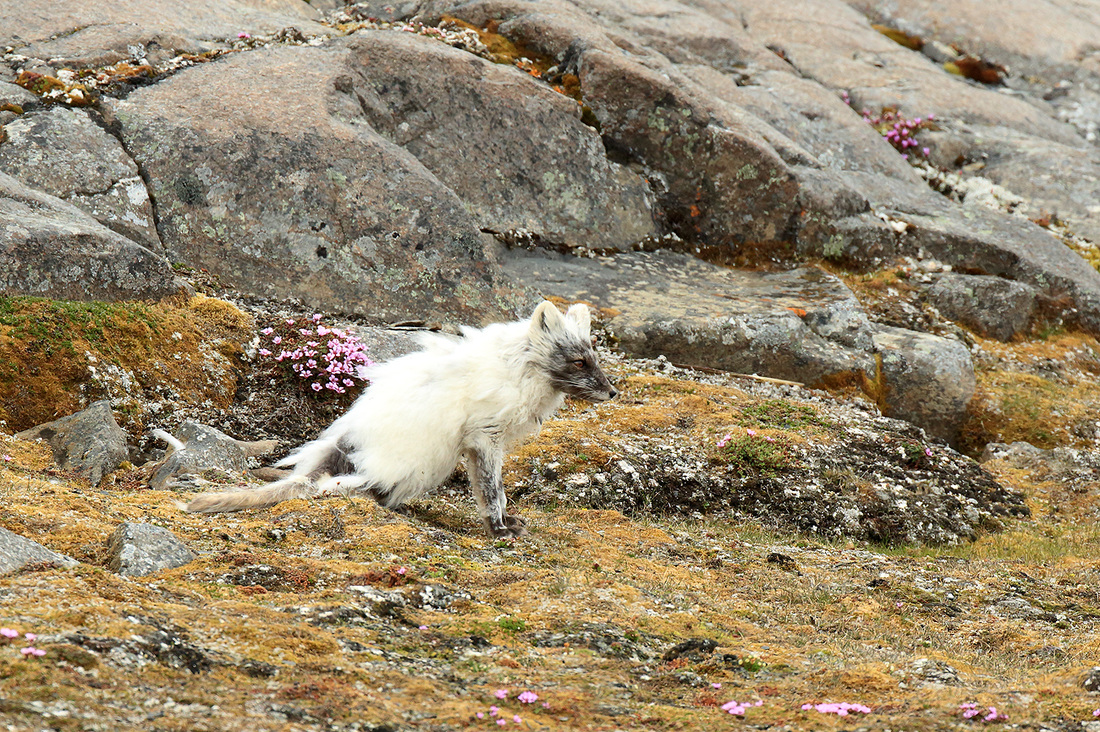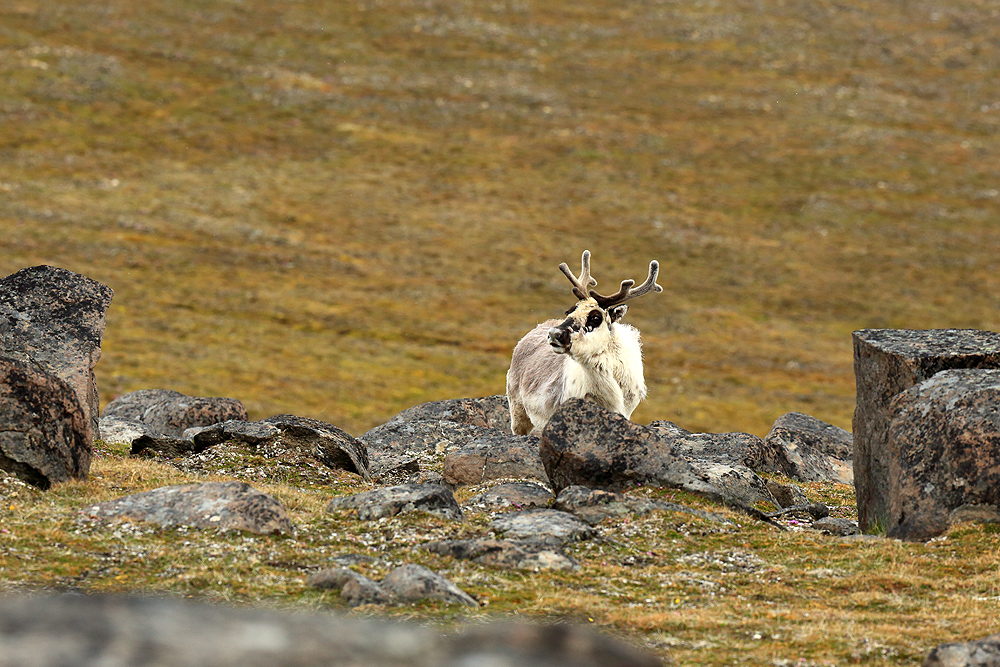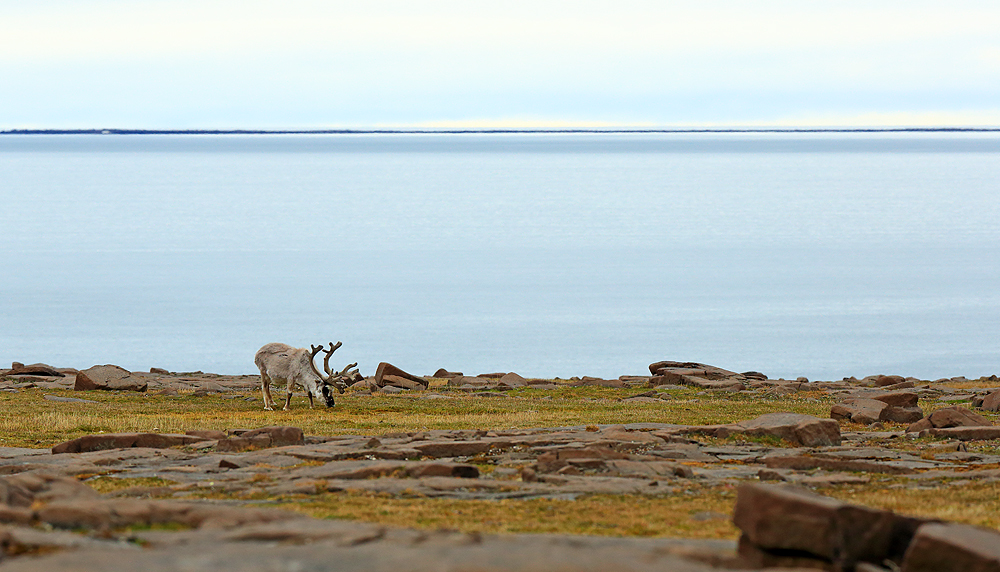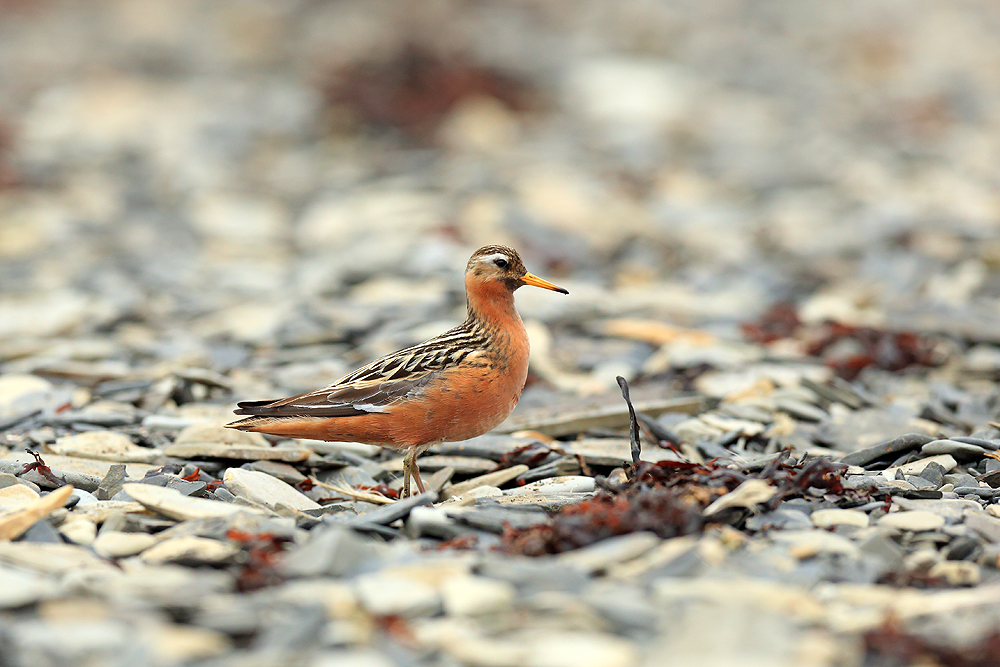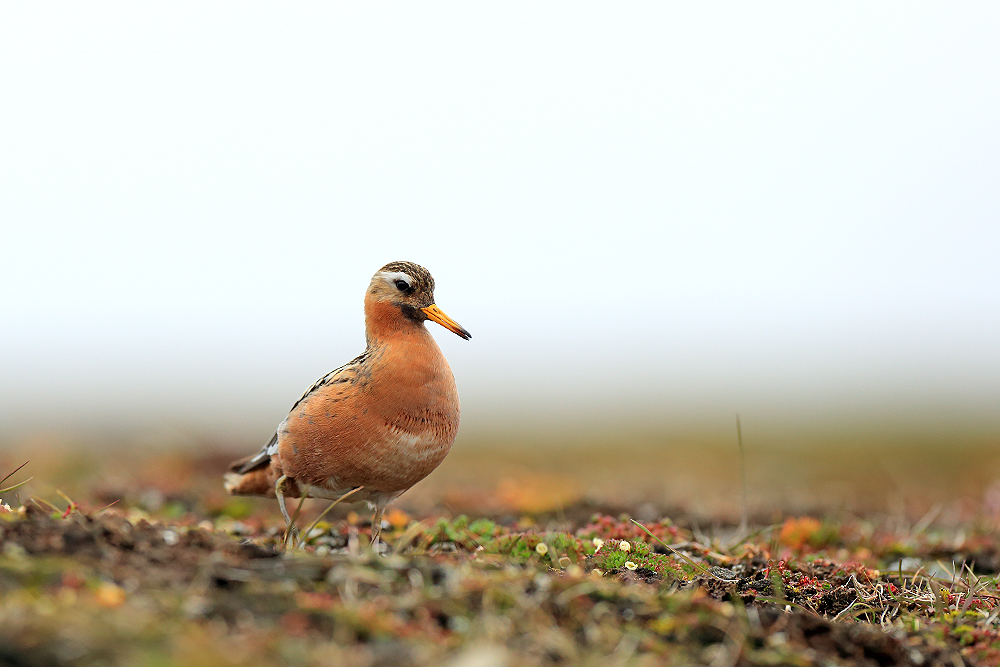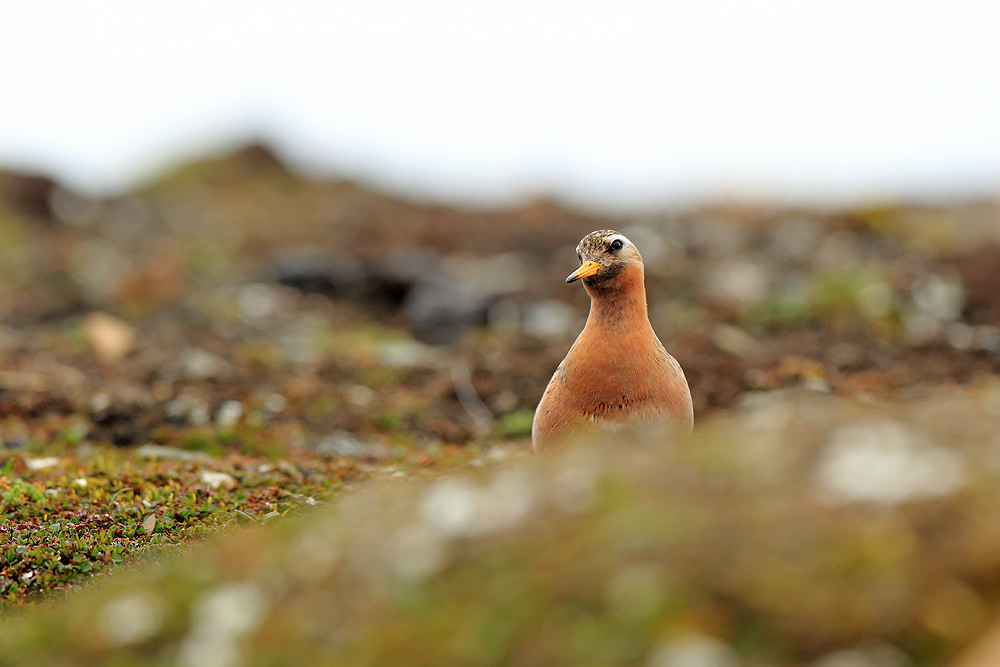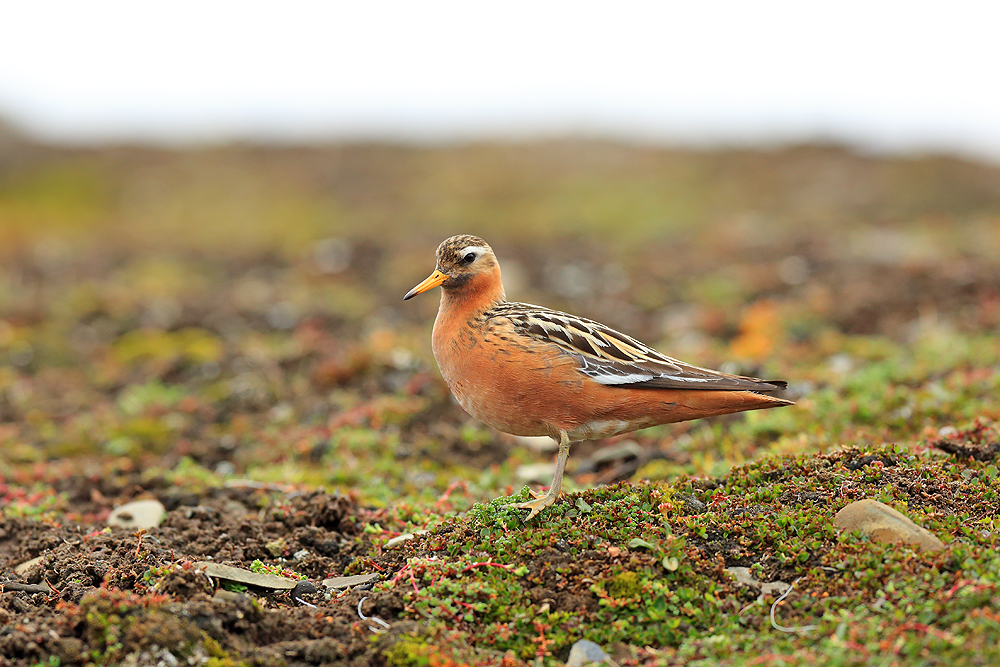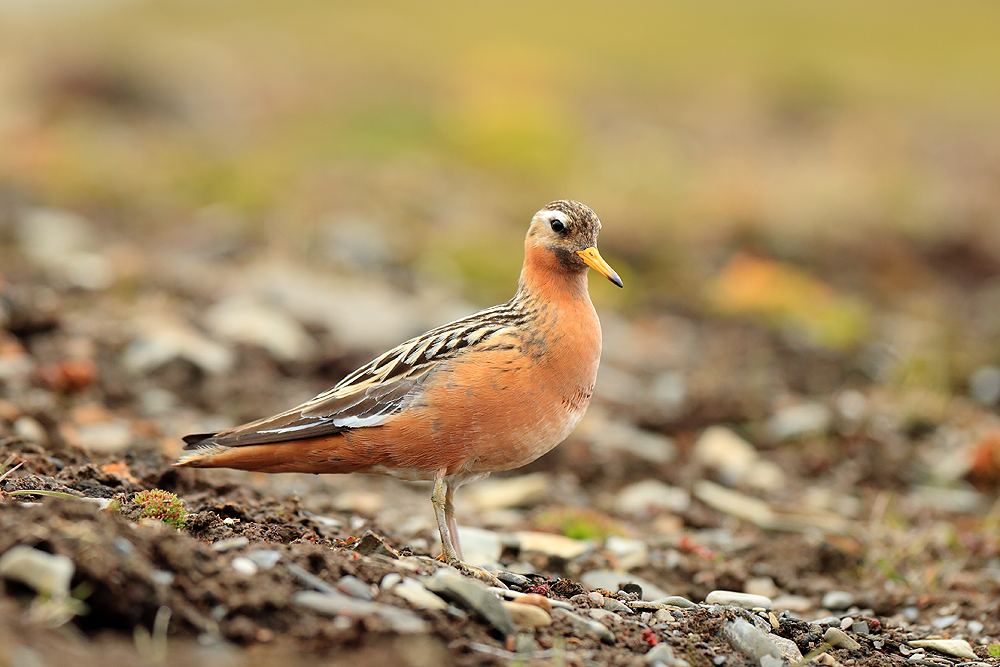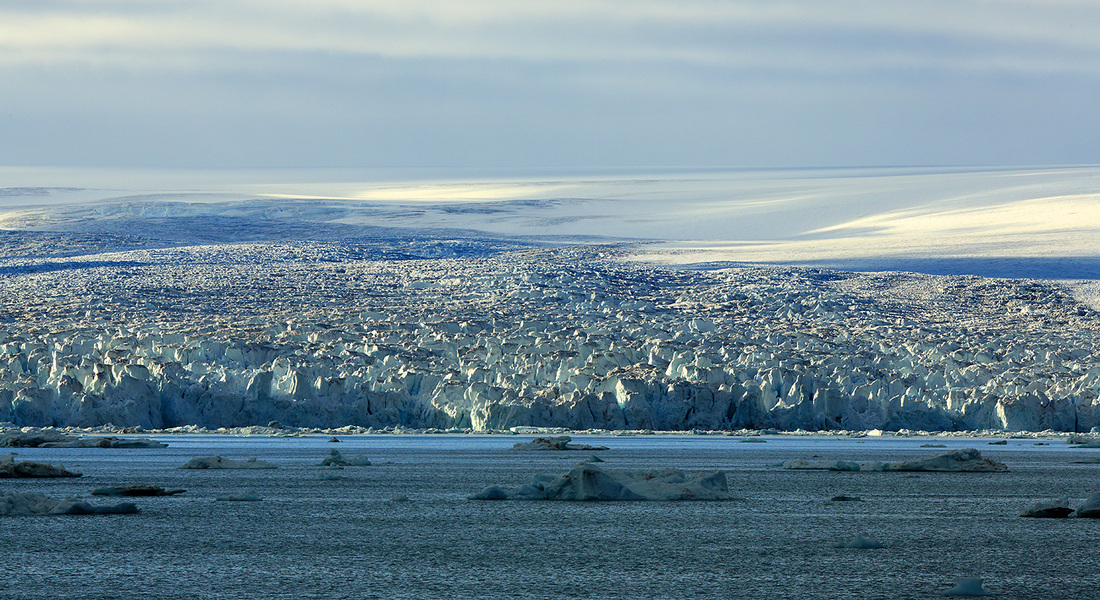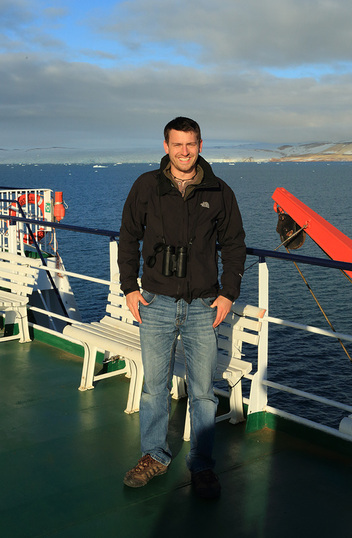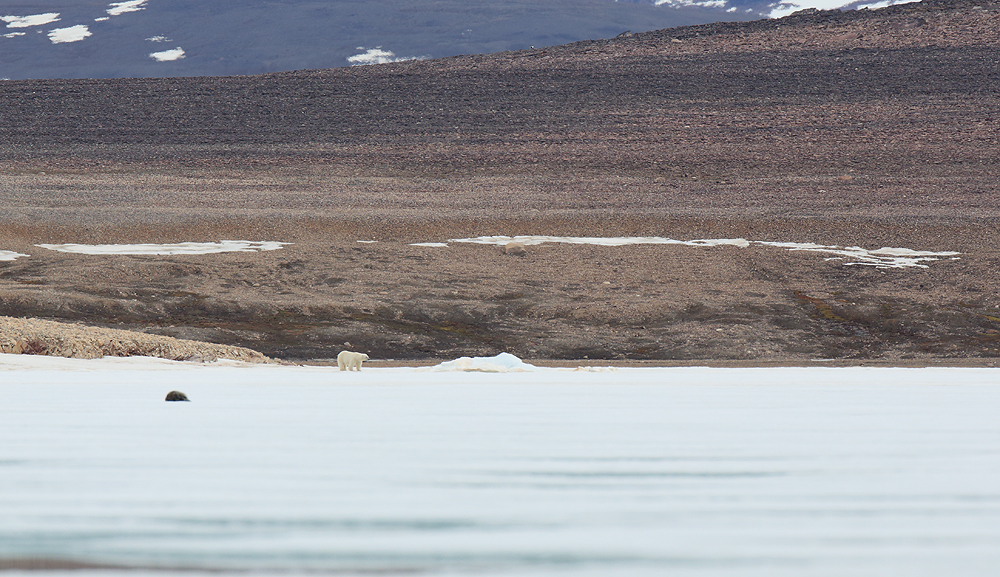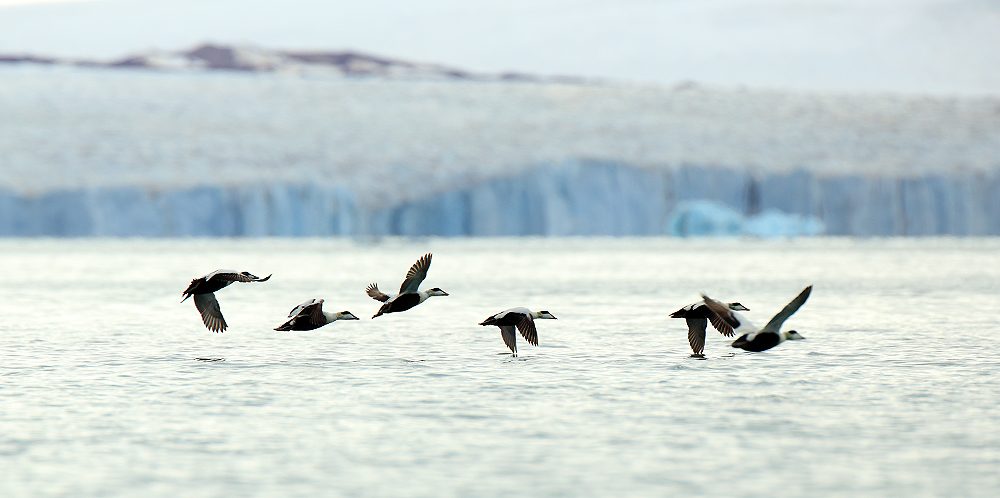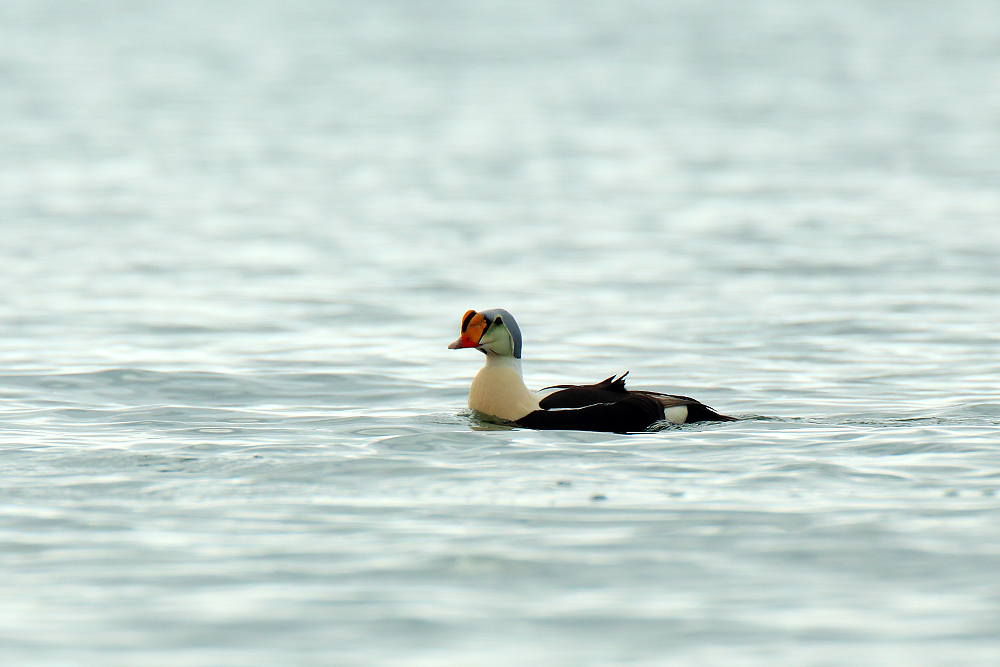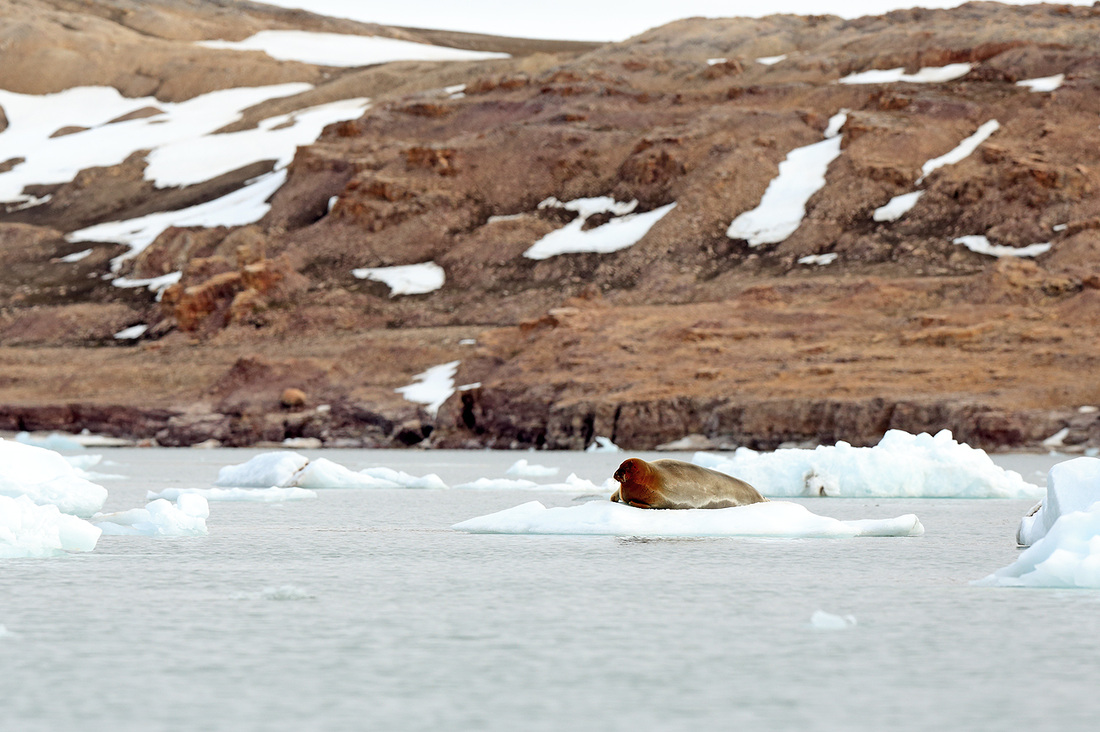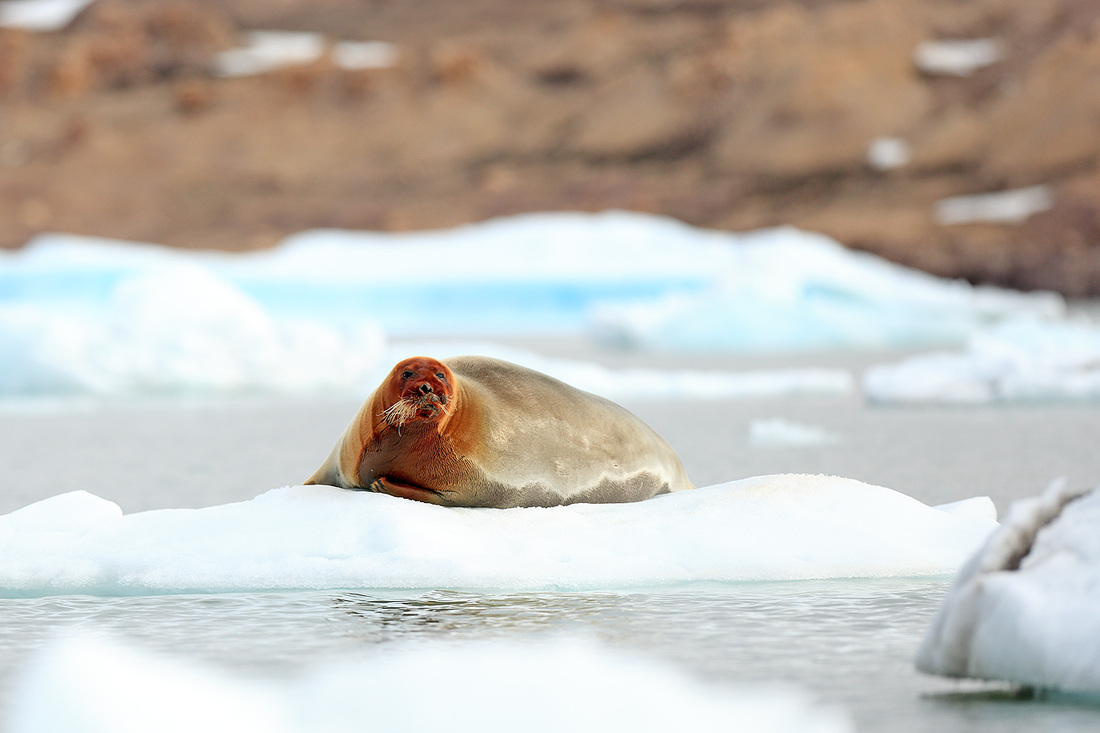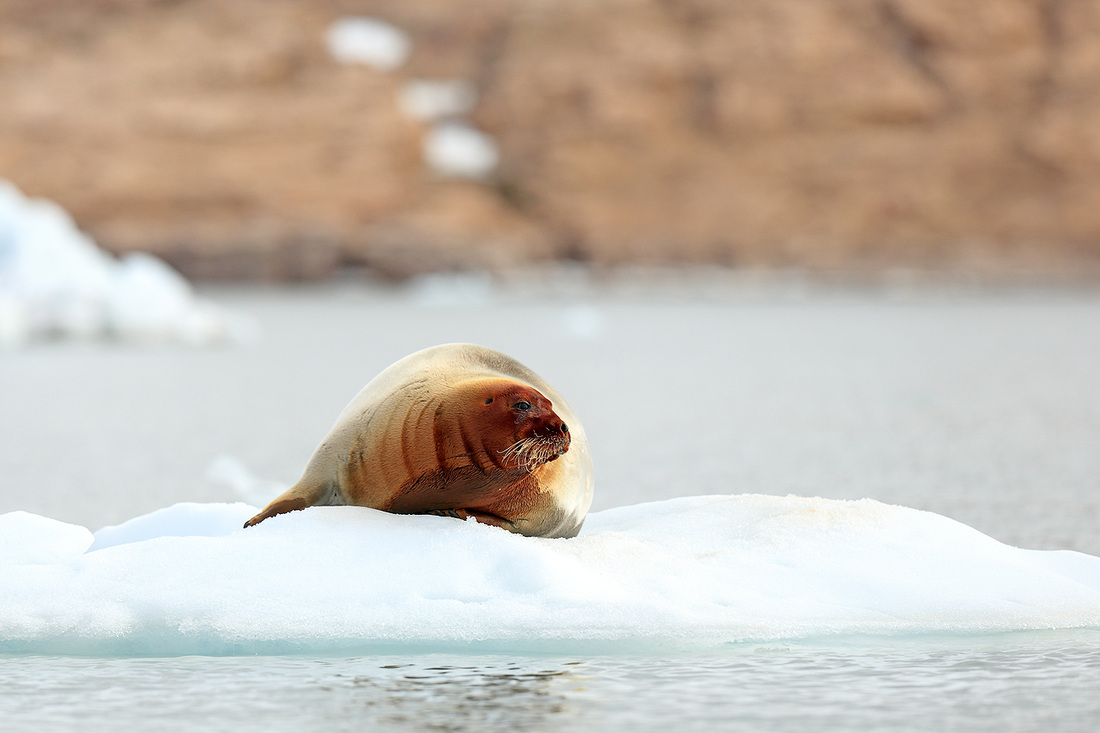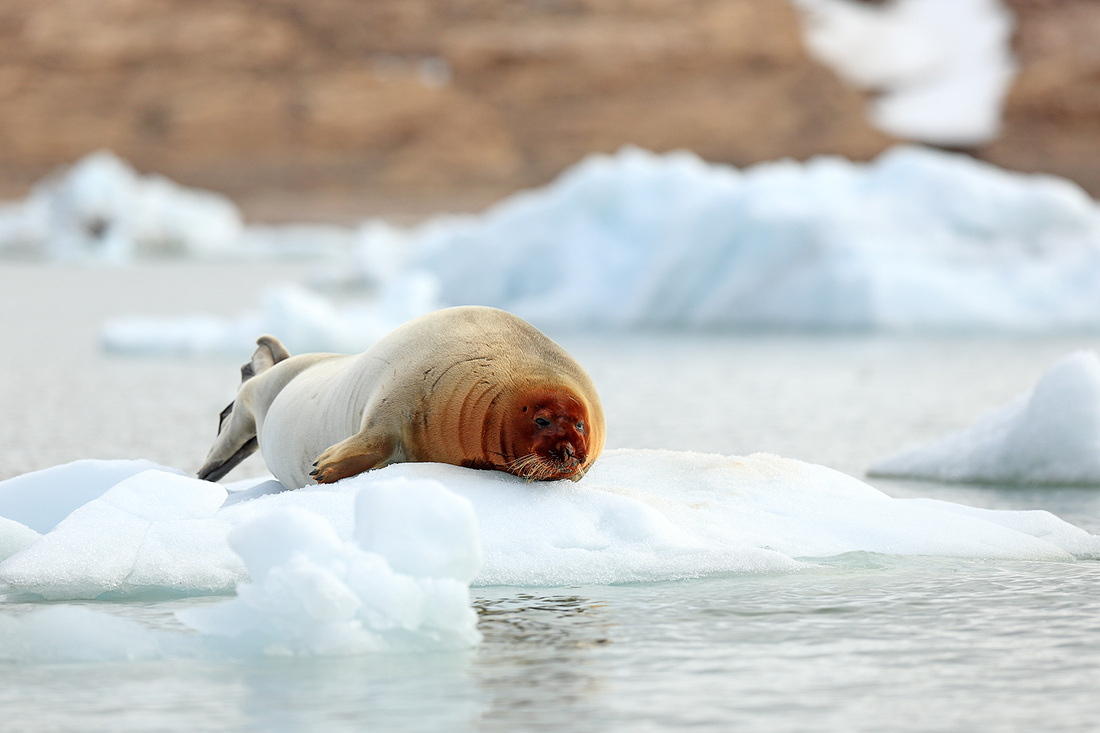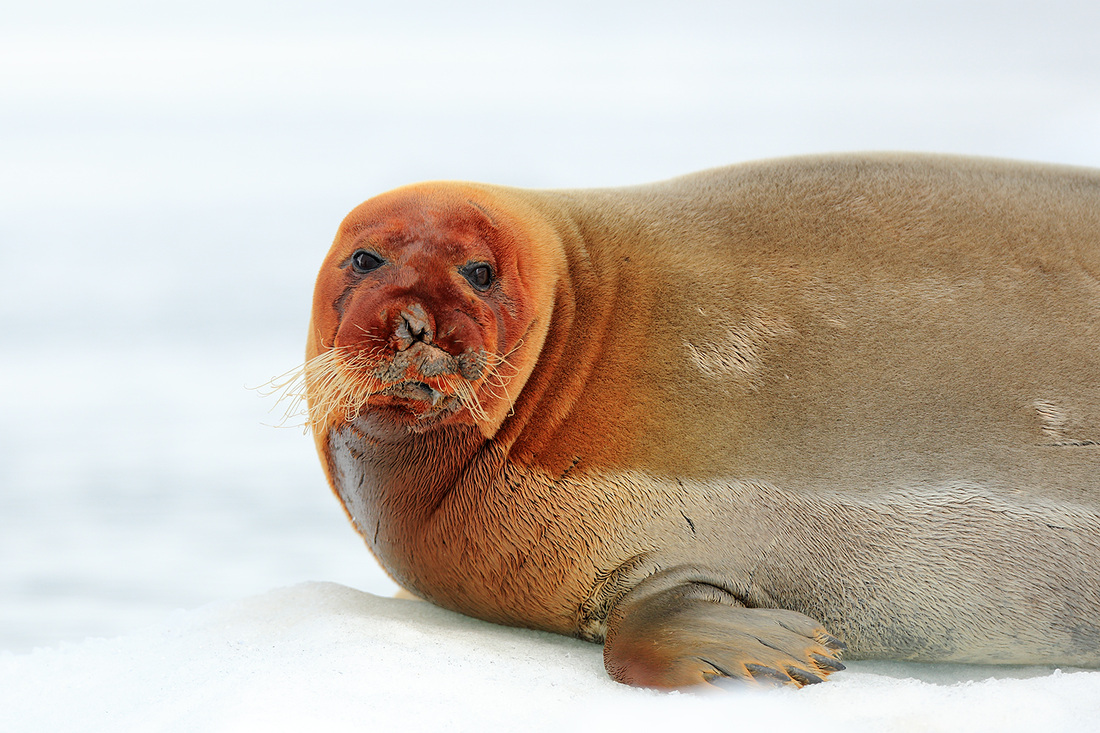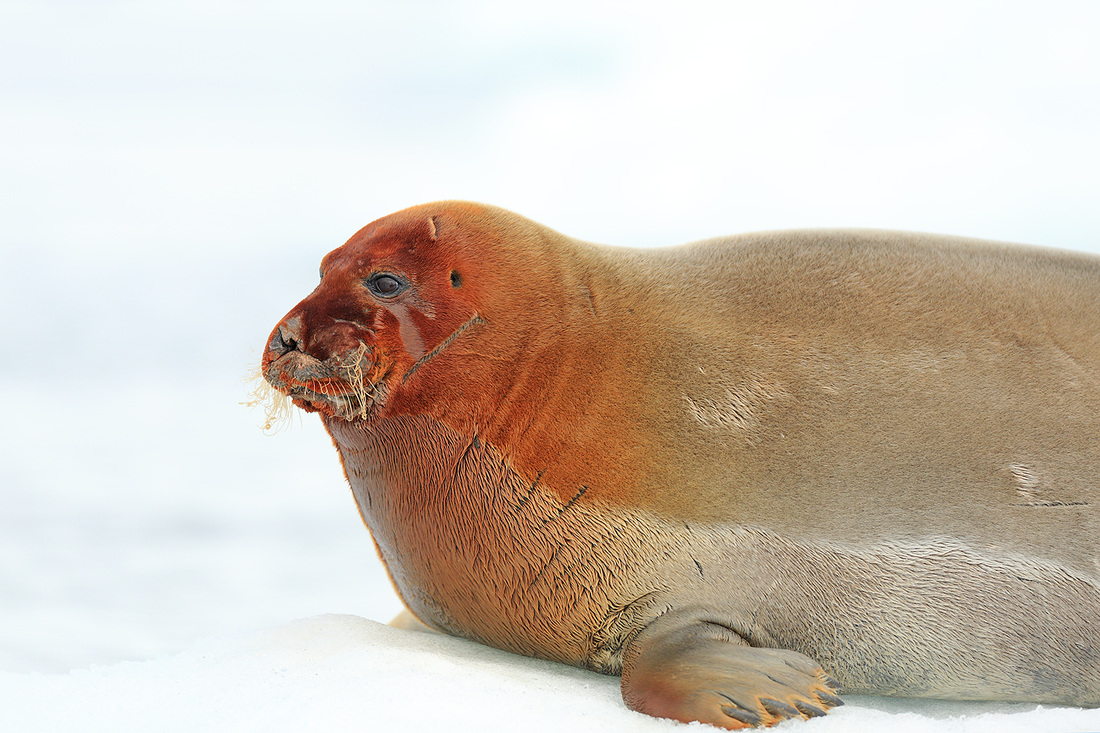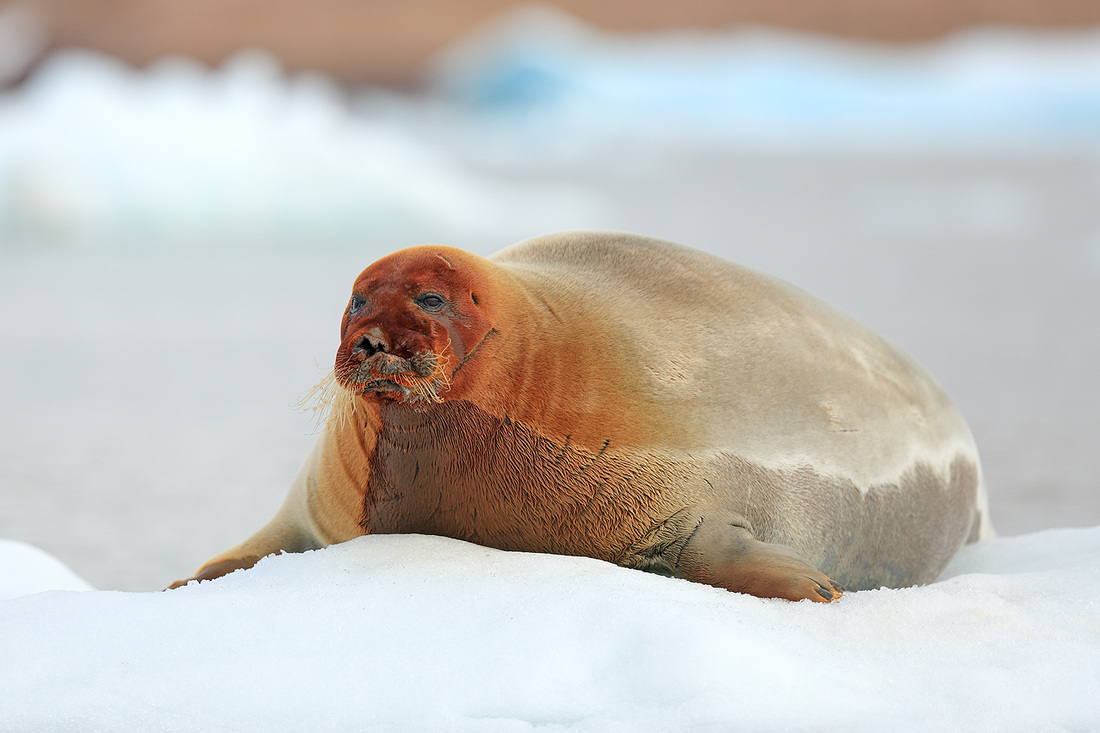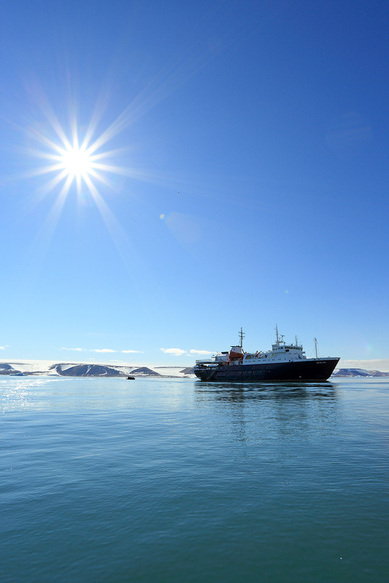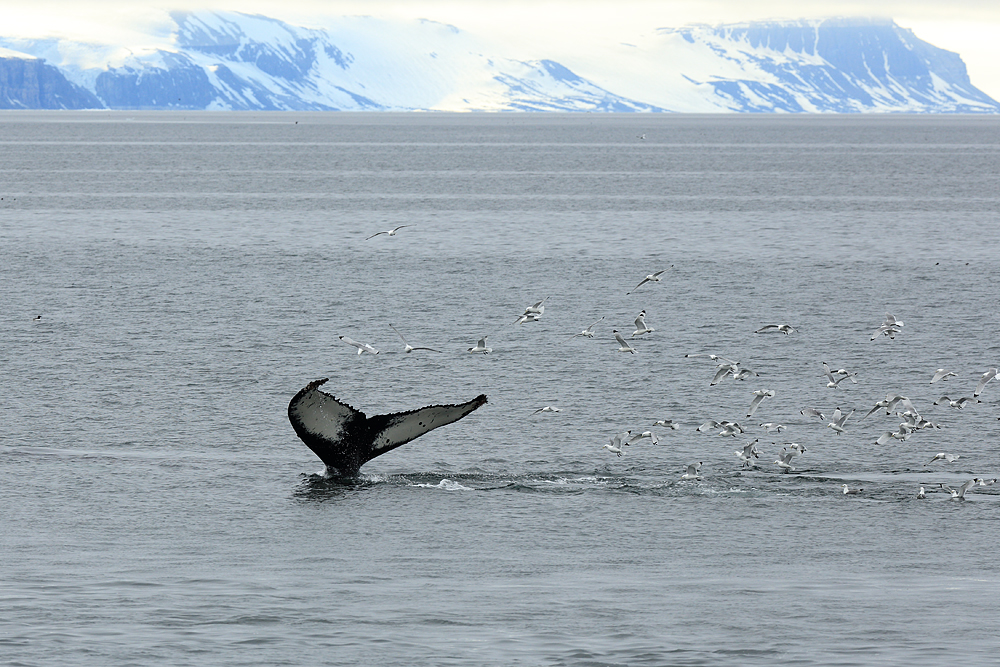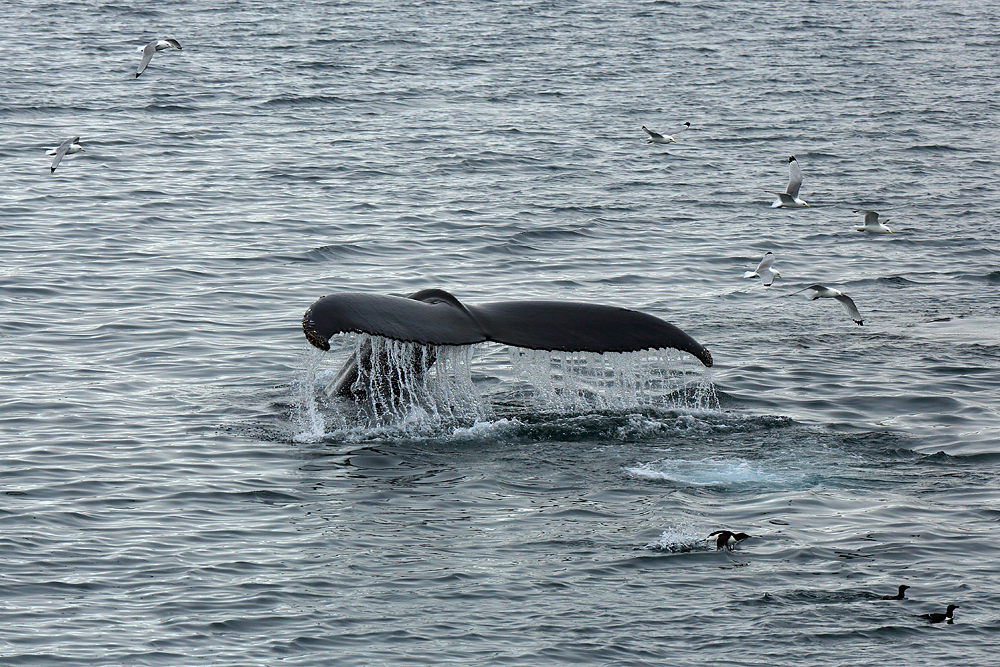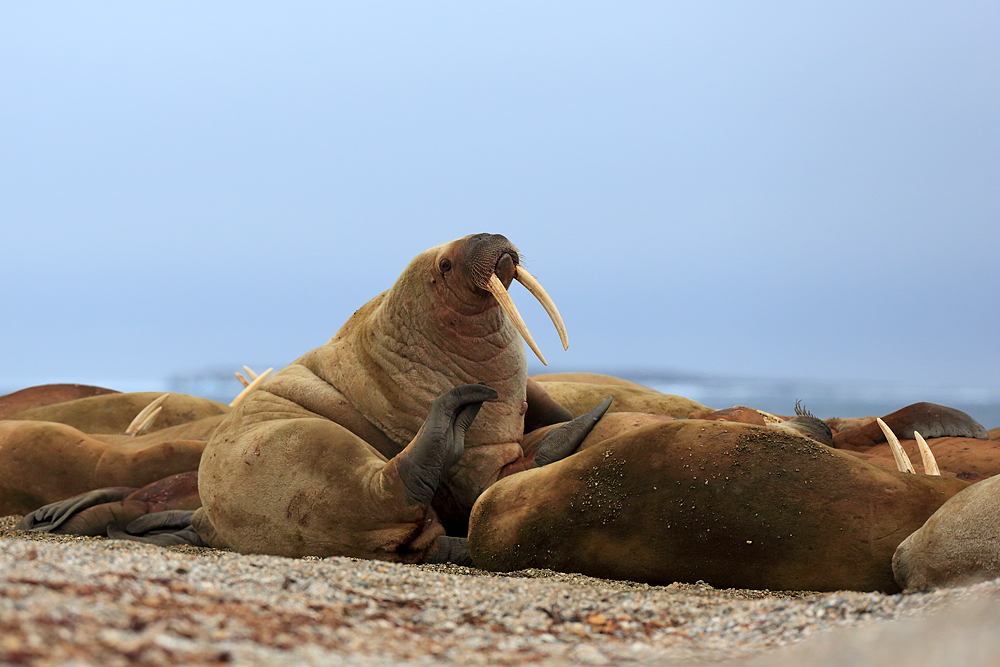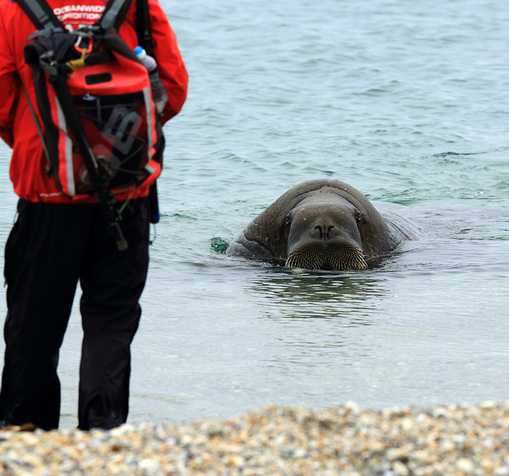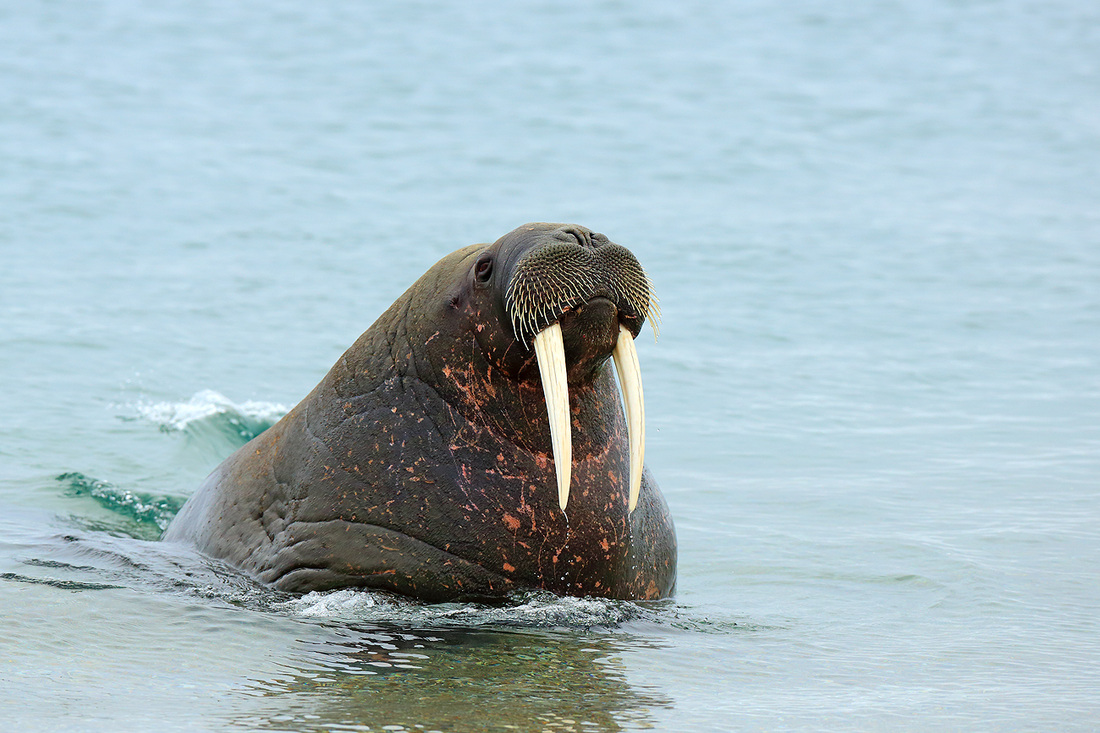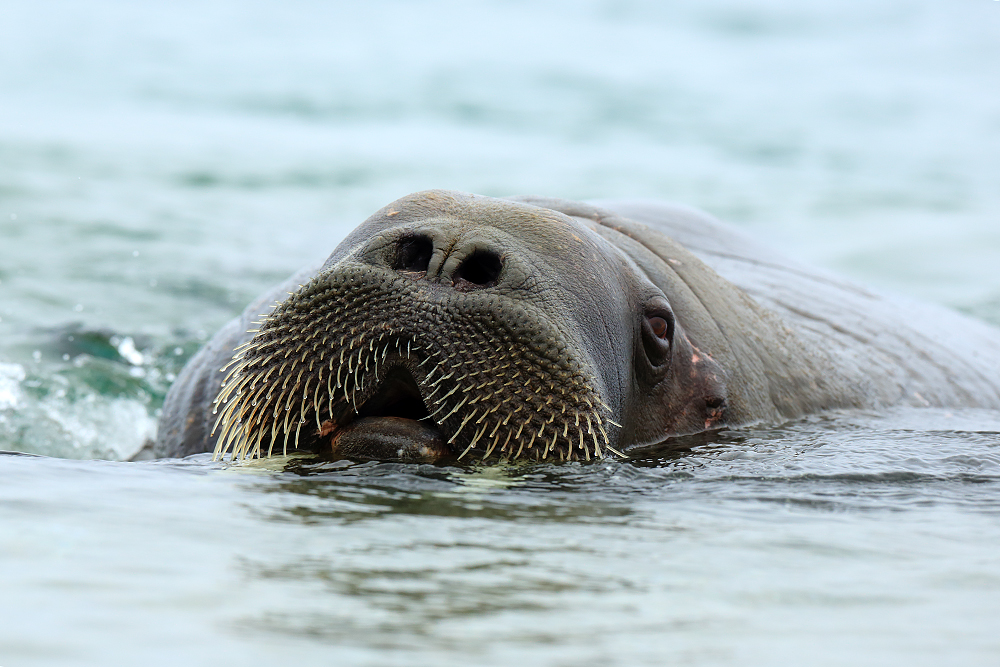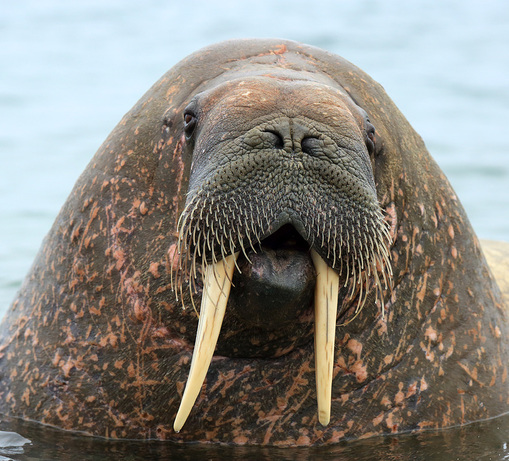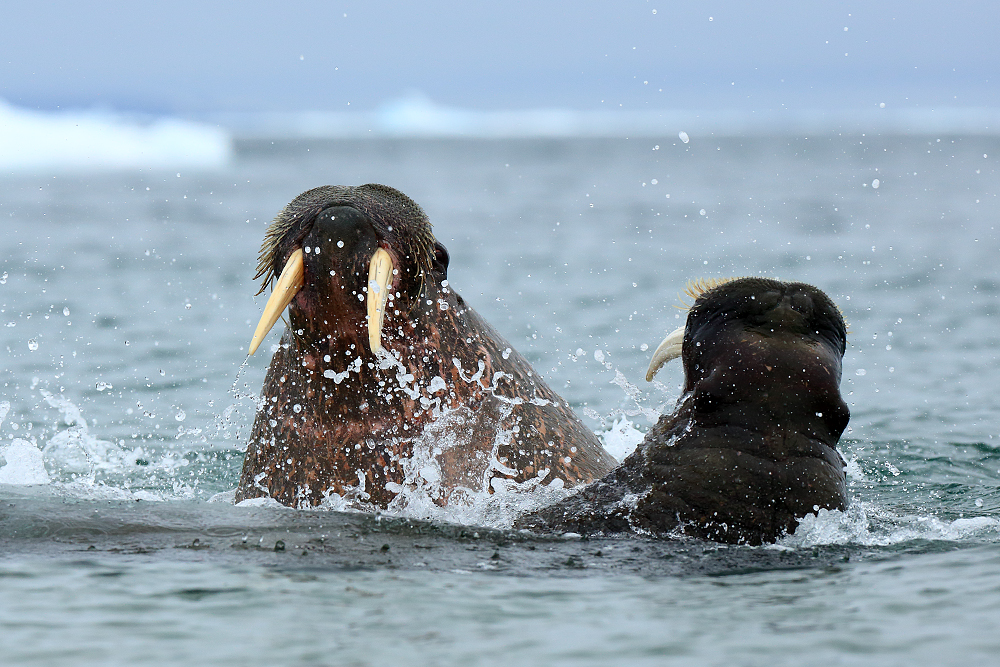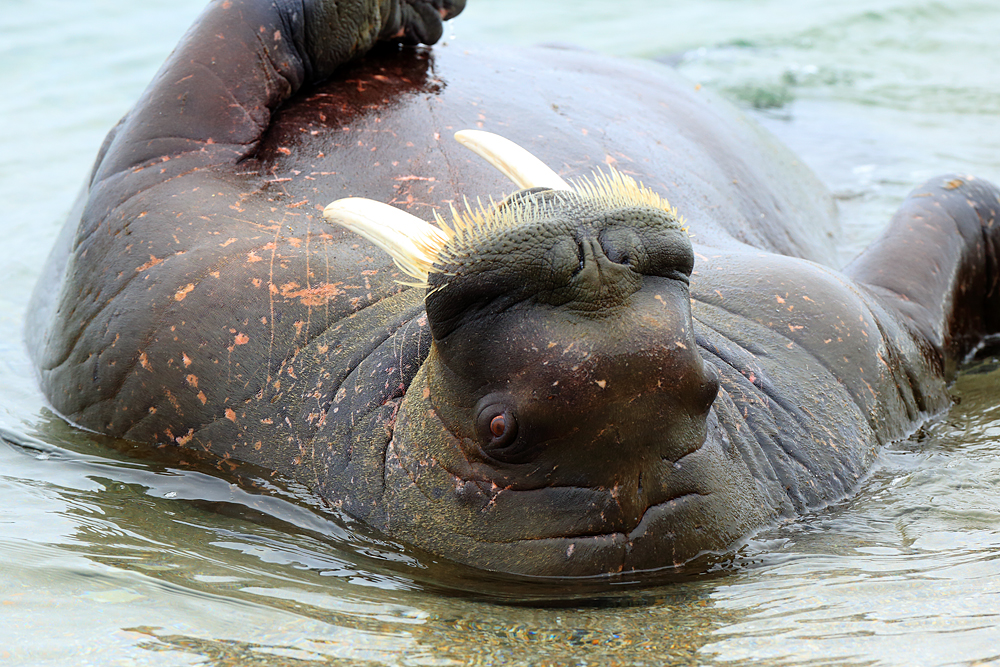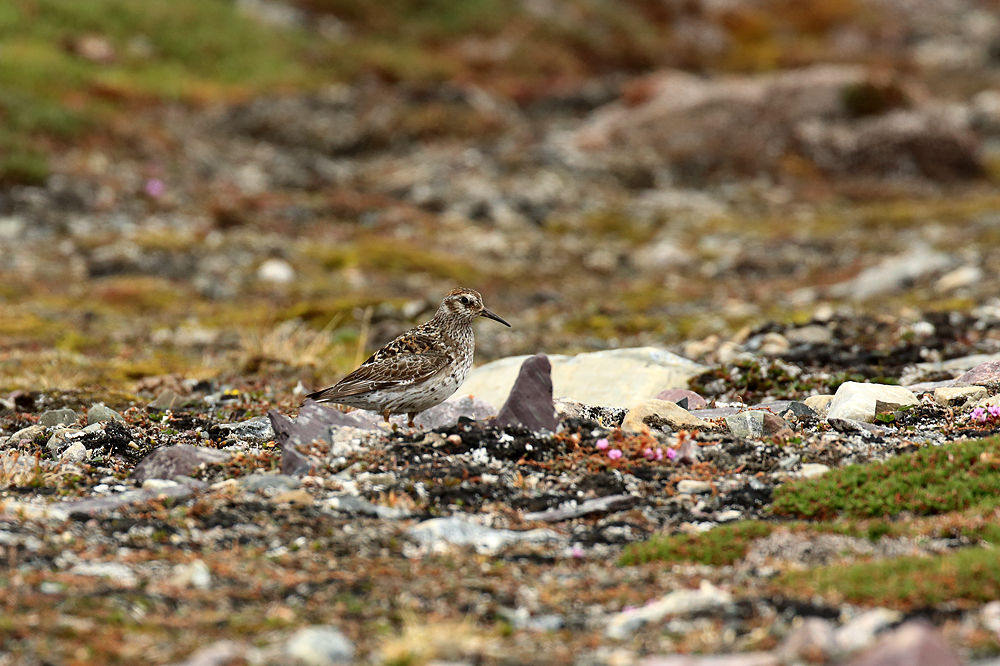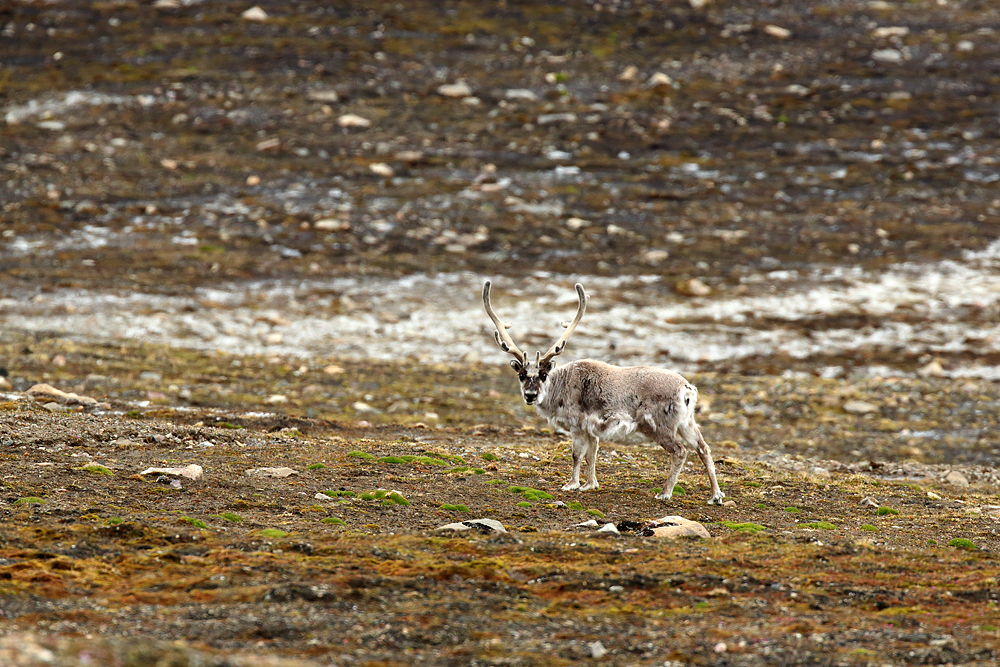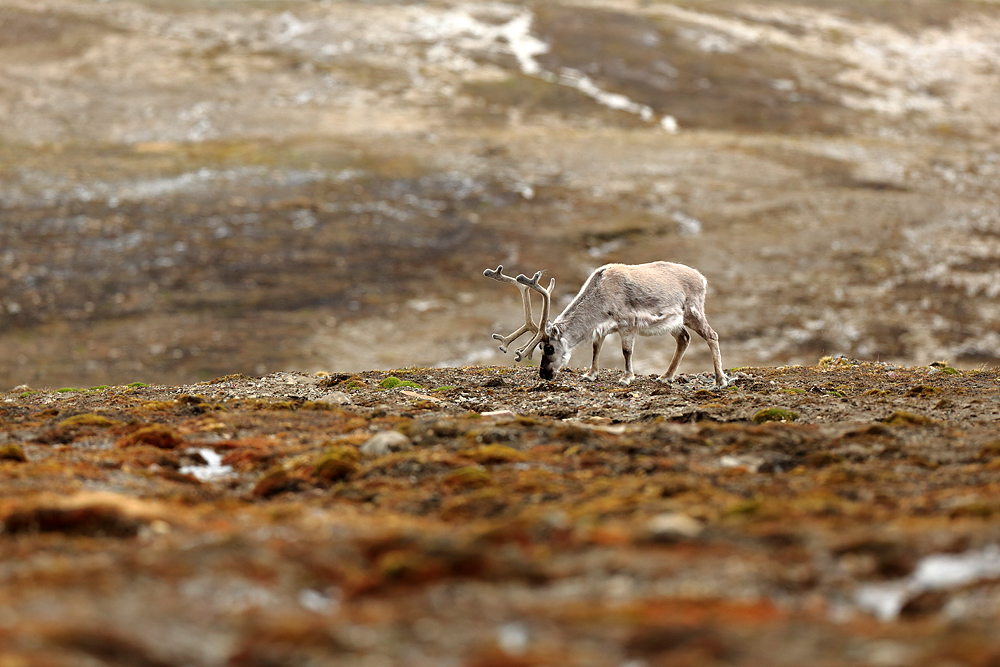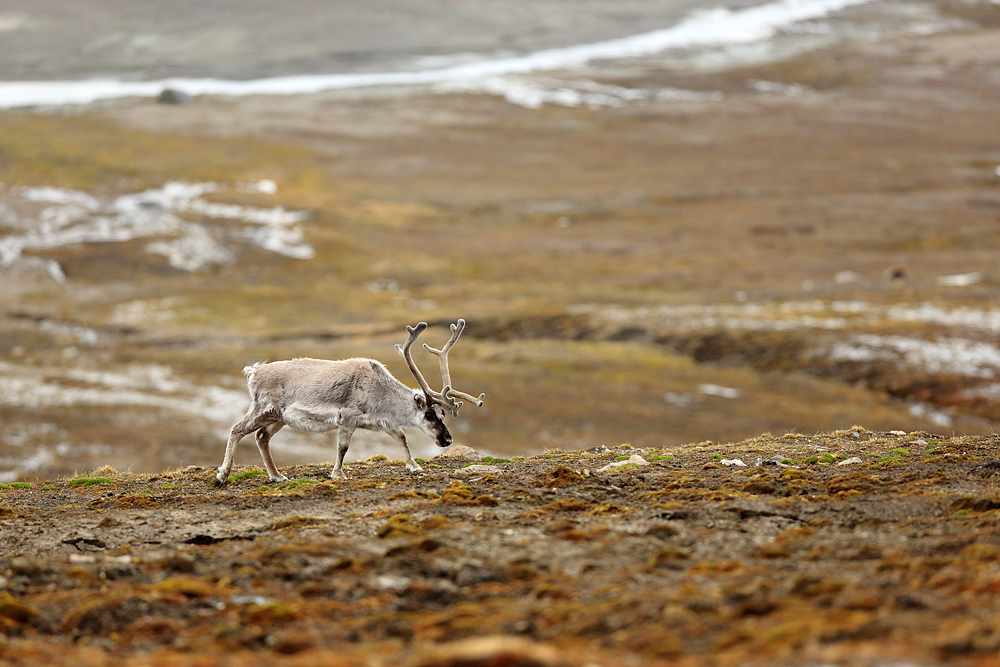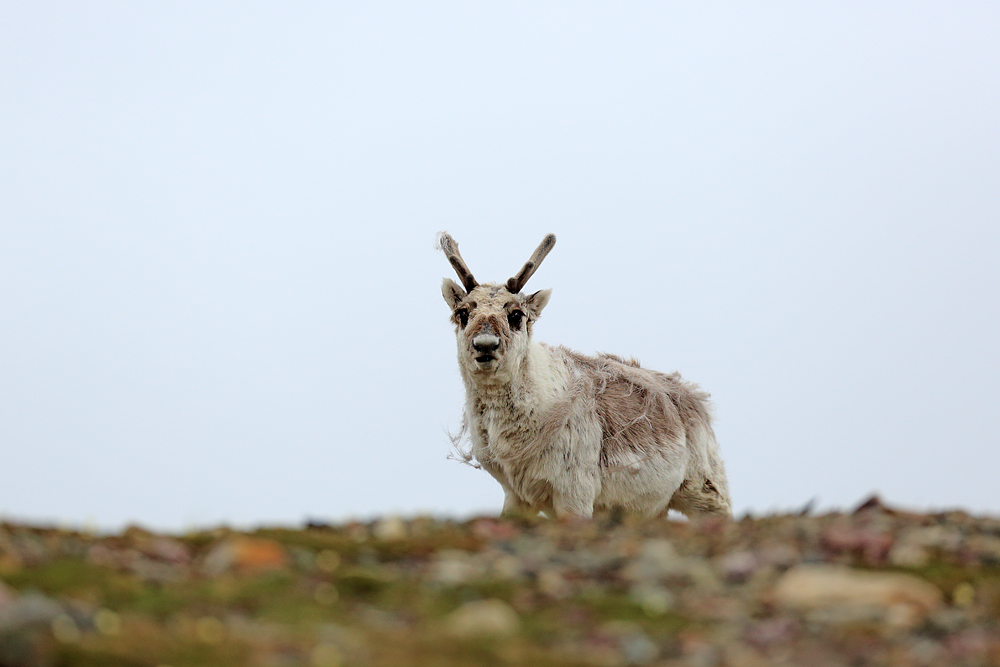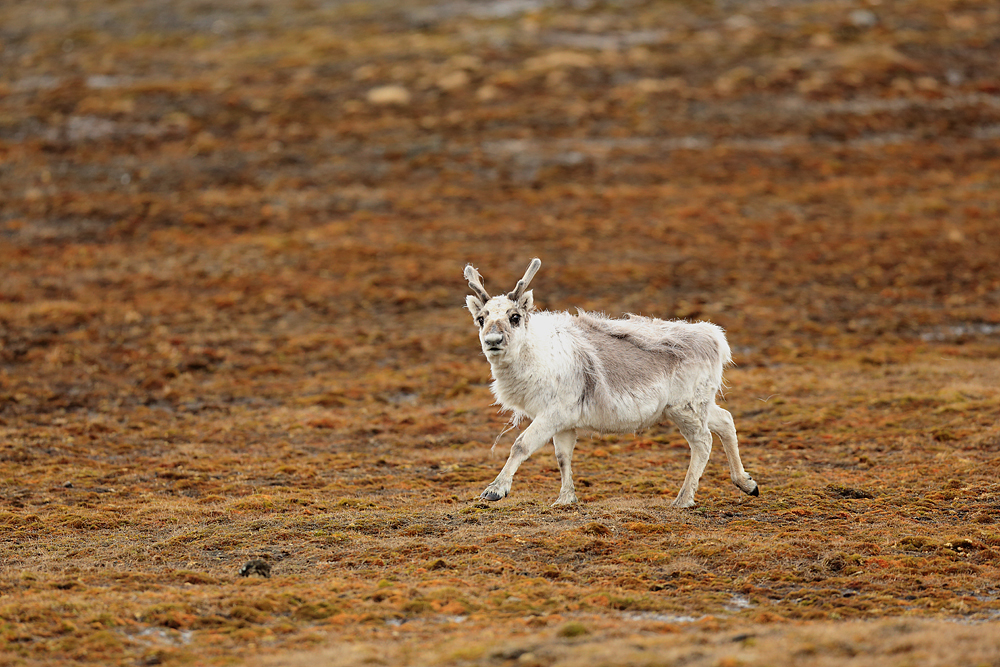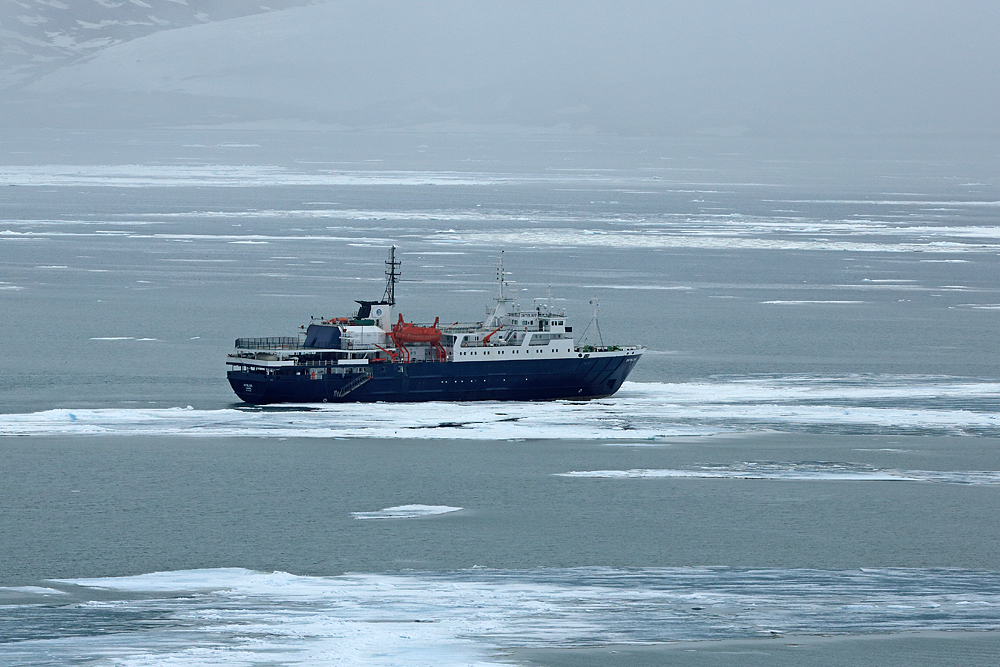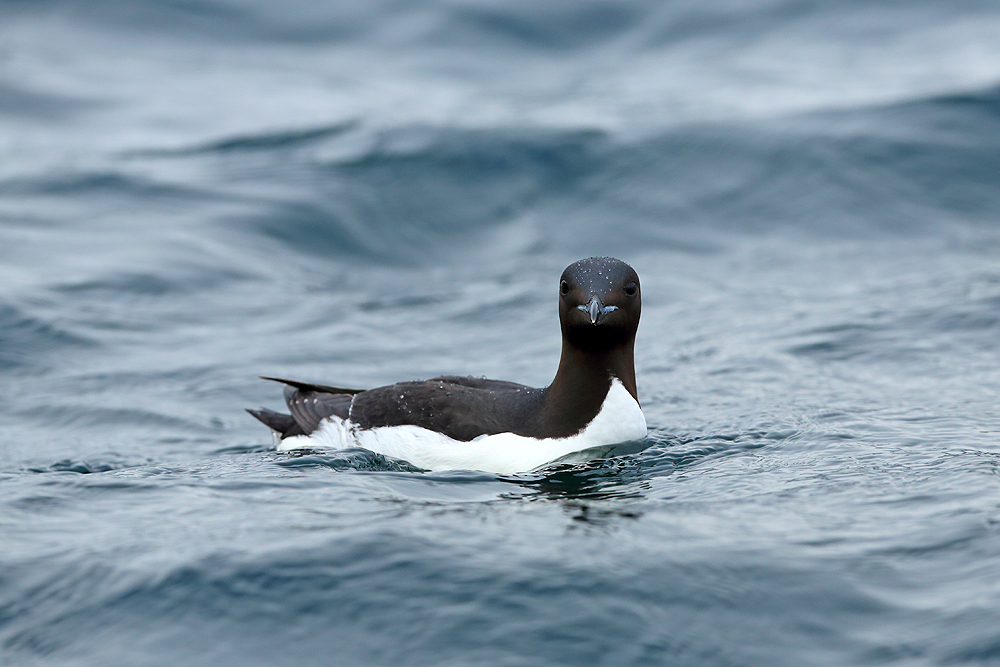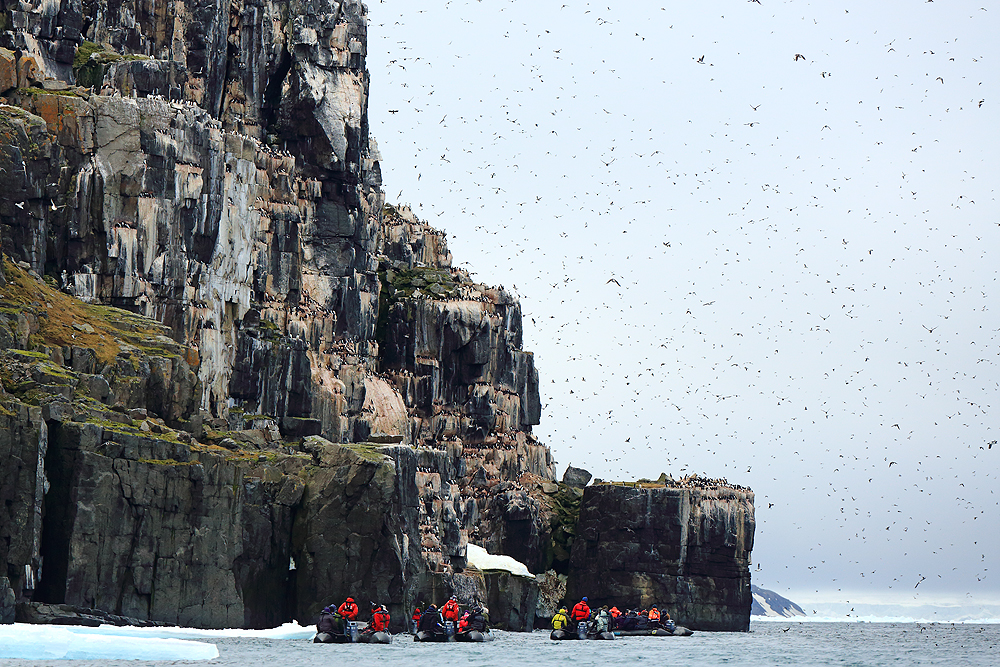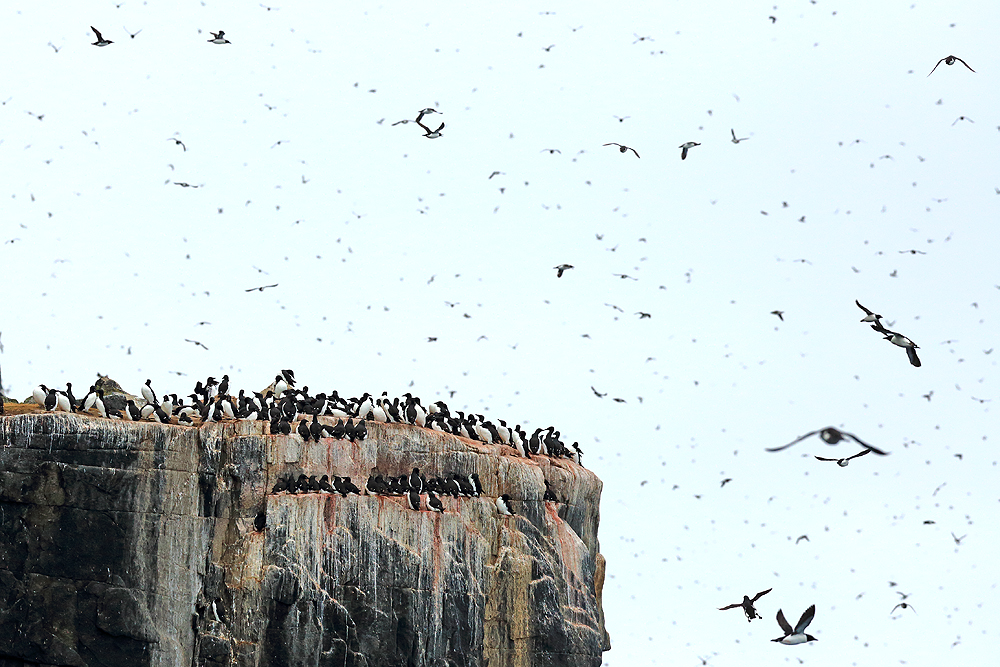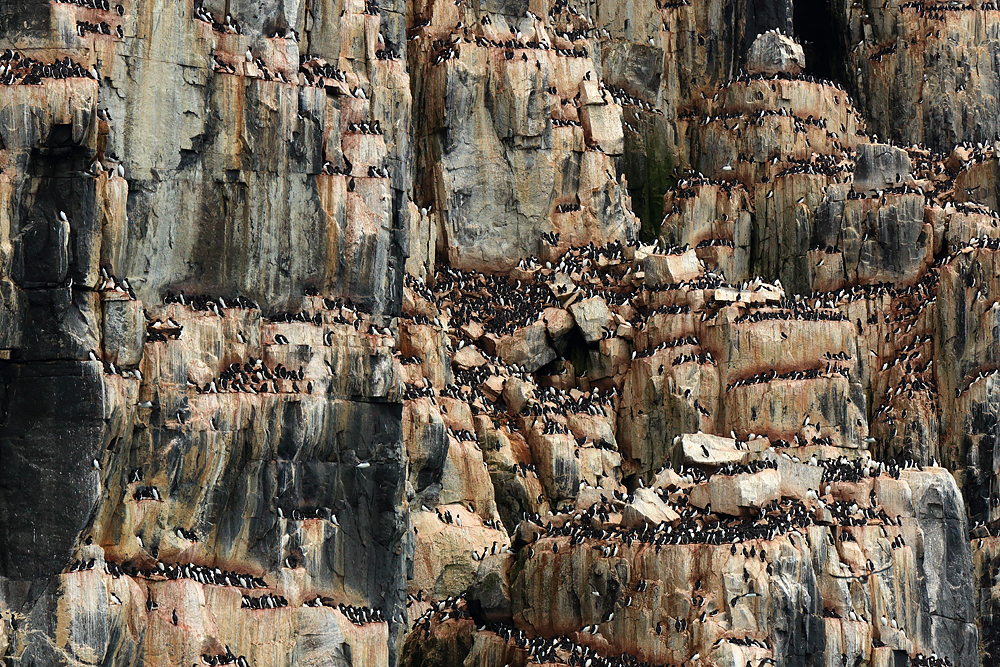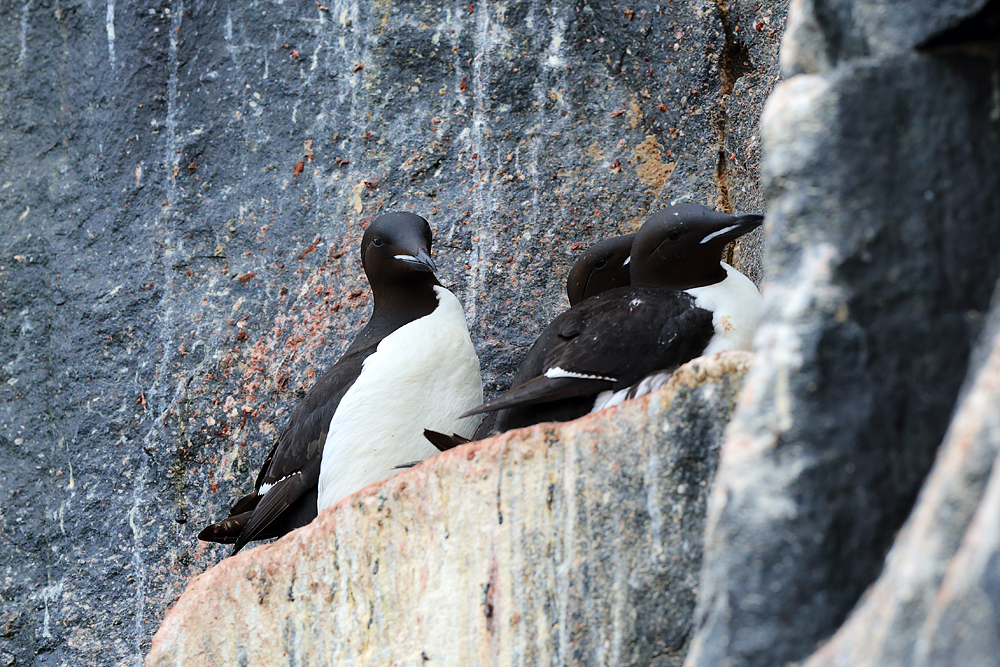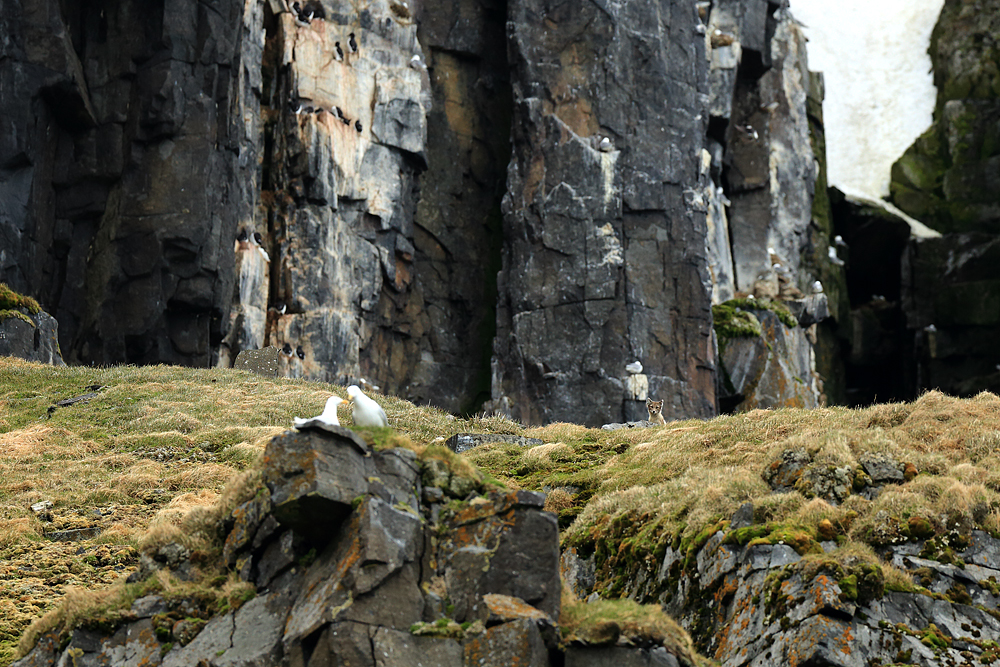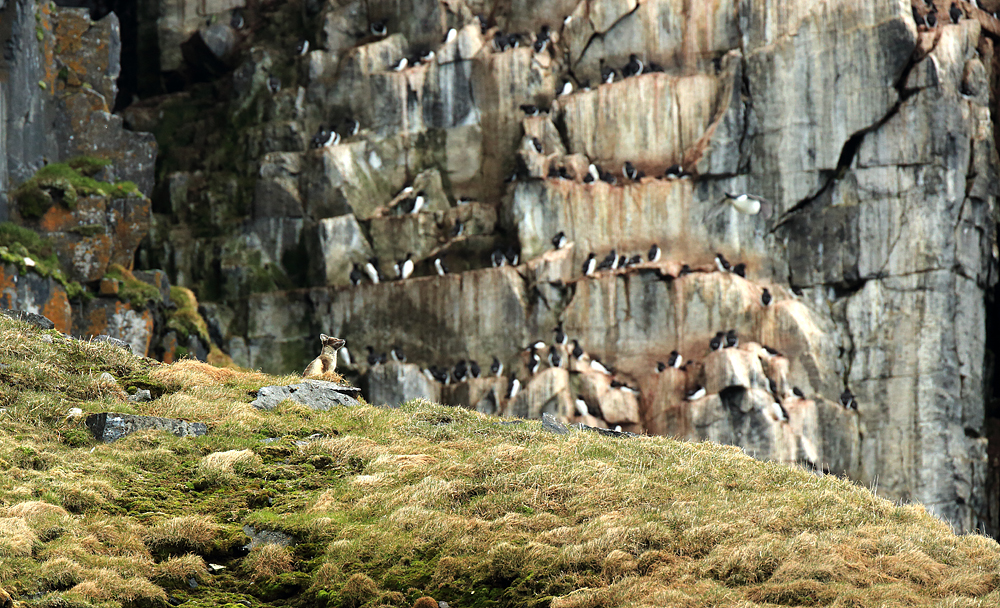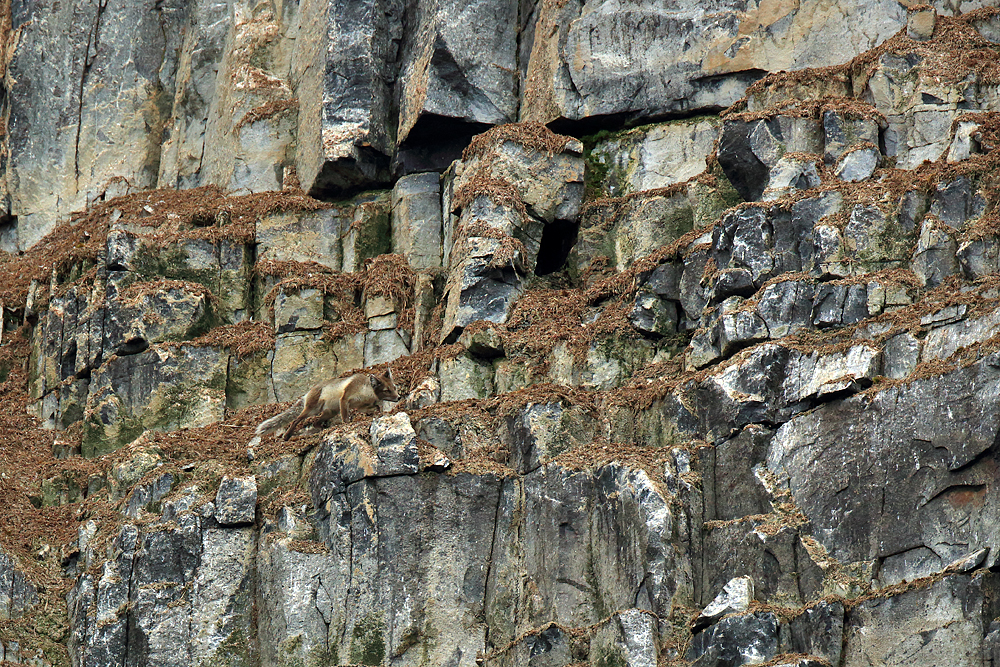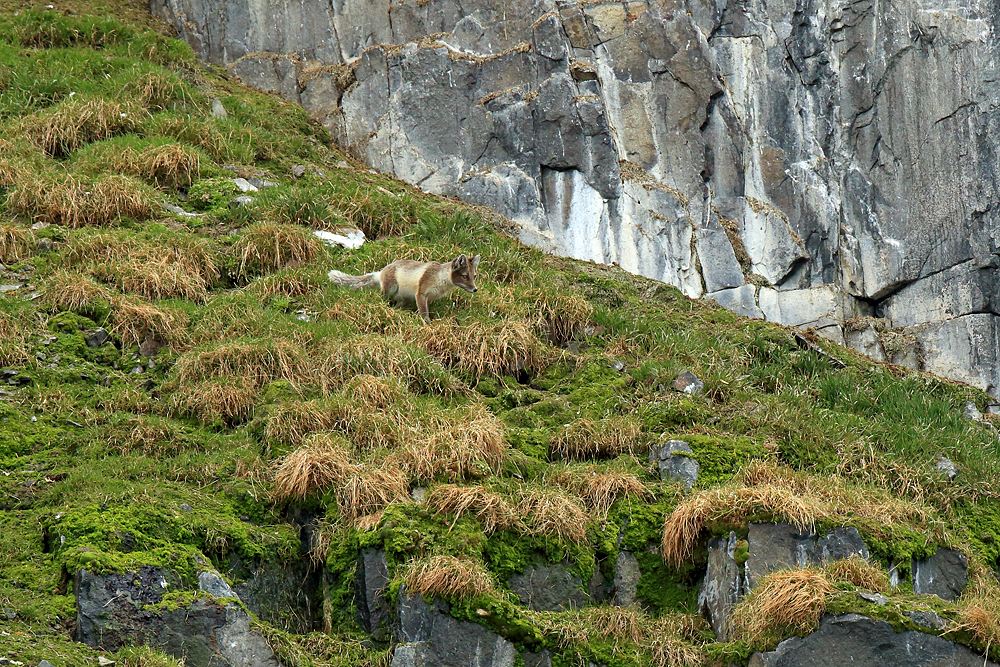|
My second week in Zambia was the first with my Wildlife Worldwide guests and our expert local guide was Jonathan (one of the excellent guiding team at Flatdogs Camp). We had an unbelievable week with numerous leopard sightings, but it was the lions who really stole the show. I had a fantastic group and we were lucky enough to enjoy an all-day game drive with over 30 lions seen, a leopard, countless elephant and some fantastic birds too. Rather than waffle on, I will just share some of the highlights. Enjoy! There are still a few places available in 2021 if you would like to join me in South Luangwa, you can find out more here.
0 Comments
I have been extremely fortunate, leading photography trips to Finland’s remote Boreal forests for a few years now. However, the first night of the trip I led for Wildlife Worldwide earlier this year, was without doubt one of the finest wildlife watching/photography experiences of my life. It all started as we settled into our hides for the first night. Our cameras were still being set up, we hadn’t even sat down when a young wolf appeared on the edge of the treeline. By the time we had all of our gear ready, the wolf had disappeared, but it didn’t take long for our first photographic opportunity. To start with, it was bears galore. Coming to feed on the scraps and carcass that had been left out (this is all done under license and is strictly regulated). As the evening flew by the wolves were joined by a pair of wolves, the alpha male and the new alpha female. I know the male well, having photographed him many times before and I did see the female last year. Below you can see a number of images from across our 4 nights in the hides and the video of what proved to be a moment of a lifetime. As the light started to fade, a lone wolf was wandering across the marshy ground in front of the hides. It was then that another wolf begin to howl in the trees to our left. Incredibly the whole packed joined in, pups and all, and finally the lone wolf joined in too. As I write this I have goosebumps thinking back to it, a tingling sensation down my spine, for it was the most astonishing noise I have ever heard. To be so close to such an incredible evocative noise was a moment I will long cherish and to get it on camera is even more special. Be sure to join me as I lead another Finland’s Boreal Predators photography tour for Wildlife Worldwide in 2020.
A land of countless lakes and seemingly infinite forests, Finland is one of Europe’s wilder corners. In recent years the country has become well regarded as the finest bear watching location outside of the Americas. However, I had heard of a particular location (right on the Russian border), where it was possible to see and even photograph European Brown Bear, Wolverine and even Wolf. This place sounded too good to be true! So after a lot of digging and hours of reading through reports, I had all of the information I needed. In the end I decided it would be a great place to run a wildlife photography tour with Wildlife Worldwide. We have named the tour ‘Boreal Predators Photography’ and it certainly lived up to its name this year. Towards the end of June I set off with 6 eager clients, all keen to photograph the iconic species of this border region, or ‘no man’s land’, between Finland and Russia. Now I must start by saying that Finland hasn’t really had a spring in 2017, and therefore all the wildlife’s behaviour has been particularly unpredictable. We spent a total of 4 nights in the hides, all of which were different. This year was particularly cold, which makes it much harder to get comfortable within the hides, but our perseverance paid off in the end. The first night was a little disappointing with only a couple of bears seen at a bit of a distance, one of which was particularly nervous. Don’t get me wrong, it is still incredible to see the magnificent mammals, it was only disappointing from a photographic opportunity point of view. The second and third nights made up for it though, with at least 4 different wolverine spotted across 3 locations (the group had to be split on the second evening), the very nervous bear made another appearance and the icing on the cake had to be two Grey Wolves seen on both nights. On the second evening, a client and I were treated to a pair of Wolverine – the light was at its worst when they appeared, but we got a few acceptable shots in the end. Just as we thought the evening was coming to a close, it was probably around 3 am, I noticed a light shape moving on the edge of the forest. It was obscured by a light mist, but there was no mistaking what we had in front of us. It was a Grey Wolf … in fact there were two wolves. It was a magical encounter, a real privilege and a challenge to photograph in such low light and the mist. It was the last night of the trip when everything really came together. We were only going to be in the hides until around midnight as we had to leave first thing for our flight back to Helsinki. I decided we should try our luck at the pond, where I had previously seen the two Wolverine and wolves. I can honestly say that the evening was one of the very best I have had in my career. The light wasn’t necessarily the best, but the sightings we had are some of the finest anyone could possibly ask for. In fact, the evening actually started relatively slowly. It all seemed like it might be disappointing end to the trip. As the sun was losing its strength and retreating over the tree line, one of my group spotted a large bear moving through some marshy ground. It was heading right at us, slowly powering through the swamp. You could hear the strength of every movement, it was absolutely incredible. The bear posed perfectly for us and the whole group managed to get some wonderful shots. Having had its fill on the salmon scraps left out, the bear slowly made its way back towards the forest, slowly melding into its wooded surrounds. Having had such a remarkable encounter, everybody seemed to be settling back into their seats (figuratively speaking), when I noticed a familiar light shape on the edge of the treeline. I stopped myself from saying anything, took a breath, then raised my binoculars and my jaw slowly dropped. I knew what it was, but I didn’t really believe we could be so lucky. Surely I was suffering from sleep deprivation? There some 70 yards away was a white wolf, the one I had seen at a distance on the previous two nights, and it was followed by a second wolf. The white wolf was the female, whilst the second was tan colour, and this was the male. The female slowly made her way towards the hides, seduced by the smell of the fresh meat of a carcass. The next 15 minutes were spellbinding. She came to within only 20 metres of the hide … it was her size, her obvious power and that stare that left me breathless. I have never known a stare like it. I have been all over the world, photographing Polar Bears, Leopards and Tiger, but never has an animal looked at me with the same intensity or intelligence. This really was a once in a lifetime encounter and one that will stick with me for the rest of my days. If you would like to join me in Finland, I will be leading another ‘Boreal Predators Photography’ tour with Wildlife Worldwide in June 2018. I can’t promise the tour will be the same as this year’s, but I can guarantee it will be a great adventure.
For the entirety of this trip I was using a Canon 500mm F4 IS II USM lens which was kindly provided by Fixation. I will be writing a separate post with a review and my thoughts on using the lens if the field. Towards the beginning of June I was fortunate enough to lead a small group of photographers to the island of Skomer. This rocky outcrop, which sits just off the Marloes Peninsula, is one of the UK’s seabird strongholds and supports around 6,000 pairs of breeding Atlantic Puffins. These charming little birds are what most visitors come to see on Skomer Island and it certainly doesn’t disappoint. It has to be one of the UK’s finest wildlife experiences – quite simply it is hard not to smile when you see your first Puffin. Only about the size of a pint glass, these small birds are one of the world’s great ocean wanderers, their tenacity and dedication to their chicks is truly inspiring. They provide the perfect focus for this short photography break. I spent 3 nights on Skomer, having only planned on staying for 2. It turns out that my clients (and me) were experiencing some of the worst low pressure systems for many a year, we were stranded on the high cliffs of the island for an extra 24 hours. Although it was a little inconvenient it provided further opportunities to enjoy the island’s varied birdlife including 300,000 pairs of Manx Shearwater (only possible to see in the dead of night), thousands of gulls (Greater and Lesser Black-backed as well as Herring), Guillemot, Razorbill, Kittiwake, Short-eared owl and the list goes on. I thought I should give you a little taster of what this exciting trip is all about, so here are some of my favourite images from the trip. After arriving on the island around 1pm on the first day and then having a hearty lunch, we set out to photograph the Puffins at 'The Wick'. The Wick is famed for its large colony of Puffins, all along the top of a dramatic coastal inlet on the southern side of Skomer. As the afternoon went on the skies cleared and provided us with some spectacular light for photography (see below). The second day started quietly, as most of the Puffins had already left their cliff top burrows, they spend as much time as they can catching fish for the pufflings (yes that really is the name of the chicks). The light was already pretty bright, but the group managed to get a few images of a Raven and of course a few Puffins here and there. I was lucky enough to capture one image as a bird flew in across the water in the blustery conditions, capturing it all in a muddle in mid air. The afternoon proved to be another puffin bonanza, and many of the group tried their hand at bird in flight photography. This is known to be one of the hardest skills sets any wildlife photographer can learn, but photographing a bird this small in gusting winds is near impossible. However, a few of us got lucky and their persistence paid off. But there were also opportunities to photograph an obliging Oystercatcher and the Rabbits were about as tame as you can get! Having stayed on the island of Skomer for an extra evening, strong winds and poor visibility meant that no boats would be crossing over from the mainland. So after a morning of horrific weather, not even good for capturing images of Puffin in the rain, we headed out for one final time to add to our portfolios. For the most part, I kept my camera off, going around the group and making sure they were all getting what they wanted. So even with some of Britain's finest summer weather (by that I mean gale force winds and torrential rain), we managed to spend plenty of time with the 'clowns of the sea'. I hope to be hosting more Skomer photography trips in 2018, all in partnership with Wildlife Worldwide.
Last year was one of great change for me … after spending a year photographing in Australia, it was time to get crack on with my career and put photography on the back burner. Don’t worry - the photography will be back in force in 2017! I had built up an incredible portfolio of images in 2015, thanks to my time ‘down under’, and I decided to try my luck in a few competitions. It turns out I had some success – who would have thought that would happen? Well I was delighted to have images shortlisted in Outdoor Photographer of the Year, Bird Photographer of the Year and Australian Nature Photographer of the Year. The two images shortlisted in Bird Photographer of the Year both featured in the accompanying book and my image Murray Magic featured in the Kew Gardens exhibition. When I got the news that three of my images had made it through to the final of Australian Nature Photographer of the Year, I was excited but didn’t really think too much of it. It wasn’t until a friend (the incredibly talented Trevor Scouten) alerted me to the fact that these three images were actually going to feature in the exhibition, and accompanying media, that it really hit home. In June I was contacted again by the competition, informing me I was either a winner or runner up in one of the categories I had entered. I learnt no more until the results were announced in the press – I found out through the Australian news that I was a winner of the ‘Threatened Species’ category with my image titled Palm Grove Dingo. The image has since been used in the accompanying book, wall calendar, desktop calendar and diary. The image was then used at the main entrance of the exhibition – printed in large format … this for me was the greatest honour. It wasn’t all about the competitions though. I had a great year of travel once more with trips to India, Tobago and Colombia. None of which were necessarily exceptional from a photographic point of view but I did strike lucky on a few occasions (you can see a selection of images below). 2017 promises to be another great year for me with trips to Africa and Ecuador planned for my own photography. I will be leading two dedicated photography trips in June, one to Skomer Island in Wales for Puffins and the other to Finland to photograph Bears, Wolverines and Wolves. I will also be running one-to-one workshops a little closer to home focusing on Roe and Fallow Deer. If you have any interest in joining me on these trips I would love to hear from you – feel free to email me at any time.
I wish you all a very happy new year and I hope to see as many of you in 2017 as possible. Having been in Australia for over 5 months it was about time we had some visitors, luckily for us, my girlfriend's parents came for a holiday. We decided we should show them around some of the areas we already knew in norther New South Wales and southern Queensland. We started off in our old haunt of Byron Bay, showing them the area's amazing national parks and even the marine park. We were very lucky to see turtles and a whole host of other species but as I don't specialise in underwater photography, you'll just have to take my word for it. I did manage to take a few photos of the shore-based wildlife ... From Byron we headed northwards, stopping for an afternoon at the Daisy Hill park which is famed for its Koalas, we didn't see any Koalas but we did some some lovely Red-necked Wallabies. Our main destination for this mini holiday was Fraser Island which is famed for its population of Dingoes. These wild dogs are thought to be the purest left in all of Australia, due to their isolation. We saw one within only 30 minutes of our arrival on the island but as I was driving I didn't manage to get an image. Thinking we would see plenty more I was a little nervous after two full days without any further sightings. On the evening of our third day on the island, I went for a sunset walk and I was treated to a real spectacle. The sunset was stunning ... but as I was waiting for the light to turn that incredible golden colour I felt like I was being watched. The next day was our last on Fraser Island, we went out in search of the Dingoes first thing but had no luck. Was that to be the last encounter with these beautiful dogs?
Well as it turns out, no ... we went to stop for lunch at a campsite and picnic ground we were surrounded. There were two adults and two rather large pups, all seeing what they could scavenge. Of course we made sure not to leave any food behind for the Dingoes, hoping that others did the same. Photographing birds is a speciality within the field of wildlife photography and it is a discipline which I am by no means an expert in. I specialise in photographing mammals, and that is what my equipment is focused towards, but every now and then I dabble in photographing our feathered friends. With a 300mm lens photographing any species of bird can be a challenge but sometimes it is important to broaden your horizons and go out of your comfort zone. So in Beachmere, Queensland I did just that. Rainbow Lorikeets are one of the most colourful and common birds throughout Australia, they make superb photography subjects and I did my best to do them justice. Here are just a couple of images from lorikeets around the house we were staying in ... It wasn't just the lorikeets that made great subjects around the area there always Blue-faced Honeyeaters around too. There was also a number of pairs of the superbly named, Willie Wagtail. These charismatic little birds were tricky to photograph due to their small stature and speedy movements. Australian Pelicans are the giants of the sky around Beachmere, with their powerful long wings they cruise overhead or skim across the water before settling and searching for the fish they feed on. They are incredibly accomplished on the water too, more than happy to move silently across the water with their submerged feet paddling away. Wading birds are incredibly common across Moreton Bay, which Beachmere is central to. Eastern Curlews are fabulous but incredibly shy and with a 300mm lens I sadly wasn't able to photograph them. However Masked Lapwings and Bar-tailed Godwit were also common and a little easier to approach. It wasn't until the last day that I cracked the technique to photograph them at so close distances so I only managed a few shots as the tide receded. Lastly, and for me most spectacularly, I had incredibly close encounter. Sitting in the house one day I received a shout from my girlfriend that a large bird flew over her, she had been sunbathing on the beach at the bottom of the garden. I rushed out with my camera to see if I could spot whatever it was that had flown over. At first, it seemed as if the vast mudflats were empty, there was nothing in sight. After a minute or two I decided to head back in to the house, retreating from the blistering Australian sun, but at that moment I noticed a brown shape moving on one of the exposed pieces of mud. Looking through my lens, I instantly realised I had been too hasty and my girlfriend was right. I knew it was a bird of prey but without my binoculars I couldn't tell what. There was only one thing for it, to start crawling through the mud and the shallow pools and get closer.
As I got down to the high tide mark, I noticed that the bird was standing atop of an object but it was too far away to see what it was. I kept on shuffling closer, ever closer until I was within perhaps 25 metres. I thought that the bird must leave the mud as I started to make my way through a pool of water. It continued to feed, seemingly unconcerned by my presence with just the occasional glance in my direction. It seemed to realise I meant it no harm, and with my low profile I can't have looked much like a person. It was now that I could see it in incredibly clarity, the setting sun had turned the bird's plumage a beautiful golden-brown and the eyes positively glowed. It was a magical experience, an encounter with a raptor like no other I had ever had. I spent over an hour watching and photographing, all the while the bird was completely relaxed. It was only when the food item had been stripped clean (seemingly a bone that had been left high and dry with the falling tide) that it flew off down the beach. What was it I hear you ask ... a Whistling Kite of course! Urban kangaroos, possibly my favourite subject to photograph in all of Australia, so far at least. Well, I might have become a little addicted, scratch that ... I am definitely addicted. There is nothing really in the world that compares to the kangaroos and the wallabies of Australasia, with their deer-like head, long muscular tail and their incredibly energy efficient motion. For me though, they are characterful and just utterly beautiful ... i don't needy any excuses to just keep photographing them. All the images above were taken on one glorious evening, I was alone with the kangaroos and the lighting couldn't have been better. I went back the next day and had further luck ... The female with the joey in her pouch was particularly obliging, you just can't describe how wonderful it is to be so close to these animals. Another fantastic evening with these charismatic marsupials and I have a feeling there might be another few to come before I leave the area.
Australia is rightly famed for its unique wildlife, the most iconic of these has got to be the kangaroo. On the Pacific coast, the species of kangaroo you will encounter is the Eastern Grey, this is a large mammal and one that you need to respect. Sadly, more often than not there seems to be some sort of conflict with the growing population and expanding towns and cities. This is certainly the case in the small towns to the north of Brisbane, both the small towns of Beachmere and Toorbul are home to Eastern Grey Kangaroos. Beachmere is undergoing a new phase of development with large swathes of swampy bushland being drained and turned into now housing estates. It seems that there has been little evaluation of the environmental impacts and I came across a group of Kangaroos still trying to forage on a vast construction site. Toorbul is a slightly different proposition to Beachmere, there seems to be little new development here but there is plenty of established housing. Here the kangaroos have made their homes among the parks and gardens of the local community and have little fear of people. It seems to be quite a harmonious situation but perhaps it isn't all as it quite seems. After an hour or so an absolute idiot came towards the small group of kangaroos on a mini motorbike and drove straight at them. All the kangaroos panicked with one poor youngster, who you can see in the portraits towards the bottom of this post, falling over right in front of me and desperately scrabbling to try and avoid the bike. It was horrific to see and really showed me the worst in humanity, the individual paused beforehand and purposefully accelerated towards them, seemingly proud of his vile act. It was then that I decided to leave this group alone so not to stress them out any further than their ordeal with one selfish and bizarre individual. Here is the poor young kangaroo that panicked as the motorcyclist approached, thankfully it was very calm and relaxed beforehand when I was watching it.
Having returned back to Byron Bay, I was fortunate to spend some time with the amazing bird life found along the golden beaches. It is amazing to watch how different people react around the wildlife that surrounds them. Some people truly astonish me, they would tell their children to chase after the groups of Crested and Little Terns, others would send their dogs off after them and a few would just walk at them showing a complete and utter disregard for their natural surroundings and the wildlife within it. I understand that some people are not interested in wildlife but surely they should learn that they must respect it? Anyway, I was privileged to spend some quality time watching the amazing bird life, particularly the two species of tern. The extra cast members included the Australian Pelican, Pacific Golden Plover and Pied Oystercatcher. Firstly, let's start with the terns ... The Pacific Golden Plover is incredibly hard to get close to without disturbing so I always made sure that I kept my distance, this did mean it was much harder to get a quality image but I did what I could. The lovely warm, evening light certainly helped and the beautiful blue sky really helped provide a striking backdrop. It was incredibly important that I kept as low a profile as possible throughout my time with the birds, if I stood up at anytime I would have scared off the individuals. I primarily kept myself in the prone position and generally got pretty mucky or sandy in the process. Generally, you have to get dirty or suffer in some way to get a shot worth keeping. The Pied Oystercatchers were my favourite of the shorebirds and I never tired of photographing them. Lastly but certainly not least, the Australian Pelican. A leviathan of bird world, the pelican is pretty impressive but the surf certainly made it look small on this day.
So we have spent the last few weeks up in the tropical part of Queensland, hot sun, rain and frogs were the recurring theme. Some people hate frogs and some are even afraid of them but I absolutely love them, especially tree frogs, and went out almost every evening in search of some amphibian friends. To say I got lucky would be an an understatement. It was utterly mind blowing! There was the world's largest species of tree frog, the White-lipped Tree Frog that really would fill your entire hand, as well as the tiny little Red-eyed Tree Frog which are indescribably beautiful and rather petite compared to their larger cousins. Anyway, I had an absolutely amazing time with the frogs and the following images were captured over the space of a few weeks. We have already encountered the Green Tree Frog further south near to Byron Bay but they are still amazing subjects and they always look like they are smiling. In my books, any animal that looks as if it is smiling is instantly a favourite. At first glance the Dainty and the Red-eyed Tree Frogs look very similar but their calls are noticeably different. Once you get close enough with a torch you quickly realise they have quite different features and own distinct habits. They are much more aware of you when photographing them and only relax again once you move further away. The Eastern Dwarf Tree Frog really is utterly tiny, at first you think it must be a new born. To give you an idea of its miniature stature, the tadpoles are actually bigger then some of the adult frogs. The image below gives you an idea of just how tiny they are, resting on my girlfriend's finger tip (this individual was being rescued from the swimming pool). I will update you all with some amazing mammal pictures soon, including one that I have always wanted to see, a really weird and unique species. I would also just like to say a massive thank you to Canon Professional Services, Australia! My Canon 5D mkIII had a complete power unit failure and I was stuck without a camera but CPS came to my rescue and lent me a 1DX for the Christmas period. Without this camera I would not have been able to capture any of the images you see above. This just underlines why I use Canon equipment, the service is out of this world.
So for the last couple of weeks we have been based near the popular town of Byron Bay. We are actually up in the hills in the 'hinterland' but the climate is fantastic and there is an amazing amount of life that comes out at night. We are house sitting in the village of Federal and are also looking after a collection of chickens. One of the biggest problems with looking after chickens here is that there are large Carpet Pythons ... only last night I heard next doors chickens sound an alarm but by the time I got there a 2 metre python had already killed one chicken and was trying to kill a second. It was really sad but if we hadn't have got there when we did, then the whole coop could have been lost! It isn't just snakes that inhabit the night, there is also an amazing diversity of invertebrates ... Then there are the amphibians ... That'll do for now but I will post some more within the next week. I will also update the details for the invertebrates so they are all correctly labelled.
The last stop on our road trip, from Sydney to Federal (near Byron Bay), Coffs Harbour was probably one of our favourite spots. We actually stayed in the village of Emerald in the caravan/campsite there, it was right next to the beach and it was just lovely and peaceful. Even better for me ... the wildlife was fantastic! As you can imagine, I spent quite a bit of time with the local inhabitants ... they seemed completely at ease as long as you respected their personal space (if only everybody respected the wildlife and didn't try to pet it). As well as the Kangaroos for company we also had some feathered friends too, some particularly noisy and large friends. The Yellow-tailed Black Cockatoo is a monster as far as parrots go and they are pretty vocal. They are inquisitive and love to play at the same time as feeding, they even like to see what you are up to. The next day we were in for a treat, after a lazy morning around the campsite we decided to head down to the beach. We stayed for maybe half an hour before the strong winds and wind driven sand made us a little irritable. We returned to the tent for a calmer spot to relax and enjoy the blazing sun, of course that meant I ended up photographing the Kangaroos and in particular, a gorgeous Joey who had remained hidden in its mother's pouch since the previous day. As you can see below, it let me get pretty close but that was after sitting with them for a couple of hours and letting them know I wasn't a threat. A really wonderful experience with a truly beautiful animal, mammals are my passion and to be allowed so close to such a charismatic character is truly a privilege. As well as some close encounters with some large males the local bird life was also pretty obliging. After this, our last stop, it was time to finish our journey by heading northwards and on to Federal. As we packed up the car for the final time before settling in Byron Bay (where we are staying for 5 weeks), I noticed a little stow away which I thought was particularly photogenic.
After a couple of days in the chilly, but ever so beautiful, Blue Mountains we had to start heading north and on to the coastal region of Port Stephens. We stayed slightly off of the coast but our campsite was great for the local wildlife more than the site itself. On the first night we heard an almighty crash in the trees and when we shone our torches, we saw a pair of glowing red eyes! Here is what we saw ... I realise that Possums aren't rare and are relatively easy to spot at night in Australian towns but still ... to get so close to a wild animal and get a shot like this was pretty phenomenal, especially as we were in the bush. We did go out beforehand, including a brief visit to Gan Gan lookout (aptly named after Vic's Grandmother). We also had a walk along one of the beaches and really tried to make the most of the gorgeous evening sun. We had a full day in Port Stephens the next day and after a spot of sunbathing on One Mile Beach we decided to have a look around and see if we could spot any Koalas. Wherever you go in Port Stephens it mentions Koalas, the advice to spot one ... just look up! We looked up but couldn't see one (well Vic spotted one whilst I was driving but I didn't manage to see it). So instead we went to Soldier's Point and came across a family of Kookaburras and a group of Pelicans! So after couple of days exploring another small part of Australia's east coast we had to move on to our next stop, Port Macquarie.
Having spent just over a week in Sydney and sorting out the admin side of a working holiday visa (bank account, car, campsites etc.) we headed into the Blue Mountains, to the west of Sydney. These vast wooded hills rise up to over 1,000 metres (3,000 ft to the British readers) and are home to an amazing number of spectacular viewpoints and some stunning wildlife too. We decided to stay in a village called Blackheath, close to the rural town of Katoomba, for two nights as we explored a little of the region before moving up the eastern coast and on to our next destination, Port Stephens. The campsite was right next to the bush and we were surrounded by plenty of native flora and fauna, primarily birds and a few frogs which we never managed to see. Anyway ... on to some pictures! These first two images were taken right next to the campsite and I have to say I was happy to find the Frogmouth ... they aren't the easiest of birds to spot! So after doing some of the typical touristy stuff I had to get the long lens out again ... I can't resist when there is wildlife that is completely new to me! So a lot of birdlife was all around but the mammals were proving to be elusive, amazing how it is the same world over! Next stop on our road trip north is Port Stephens ... let's see what that brings us in the way of wildlife and landscapes!
Our last full day on our circumnavigation of this remarkable Arctic island was to be a beautiful one. The Sun shone down on us and a mist rolled in across the stunning glacial scenery. The fjord was called Bellsund at it was home to some amazing cultural history as well as the natural history. Below is a stark reminder as to why the islands were colonised in the first place ... sadly the Arctic was a superb hunting ground for whales and other blubber rich mammals. Belugas, the white whales, were killed in their thousands as were the now critically endangered Bowhead. Below you can see the carnage that the Europeans brought to this wild landscape. We also had a fantastic sighting of an Ivory Gull as it flew right past the group as we explored this old whaling outpost. After our morning landing we headed over to Ingeborgfjellet (as we were eating our lunch) and arrived to a beautiful big blue sky. We were hoping to find another colony of Little Auks as well as Reindeer. It was incredibly warm in the sun and I actually stripped down to my t-shirt ... it really was particularly mild. We never managed to get particularly close to the Little Auks but I had an amazing encounter with a small herd of Reindeer. So close I had to get the wide-angled lens out of my bag and make the most of the photographic opportunities. So another amazing day with what the Svalbard Archipelago has to offer. It is so incredibly hard to really do this amazing place justice with photography. The landscapes are utterly awe inspiring, the wildlife is remarkable and the freezing temperatures just help add to the feeling of a true wilderness ... and this really is wilderness, there is no escaping that.
Sadly this was my last full day in the Arctic Circle, the next day the M/V Ortelius docked in Longyearben and we flew back to Oslo, before flying back to Heathrow and heading back to the day job. Sub-Saharan Africa has always been that special place for me and nothing has ever quite compared ... until now! Perhaps, at long last, I have found another wilderness where I feel I could just keep on returning. This morning we awoke to big blue skies and headed into the spectacularly beautiful Hornsund. This massive fjord is surrounded by dramatic mountain peaks and destructive glaciers. Being so far South, I have to admit I really wasn't expecting to see as much of the truly specialist Arctic wildlife. Upon arrival in this stunning setting a female Polar Bear was spotted on the shoreline and then moments later another larger bear was spotted on the far shore (perhaps a male). We would be going on a Zodiac cruise to see if we could get any closer to the bears and then on to explore the fjord ... little did we know what was in store for us all. We all met on the deck and waited to board our Zodiacs for our afternoon cruise, I was with the Naturetrek leader Peter Dunn and expedition leader Jan Belgers. We set off as one of the lead boats and headed toward the small headland where we had earlier sighted the female bear. As we approached the shore line we realised that the bear had moved on and as much as we were scanning both the water and the shore we were unable to see anything. Peter then spotted some movement on the water's surface way out in the fjord ... it was the bear, it had managed to slip by us in the ice-cold water. The bear approached an island and we all held our breaths as we prayed the bear would be a 'quality' bear. It was definitely a 'quality' bear ... The real benefit of the island was that the bear felt completely at ease and we could travel all the way round for a constantly changing backdrop. As a photographer you always want to try and capture that image that stands out and lingers in the mind, this really was the perfect photographic opportunity. Even then this was one of those moments where you just have to put the camera down and really take in the moment! We slowly moved around the island the backdrop was more than you could ever have dreamt of. We slowly moved closer and closer, all the time keeping an eye on the bear to make sure it was completely at ease. We all go the odd glance and a quick sniff but it certainly wasn't affecting its scavenging behaviour. The bear was obviously search for whatever food it could find, it is known that a variety of birds breed on this island in the summer months. After a wonderful hour with this remarkable Polar Bear we thought it would be best to leave it in peace and leave it to carry on with its search for food. With a few months remaining until the sea ice returns this bear will really have to try and conserve its energy and find whatever scraps that are available. We move further up the fjord to see whether we could approach the second bear, he was a huge male but he was not at ll interested in us and remained in his slumber. We carried on towards the head of a glacier to explore the amazing landscapes and the ice-filled water. I really hope you have enjoyed looking through all of these images and with only one more post left, I think that this is perhaps the highlight of the cruise. This day was quite possibly the most memorable of my life outside of my time in Africa, with jaw-dropping landscapes, danger and unbeatable wildlife encounters I am not sure what can beat it.
Coming up are some charismatic reindeer and a few more landscapes so please keep on reading. Our planned landing site for this morning was Kapp Waldburg, a site for nesting Kittiwakes in a steep sided canyon. As we arrived at our landing point we heard over the loud speaker that there was a Polar Bear and we would have to head elsewhere to stretch our legs. From there we headed on towards the tundra habitat at Sundneset, once again as we approached the landing site the Polar Bear call went out again. This bear was very relaxed and the expedition team decided it would be safe to land slightly further down the coast and have the ship keep an eye on the bear's where abouts. As we landed we were greeted by a truly wonderful site, a stunning pair of Grey (or Red) Phalaropes were feeding only yards away from us. The male was particularly obliging, carrying on with its feeding as if we didn't even exist, the female on the other hand seemed to be rather skittish and wasn't a particularly good poser. Unusually for the bird world the female Grey Phalarope is actually the more beautiful. The males take care of the eggs and ensure they hatch before raising the chicks, the female visits a multitude of males and lays her eggs with a few of them ensuring that they have the best chance of survival. As we left the two phalarope to their own devices we headed inland across the tundra and had an unexpected but truly wonderful encounter. A very shaggy Arctic Fox was heading towards us and we were blessed with extraordinarily close views. The fox had not yet lost all of its winter coat and spent a bit of time rolling around doing its best to free itself from its Arctic jumper. There were also a few Svalbard Reindeer within the vicinity but they were all a little nervous around us. After spending a couple of hours on shore and aware that there was still a Polar Bear within the vicinity it was time to head back down to the Zodiacs and transfer back to the Ortelius. As we reached the landing site we realised that the male Grey Phalarope was still feeding and happy to pose for the photographers in the group. After another incredible lunch we set sail for Dolerittneset, the ship anchored and we were once again out on the Zodiacs heading for shore. I joined the hiking group and we climbed up into the misty hills that towered above the water. We really didn't see much except for a few reindeer and a couple of ptarmigan and even Stein (our Norwegian guide) seemed to find the climb hard work. I am sure on another day the views could have been superb but on this day the visibility was less then 20 metres.
We eventually headed back down towards the ship and had a look at the multitude of Walrus bones that littered the shoreline. This was once a great Walrus haulout but unfortunately they were nearly hunted to extinction in this area. There were a couple of individuals on the shore but no longer were there the numbers that once thrived here. Once we were back aboard the ship, we headed for the southern most tip of Spitsbergen and up towards the stunning fjord of Hornsund. This took us all night and most of the next morning but what was in store in Hornsund was something none of us ever expected, it was a day that will stay with me until the day I die ... keep reading to find out what Hornsund had in store. This day didn’t start after a good night’s sleep … instead, we stayed up until midnight to welcome the midnight sun, the first time we had seen it on our voyage. I had to get a photo of me on the ship’s uppermost deck so sorry about the image below! What made this moment all the more special is that we were in Wahlenbergfjorden, this 50km long fjord is rarely visited and the depths are as yet completely uncharted. This really was an expedition voyage and we only found out, upon our return, that the advanced sonar had been damaged earlier on in the trip … we were sailing relatively blind following a previous expedition’s navigation. There was also a Polar Bear on a piece of fast ice (ice that is attached to the shore) and it was obviously hunting seals but eventually it was so small that we called it a night and headed off to finally get some sleep. The next morning the weather was a lovely 5 degrees Celsius with the sun still shining down upon us. It was a morning for a Zodiac cruise and in the night the Polar Bear had come past the ship to another piece of fast ice and was obviously hunting seals. We approached this ice, the Zodiac drivers beached the front of the boats on the ice but the bear was still at quite a distance. We decided to turn our attentions to the magnificent bird life that seemed to be all around us. There were Arctic Terns, Grey (Red in America) Phalaropes, Common Eider, King Eider, Long-tailed Ducks, Glaucous Gulls and a Ruddy Turnstone that I just could not photograph! It was an amazing place but not the easiest to photograph in. We headed off to one of the many glaciers that flowed down into the fjord from the huge ice sheet and a seal was spotted on a small ice floe. This was another huge Bearded Seal, this time with a very red head due to the iron ore deposits that stain the sea bed. As the seal feeds and searches in the sediment at the fjord’s bottom, it manages to stain its fur with this intense natural dye. The next half an hour or so was an amazing close encounter with this large marine mammal and it was only when we got within a few metres that we realised this individual had been through the wars. Its face, as you can see, was terribly scarred as were it sides. It seemed a Polar Bear had once tried to catch this seal but had failed, forever leaving its mark upon its intended prey. We left the seal alone and made our way through the mass of ice that had calved from the glacier, before heading back to the Ortelius for a spot of lunch. This was truly a wild and remote place, with amazing scenery and fabulous wildlife one could not really have asked for more. As we cruised out of this stunning fjord we were greeted by the amazing sight of three individual Humpbacks feeding, at times only 25 metres from the ship. After about an hour with these huge cetaceans we had to continue onwards towards Torellneset, where we would hopefully find a Walrus haul-out. We had an early dinner before heading out onto the Zodiacs and landing on the shingle bank at Torellneset. There we were, on a remote beach in the High Arctic with a large group of Walrus … a truly remarkable experience. We were photographing these blubber behemoths on the beach when our guide Mick waded into the water and started to ‘tap dance’. What happened next was amazing ... There were already Walrus in the water and Mick's little dance routine (he was really just paddling) seemed to create enough noise to lure in the curious Walrus. They don't really have any natural predators and are curious about things that are in their territory. It was amazing just how close these amazing mammals came and it made for some stunning photographic opportunities. At times, they were so close that I was unable to take any photos ... I just had to sit, watch and enjoy the moment (I can cope with that). After some extreme close ups of these inquisitive Walrus they backed off a bit and there was even a bit of a scuffle between two individuals. One seemed to have a bit of an itch and started to roll on the rough beach to ease its discomfort. Our guide Mick was still standing in the shallow water watching intently. What an incredible day it was, it can be so easy to go overboard with superlatives when visiting somewhere like Svalbard but it is the only way one can describe this remarkable destination (you see I just can't help it). The days can be long in the Arctic, this was certainly one of those days but you could never say that it dragged. It was action-packed and the sheer variety on offer was astounding (there's another one!). After a day like today, you wonder what on earth could be in store tomorrow and how could it possibly compete with a day like this? The next day was going to be a little different but still great for photography ...
Having had two Polar Bear sightings in as many days the morale was high among the group but sadly our planned excursion to find the Walrus haulout was a no go. It seemed that nobody was at home and so we moved on to the fhord at Faksevagen. Here we went off on our first proper walk to explore the Arctic Tundra. We set off with our Norwegian guide Stein and headed up the hillside into the slight mist. Stein was completely relaxed and didn't seem at all worried by the possibility of any bears. We spotted a few Reindeer here and there but they all seemed to keep their distance from us, suddenly we had company ... a Purple Sandpiper. The bird blended in superbly well with the tundra and you can see why they breed in this terrain. Then at long last the Reindeer came close enough for me to get a few shots, including the lovely male below which had a great set of antlers. As we walked along the edge of a shallow ridge line we suddenly saw a white animal appear within only a few yards of us. Your reaction says Polar Bear but luckily it was only another Reindeer, and luckily for me he posed nicely for a few photographs too. At the top of the ridge we had a sighting of the ship surrounded by an ice floe that had been at least half a kilometre away when we landed. It just goes to show how quickly the environment can change in this amazing landscape. We headed back to the ship for yet another filling lunch before we headed to the amazing breeding colony of Brunnich's Guillemots at Alkefjellet. We were told to dress warmly as we were going to be on the Zodiacs for at least a couple of hours and possibly more depending on the quality of the sightings. We went out onto the water in our Zodiacs and I had our Austrian guide Barbara (an expert on Glaciers). We made our way slowly towards the cliffs and at first there were just a few hundred birds on the tiny rocky outcrops, where each bird was incubating a solitary egg. However, as we made our way further along the cliffs, away from the ship the sky seemed to be filled with birds. The cliffs were towering above us, stained a mix of white and pink from the guillemots' droppings, and the birds were there in their thousands. The noise was quite amazing and it was an incredible spectacle which I feel truly honoured to have seen. We were desperate to see our first Arctic Fox at Alkefjellet and when we came to a grass covered scree slopes it was the best chance we would have. We scanned and we scanned but we just couldn't see any movement ... then Barbara spotted one, our first Arctic Fox. She was so excited and we were too, it was a long way off but it was an amazing sighting. We eventually decided to leave the fox alone and head back to the ship for the evening and yet another meal. Tonight we were heading to a fjord that has only be visited by a handful of vessels, even our expedition leader had never been there before. We were now really on a true Arctic expedition and heading into the unknown.
|
AuthorBret Charman Archives
July 2024
Categories
All
|

